
Winter/Spring 2025



Winter/Spring 2025

Mallee farmer and Women in Grain Award recipient Lou Flohr is on a mission to challenge the perception of a stereotypical farmer
THE SHIFTING SANDS OF GOYDER’S LINE
GAME
CHANGING ROBOTS
THE RISE AND FALL OF LAND VALUES
Most of SA is living through the worst drought on record.
This is why the State Government is investing $73 million to support farming communities affected by drought across the state.
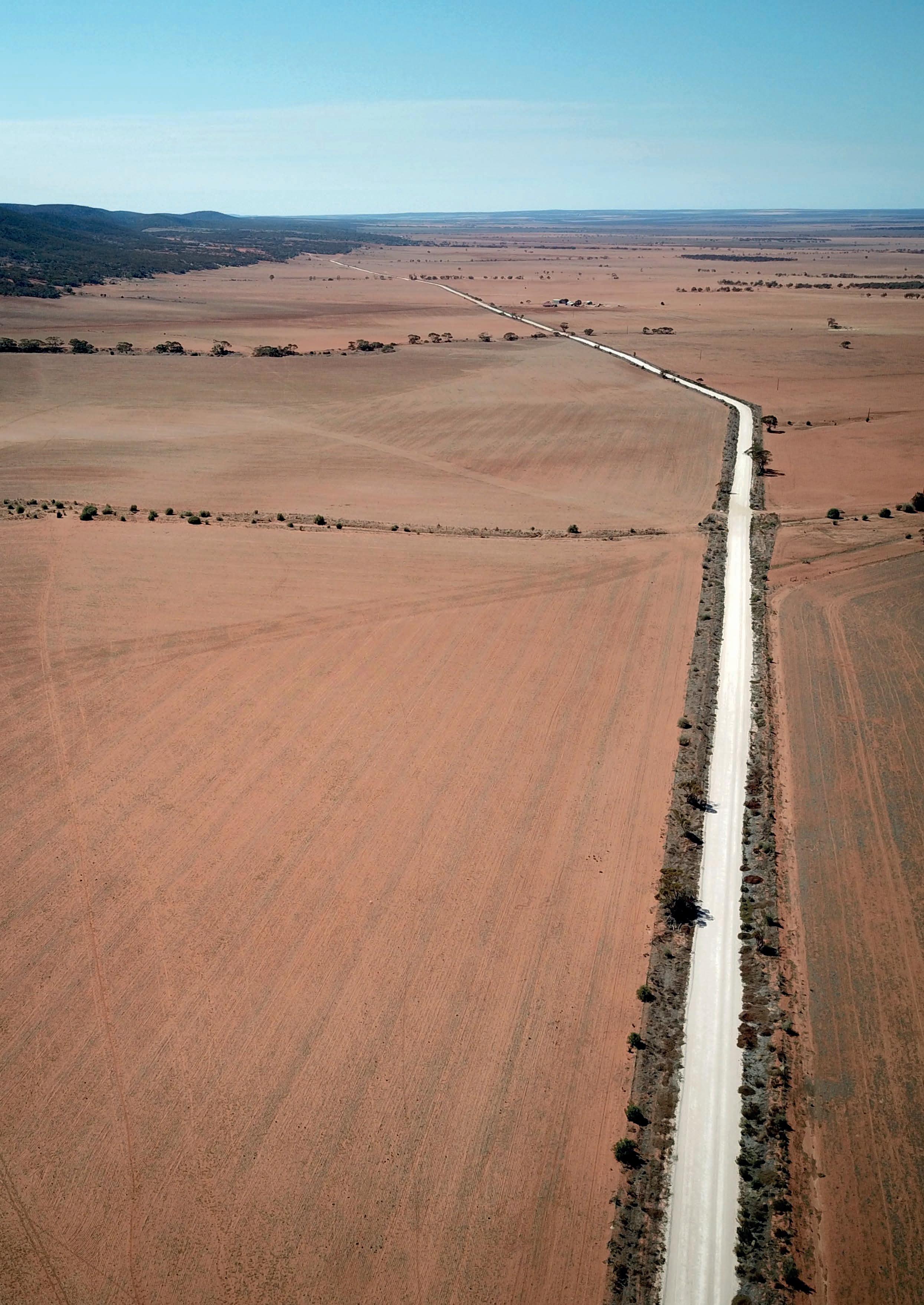
Recovery Hotline 1800 931 314
Visit pir.sa.gov.au/drought-support to learn more and apply for support.

This magazine is brought to you from the grassroots, with Grain Producers SA (GPSA) providing content and editorial.
If you are not aware of GPSA, we are the peak industry body for the 4,500 grain producers in South Australia and are funded by growers through a contribution under the Grain Industry Fund. GPSA develops and implements policies and projects that enhance the productivity and profitability of South Australian grain growing businesses.
For South Australian grain producers, GPSA is your opportunity to influence the policies and issues that matter to you.
Are you a Member? If you aren’t, sign up by visiting: www.grainproducerssa.com.au
Contact: T: 1300 734 884
E: info@grainproducerssa.com.au
A: Level 13, 431 King William street Adelaide, 5000
Editorial, Design and Published by: Grain Producers SA
Printing: Terry Howe Printing
Online: www.grainproducerssa.com.au
Interested in Advertising?
Contact Rowan Thomas: rowan@grainproducerssa.com.au
Articles appearing in GRAIN PRODUCER do not necessarily represent the policies or views of Grain Producers SA. Products and services advertised in GRAIN PRODUCER are not necessarily endorsed by Grain Producers SA.
As we move towards harvest – later than usual and under the shadow of another difficult season following a delayed start – the determination of South Australian grain producers is again being put to the test. The ongoing drought has severely impacted a number of cropping regions and challenged grain producers not only in the paddock, but also in areas such as decision-making, finances, and in supporting one another.
But as American writer Will Rogers once said: “The farmer has to be an optimist or (they) wouldn’t still be a farmer!”
In this edition, we delve deeper into those impacted by the drought. You’ll read about the toll it has taken on our industry and communities, as well as the people and programs working to provide meaningful support. These stories don’t shy away from the reality – but they also reflect the ingenuity and commitment that continue to define our sector.
It’s also a moment to celebrate. The inaugural South Australian Grain Industry Awards gave us the chance to recognise excellence and leadership in our industry – from innovative farming practices to contributions that strengthen our communities. The winners’ stories show why we should be so proud of our sector.

Looking to the future, we explore the adoption of autonomous robots in grain – a technology that could reshape productivity and efficiency, and the way we farm.
We also put a spotlight on how women in grain are breaking barriers and leading the way in our industry. And with rising land values creating new opportunities and challenges for producers, we take a closer look at what this trend means for the future of farming in South Australia.
As always, our aim with this magazine is to reflect the realities on the ground while highlighting the possibilities ahead. Whether it’s through innovation, community strength, or industry leadership, there’s a shared determination among South Australian grain producers to adapt, improve, and thrive – even when the seasons are tough.
Here’s to a safe and successful harvest, whenever the headers finally roll. But most of all, enjoy the read!

Brad Perry
GPSA Chief Executive Officer
DISCLAIMER: This publication is published by Grain Producers SA (the “Publisher”). Materials in this publication have been created by a variety of different entities and, to the extent permitted by law, the Publisher accepts no liability for materials created by others. All materials should be considered protected by Australian and international intellectual property laws. Unless you are authorised by law or the copyright owners to do so, you may not copy any of the materials. The mention of a product or service, person or company in this publication does not indicate the Publisher’s endorsement. The views expressed in this publication do not necessarily represent the opinion of the Publisher, its agents, company officers or employees. Any use of the information contained in this publication is at the sole risk of the person using that information. The user should make independent enquiries as to the accuracy of the information before relying on that information. All express or implied terms, conditions, warranties, statements, assurances, and representations in relation to the Publisher, its publications and its services are expressly excluded. To the extent permitted by law, the Publisher will not be liable for any damages including special, exemplary, punitive, or consequential damages (including but not limited to economic loss or loss of profit or revenue or loss of opportunity) or indirect loss or damage of any kind arise in contract, tort or otherwise, even if advised of the possibility of such loss of profits or damages. While we use our best endeavours to ensure accuracy of the materials we create, to the extent permitted by law, the Publisher excludes all liability for loss resulting from any inaccuracies or false or misleading statements that may appear in the publication. Copyright © - Grain Producers SA Copyright (C) All material published in this communiction is copyright protected and may not be reproduced in any form without written permission from Grain Producers SA.
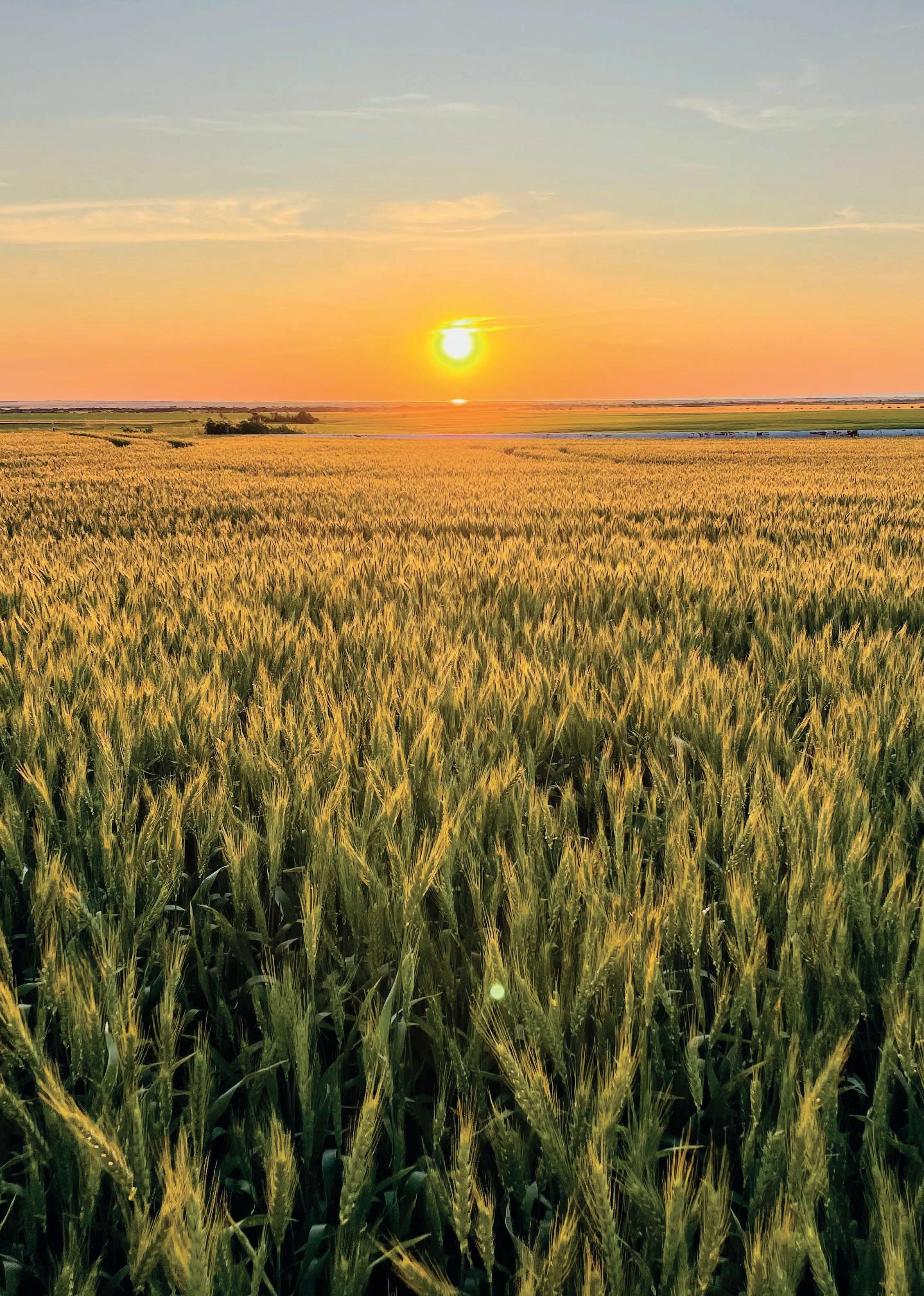






Podcastsarealwaystheperfectcompanionforlongdrivesbetweenpaddocks,timeinthetractor,orevenaquietcuppaattheend oftheday.TheGrainProducersSABoardDirectorshaveprovidedtheirpickofthebunch.Sograbyourheadphones,pressplay, andlettheseconversationskeepyoucompanyfromdawntodusk.

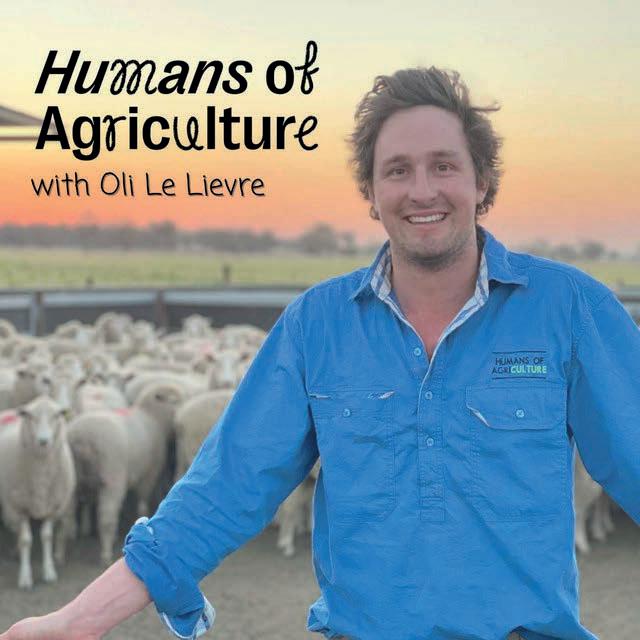




Life On The Land - Peta Willmott, Eyre Peninsula
Humans of AgricultureDylon Kay, Eyre Peninsula
Wind of Change - James Venning, Yorke Peninsula
The Property Trio - Deanna Paech, Murray Mallee
Chanticleer - Chelly Litster, Yorke Peninsula
Secrets We Keep...Baghdad Nights - Dave McKeon
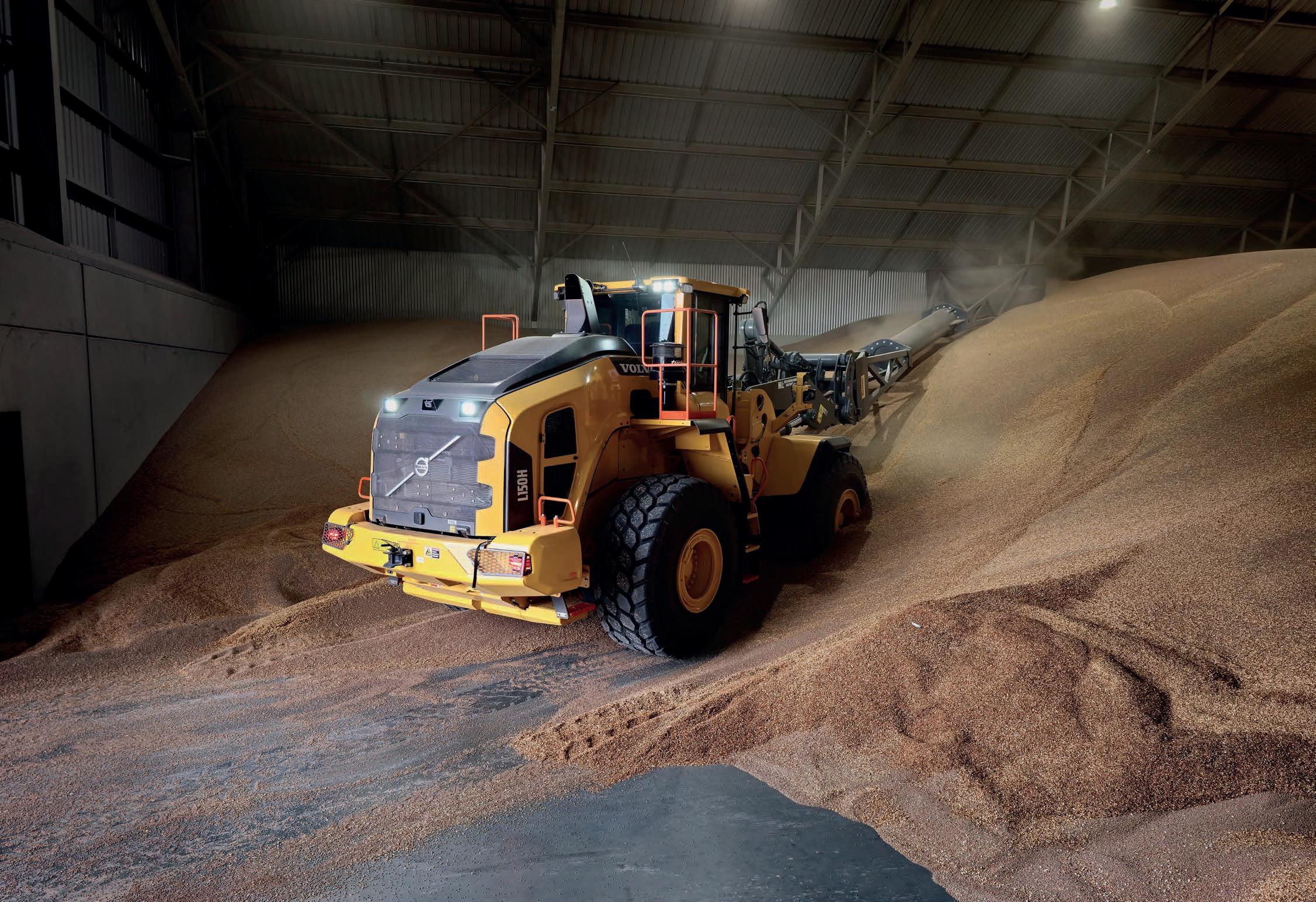
With a Spanlift grain shed, you have options. Designed for your operation & engineered for Australian harvest conditions

Give our team a call about a purpose-built shed for your operation
www.spanlift.com.au www.spanlift.com.au

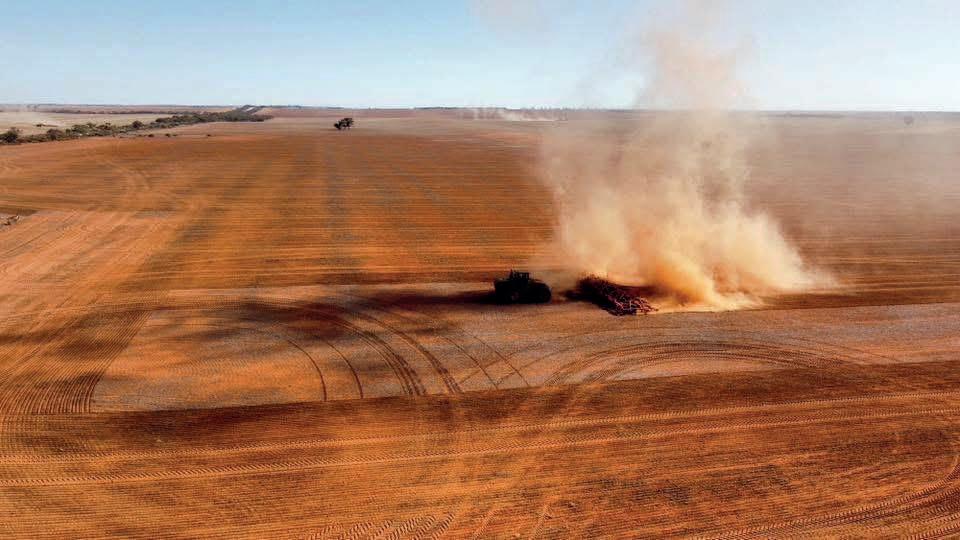





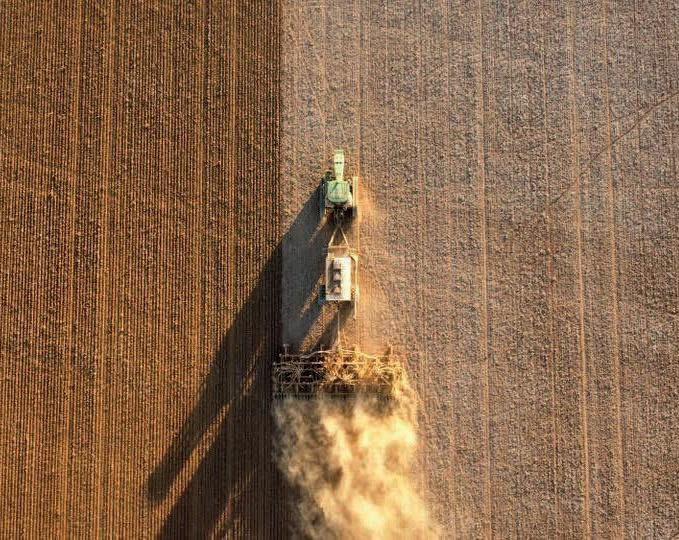

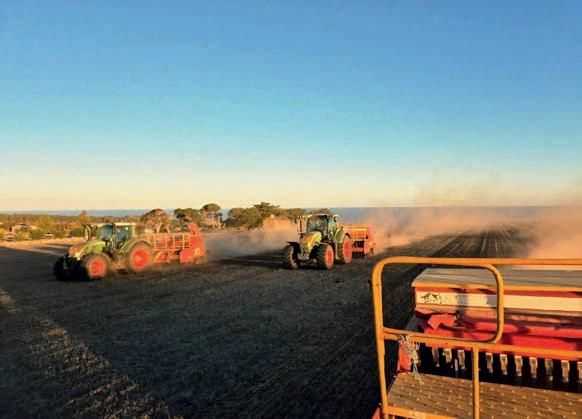
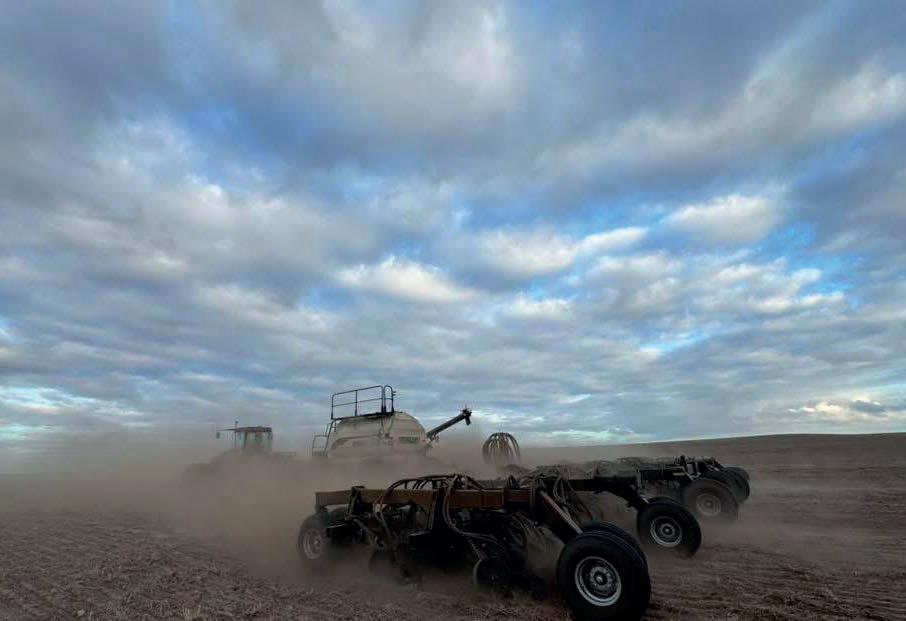
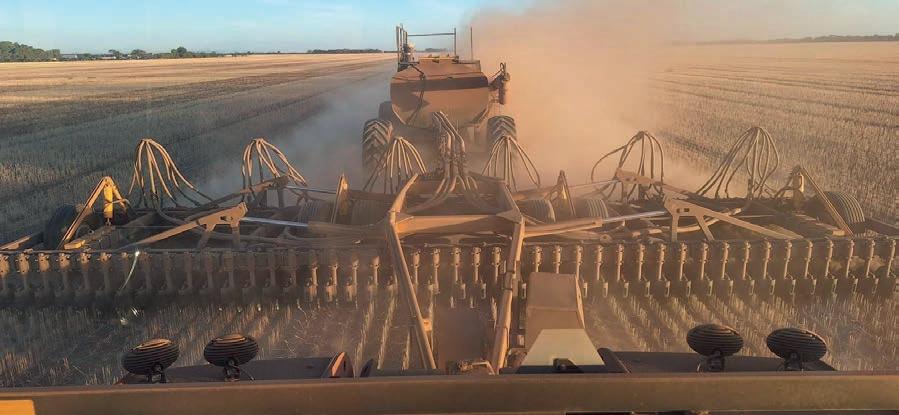
Across South Australia, from the windswept Eyre Peninsula to the wide, dry paddocks of the Mallee, grain producers worked tirelessly to get seed in the ground from April to June. The start to the season was one of the toughest in recent memory, with a lack of rainfall leaving no sub-soil moisture and sowing conditions far from ideal. Yet, as the photos shared across social media show, the hum of seeders and the haze of dust tell a story of determination — growers pushing ahead despite the odds, driven by the belief that a break in the season will come. These moments — seeders moving through parched soil, dust trailing behind like a badge of perseverance — remind us that even in the most challenging years, seeding is an act of faith in the future.
Yorke Peninsula grain producer Angus Glazbrook has spent nearly a decade on the multi-generational family farm and while the last few years have been challenging due to the dry conditions, he looks forward to welcoming a new addition to the farm to carry on the generational legacy!
farm
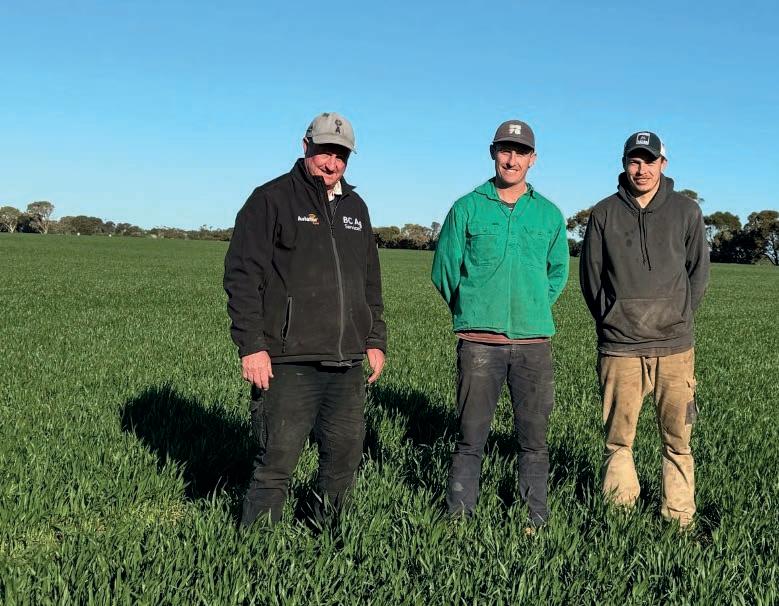
How long have you been a grain producer and how did you choose this as a career pathway?
This will be my tenth year on the farm. Growing up sitting on tractors with dad and grandpa certainly inspired me to follow in their footsteps. Ever since beginning work after finishing school I haven’t looked back.
What’s the most rewarding part about being a grain producer?
For me, nothing beats seeing the end product at harvest time. A lot of time and money goes into growing a crop, so seeing it going in the header front is very rewarding.
How do you unwind after a busy season?
Watsacowie brewery gets a visit, along with plenty of fishing and beach days.
What’s the one piece of equipment you couldn’t live without on your farm?
The boomspray. There aren’t too many days when it gets a rest in the shed.
If you weren’t farming, what would you be doing?
I was always going farming, right or wrong. However, I enjoy maintaining my lawns, so maybe something to do with landscaping.

That’s a tough question actually. I never really had a plan B growing up,
What’s your pick for a header? Red, Green, Yellow or another colour?
We have a Claas Lexion, so Lime green at the moment.
What do you think is the biggest challenge facing the grain industry today?
As a young farmer trying to find his feet in the industry, I have found it has been very difficult to expand land size with the current lease and sale prices. After a few dry years it will be interesting to see which way things will go. Another thing is the cost to

put the crop in only seems to be going up and the commodity prices don’t seem to move in our favour.
What is the most important piece of advice you’d give to a young grain producer starting out?
Do the best you can with what you have. It’s not always the shiny stuff that grows the best crops.
What’s the worst task that needs to be done on your farm during harvest?
Blowing the header down in the mornings.
What song is currently on repeat on your playlist?
Sun to Me by Zach Bryan.
What’s your go-to lunch option during harvest?
Whatever granny cooks up. Usually a toasted sandwich or her famous homemade pasties. We would be lost without her.
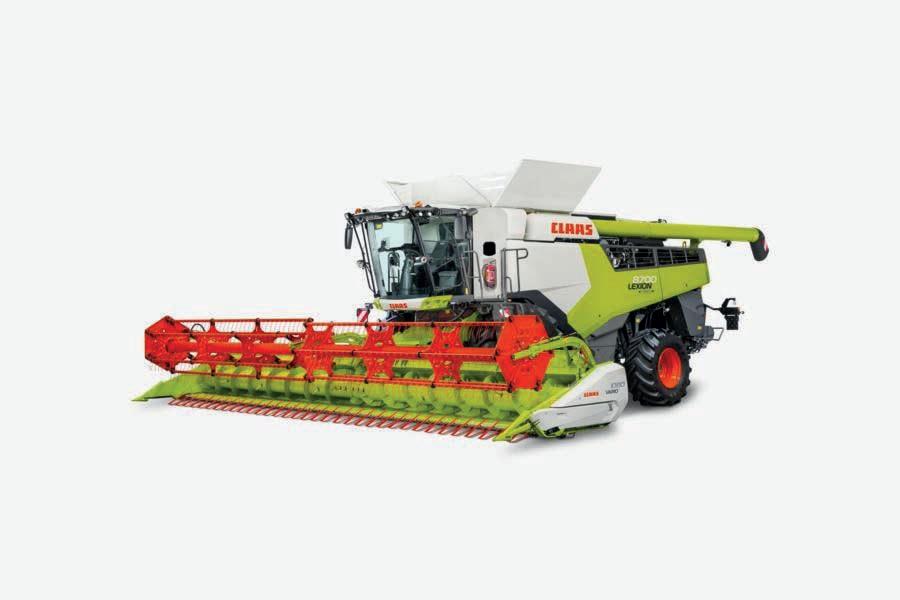

What’s one item on your bucket list and if you don’t have one, what would be the first item on it if you created it today?
My wife Tahlia is pregnant, so the arrival of a healthy baby is top of the list at the moment. Second on the list is a seven-metre Northbank boat.
Where is your go-to travel destination after harvest?
Bluff Beach, which is five minutes down the road from our farm.
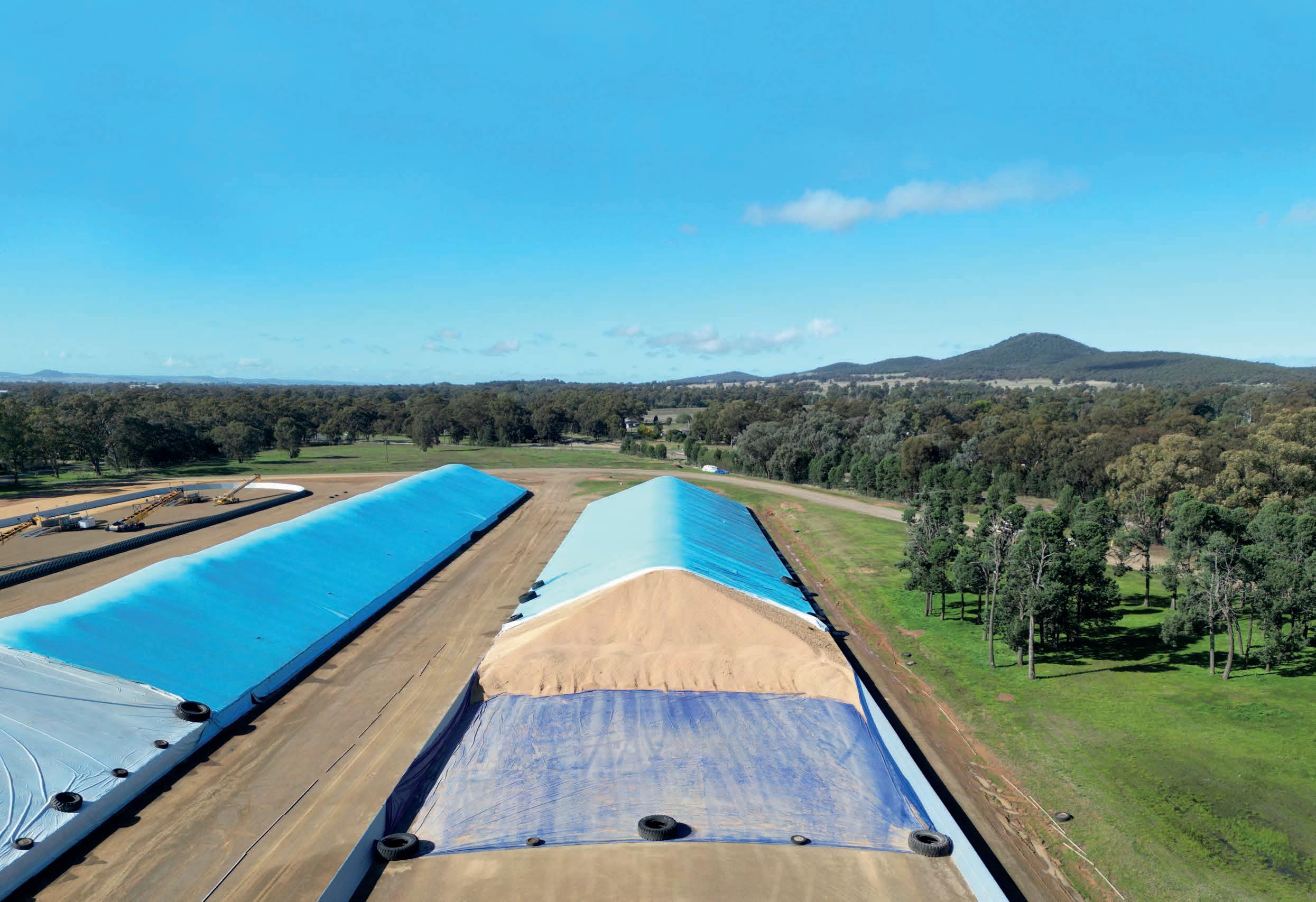

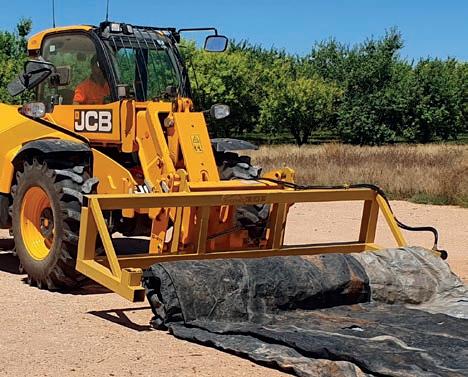




The inaugural South Australian Grain Industry Awards have set the stage for a new tradition of recognising excellence, innovation, and dedication across the state’s grain sector. Built on a vision to celebrate the people and businesses driving the industry forward, the awards shine a light on the achievements that often go unnoticed – from groundbreaking on-farm innovations to tireless contributions behind the scenes. This year’s winners tell powerful stories of leadership, ingenuity, and community spirit, reflecting the diverse talents and hard work that keep South Australian grain growing strong.


In the grain-growing heartland of the Eyre Peninsula, Andrew Polkinghorne has built a career defined by innovation, leadership, and a deep commitment to his community.
For Andrew, grain growing was never just a job – it was a calling. Raised on a farm carved from virgin scrub with modest resources, he learned early that success required more than just working the land. It took vision, perseverance, and a willingness to embrace new ideas.
“The grain industry was a natural career course for me as it is where my interest in life is. I believe people are most successful when they are doing something they like,” Andrew says.
His innovative approach doesn’t stop at the farm gate. Andrew manages a 7,000-hectare farming enterprise at Lock but he still finds time to serve the broader industry in multiple leadership roles. He is a Trustee of the South Australian Grain Industry Trust (SAGIT), a former director of Agricultural Innovation Research Eyre Peninsula (AIREP), a director of T-Ports Pty Ltd, and an elected member of the District Council of Elliston. In 2023, his commitment to advancing agricultural knowledge earned him a prestigious Churchill Fellowship, which allowed him to investigate international best practice in fluid fertiliser use.
While these achievements stand out, Andrew’s proudest accomplishment is more personal: growing a once-small family farm into a substantial business that provides opportunities for future generations and employees alike. It is the product of sound management, smart adoption of research and technology, hard work, calculated risk – and, as he humbly notes, “some good luck.”
Recognition, he says, was never the goal.
“It is an honour and a privilege to be recognised by one’s peers in an industry I love, and one that has so many outstanding people,” Andrew reflects.
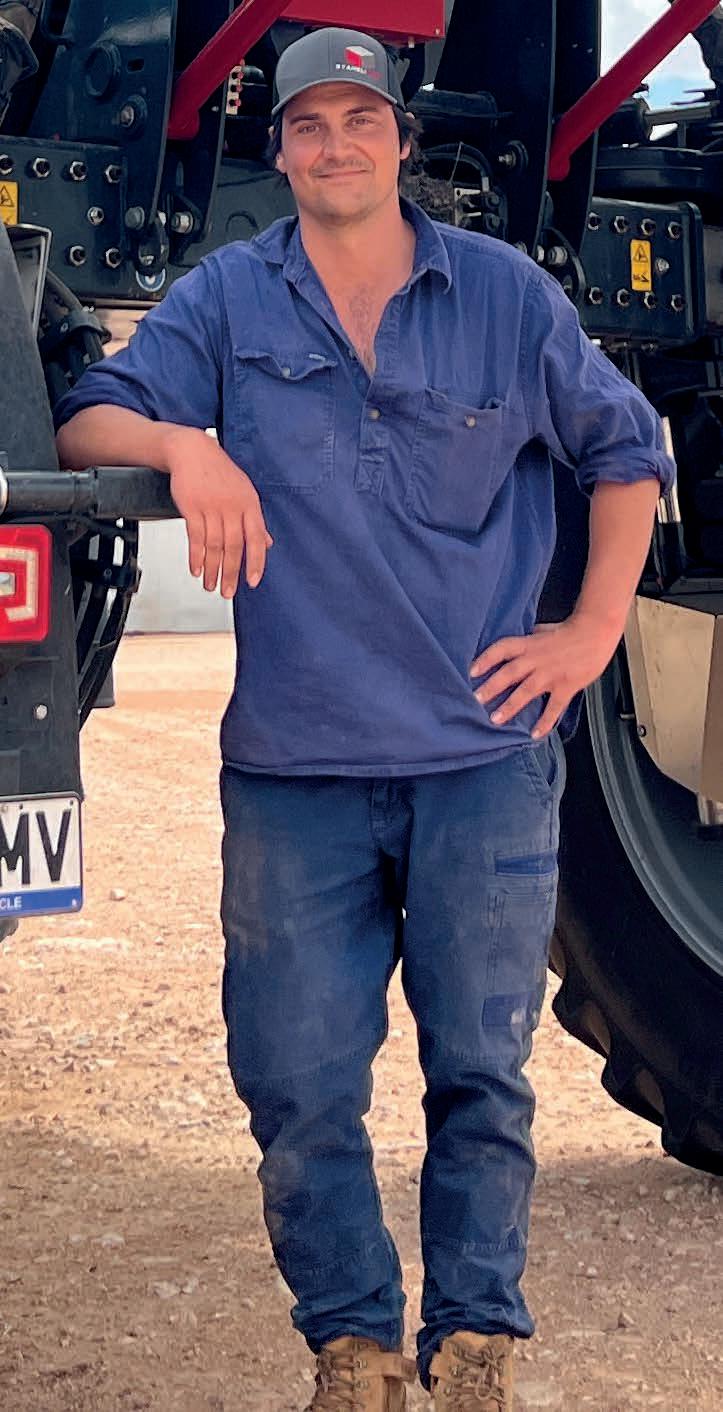
In the wide, sandy stretches of South Australia’s Mallee, where low rainfall and challenging soils demand ingenuity, Jock McNeil has forged a reputation as a forward-thinking grain producer and a leader among his peers. Jock has shown that innovation, curiosity, and a willingness to share knowledge can have an impact well beyond the farmgate.
Managing a significant enterprise between Loxton and Paruna, Jock has become an early adopter of strategic soil amelioration techniques that are transforming productivity in the region. Deep ripping, inversion ploughing, and spading are not just experiments for him – they are carefully considered tools in a long-term approach to improving soil health, boosting yields, and enhancing sustainability. By integrating these methods into his system, he has redefined what’s possible on some of the state’s toughest farming country.
His passion for the land runs deep, shaped from childhood by a front-row seat to his father’s career in farming.
“Dad’s commitment, positivity, and passion for agriculture was inspiring,” Jock recalls. “I was always involved, whether in the paddock or watching his contributions to the industry.” That example instilled in him both a love for farming and a sense of responsibility to contribute back to the industry.
That responsibility is clear in Jock’s role with Mallee Sustainable Farming (MSF), where he regularly opens his gates to host field days and crop walks. He has a habit of turning his trials into opportunities for learning – not just for himself, but for anyone willing to listen. Whether demonstrating the benefits of optical spot spraying or showing the results of his soil amelioration work, he is generous in sharing both successes and lessons learned.
Recognition through the South Australian Grain Industry Awards was never something he sought, but Jock sees value in the spotlight.
“It’s a grateful validation that I’ve contributed to the industry I’m so passionate about,” he says.

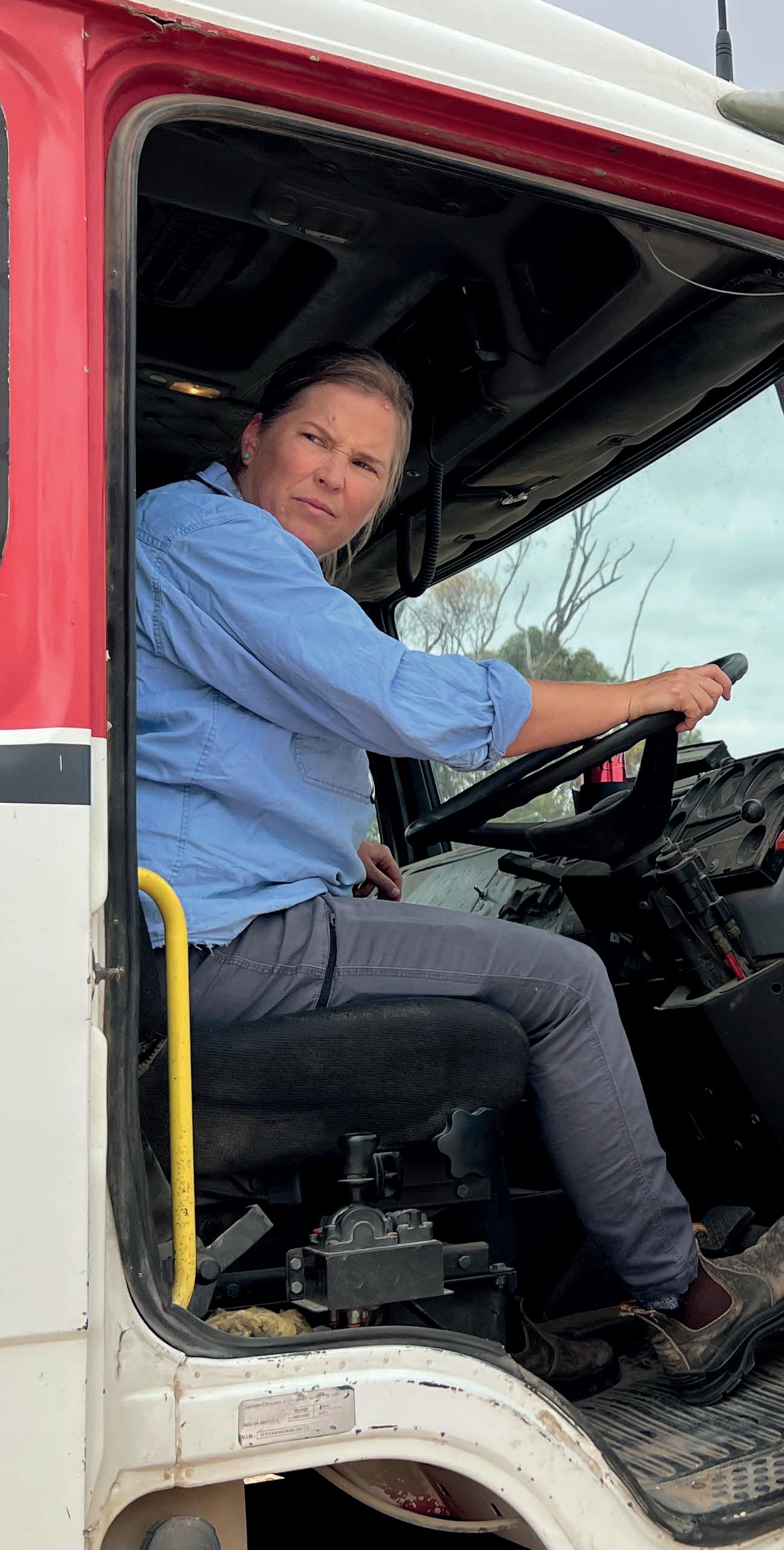
Lou Flohr, from Lameroo in the Mallee, is a passionate grain producer and advocate who blends agronomic knowledge with handson farming to drive innovation and continuous improvement.
She has become a recognised voice for the industry, and her leadership has been felt through her service on the GRDC Southern Panel and her current role as a Trustee of the South Australian Grain Industry Trust (SAGIT), where she has influenced research priorities to ensure funding delivers tangible outcomes for growers.
Lou’s participation in the GrainGrowers OnBoard governance program reflects her commitment to personal growth and developing skills that benefit the wider industry.
She is particularly proud of serving on the GRDC Southern Panel while raising young children, showing other women that leadership roles are achievable during all stages of life.
Lou is driven by the belief that visibility matters and actively works to inspire and encourage other women in agriculture to have their voices heard.
Through her mix of leadership, practical experience, and advocacy for greater representation of women in farming, Lou has played an important role in shaping a more inclusive, innovative grain industry.
Lou isn’t looking for accolades but knows industry recognition is important.
“It’s not why you do what you do, but it is nice to be recognised for your input into the industry,” she says.
“Recognising the role that women have on farms has historically been undervalued, and I think the ‘Women in Grain’ is a great category to include in these awards.”
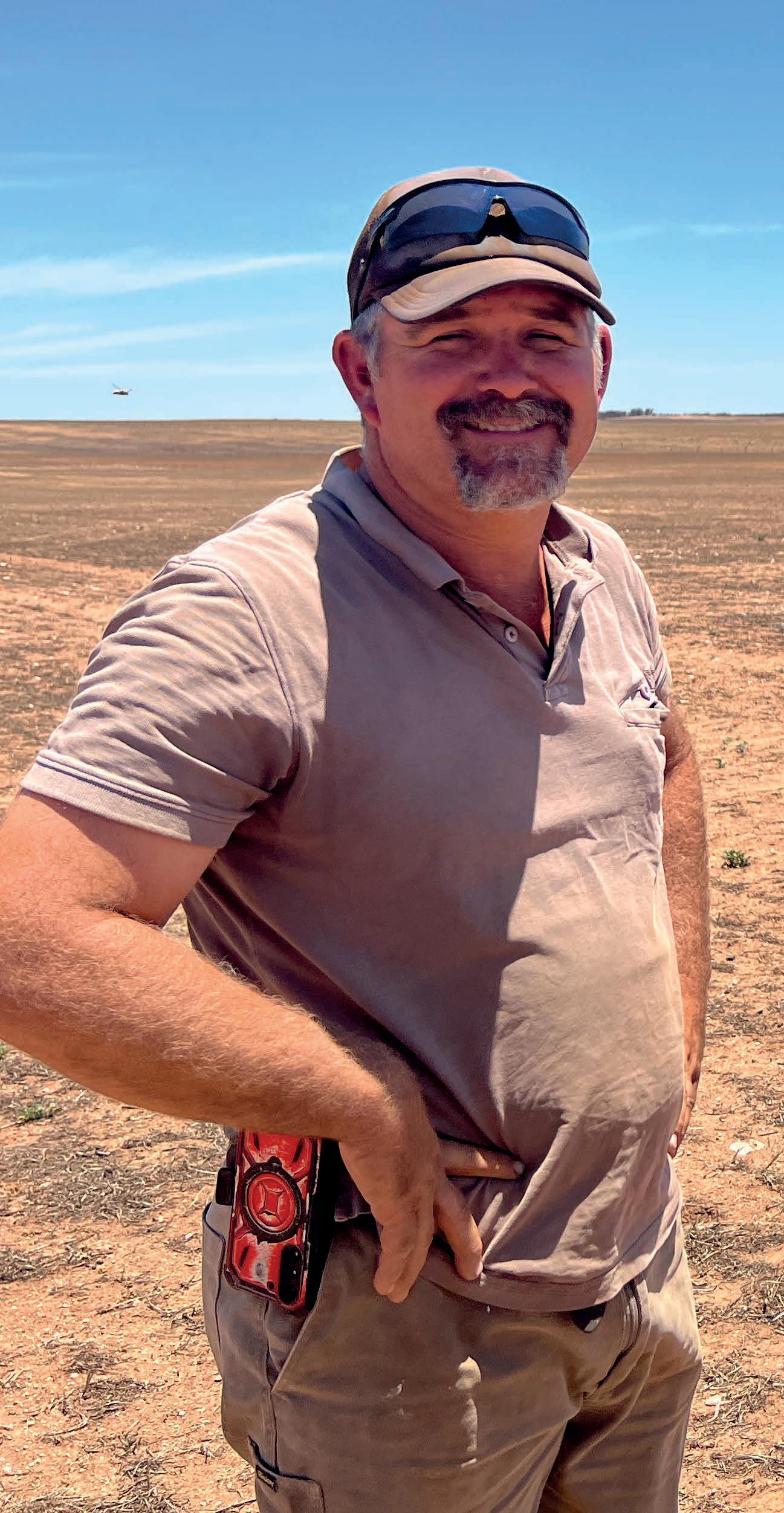
In the heart of the Riverland’s low-rainfall country, where every drop of moisture and every particle of soil matters, Tim Paschke has built a career on innovation, stewardship, and a commitment to leaving the land in better condition than he found it. Tim has shown that smart, practical farming practices can deliver both productivity and long-term environmental benefits –even in some of the state’s most fragile farming country.
On his family’s 4,500-hectare farm near Waikerie, Tim has embraced forward-thinking approaches such as no-till cropping, stubble retention, and trials to combat dryland salinity. Each practice is a building block in a bigger vision – one where soil health, water efficiency, and profitability go hand-in-hand.
For Tim, farming is more than a career – it’s a lifelong calling.
“I always wanted to be a farmer,” he says. “There’s nothing more satisfying than putting a plan into action, riding the highs and lows, and seeing what happens at the end of the year.”
One of the key platforms for his innovation has been his role as president of the Lowbank and Districts Agricultural Bureau – a multi-generational group of about 30 members. Under his leadership, the Bureau has run large-scale paddock trials that provide practical, farmer-driven insights.
These projects have been more than technical experiments – they’ve been catalysts for change. “Large-scale paddock trials give us learnings we can take straight back to our own farms,” Tim explains. The results are tangible: more efficient operations, better weed control, improved yields, and greater resilience against the extremes of Mallee farming.
Being recognised with the Sustainability Award was not something Tim expected. “Totally blown away” is how he describes it, saying he has always been focused on getting the best outcomes for his family, business, and community, rather than seeking recognition.


On South Australia’s Yorke Peninsula, where the margins between average and exceptional yields often come down to how well growers understand their soils, agronomist and research consultant Sam Trengove has built a career around asking the right questions – and then finding the answers.
As principal of Trengove Consulting, Sam leads a team focused on delivering practical, evidence-based agronomy that improves both productivity and sustainability across the Yorke Peninsula, Mid North and beyond.
Sam’s roots in agriculture run deep. Growing up on his family’s farm near Bute, he developed an appreciation for the challenge of optimising farming systems. By the time he reached university, his curiosity had evolved into a love of science. Combining those interests in a career was a natural fit, and he credits the encouragement of industry mentors for helping him turn a childhood fascination into a professional calling.
His work has a strong focus on tackling soil constraints – an often invisible but critical barrier to crop performance. Over the years, Sam has led numerous trials into soil amelioration techniques, from deep ripping to the application of organic amendments, like chicken litter.
These investigations have consistently demonstrated that improving soil structure and nutrient availability can unlock significant yield gains and generate strong economic returns for growers.
Being recognised in the South Australian Grain Industry Awards is something Sam describes as “humbling and a great honour,” particularly given the talent within the sector.
But more than personal recognition, he sees the awards as an opportunity to showcase the innovation, technology, and skill that underpin modern grain production in South Australia.

For more than three decades, Professor Chris Preston has been at the forefront of one of Australian agriculture’s most pressing challenges – weed management and herbicide resistance.
As Professor of Weed Management at the University of Adelaide’s Waite Campus, he has shaped both the science and the practical solutions that grain producers rely on, ensuring that research outcomes are not only innovative but usable on the ground.
Chris’ path into agriculture was, by his own admission, something of an accident. But once there, he quickly discovered what makes the sector so rewarding – the people.
“Farmers are very appreciative when you’re working to solve the problems they face,” he says. “They also often come up with good ideas themselves. It’s great to see farmers successfully implementing research you’ve been involved in and making a difference.”
One of Chris’s proudest achievements is the work that led to the introduction of the herbicide pyroxasulfone – known commercially as Sakura – for pre-emergent ryegrass control in wheat. The result was a world-first: Australian farmers became the first to use the product, reshaping thinking about pre-emergent herbicides in no-till systems and giving growers more confidence to sow wheat early, compete more effectively against weeds, and even embrace dry sowing in variable seasons.
His influence extends beyond research trials. As chair of the Australian Glyphosate Sustainability Working Group and a key contributor to the Grains Research and Development Corporation (GRDC).
The 2018 GRDC Southern Region Recognising and Rewarding Excellence Award was one milestone in a career of high-impact work –but Chris is clear that the recognition he has received as a winner in the South Australian Grain Industry Awards holds particular significance. “As a researcher, these things are

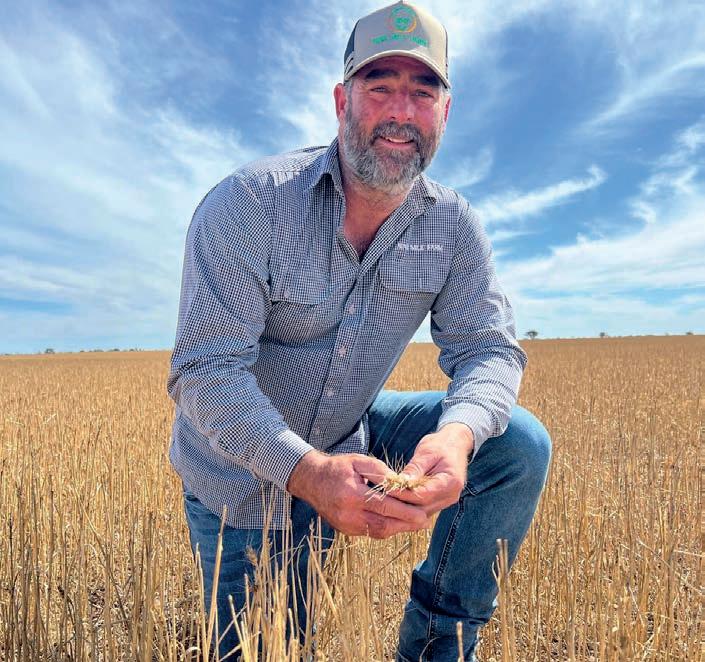
1 2 3
KELVIN TILLER (1)
GRAIN PRODUCER OF THE YEAR FINALIST
Lower North grain producer Kelvin Tiller is a fifth-generation farmer whose paddock smarts and community spirit shine above. A long-time leader with the Owen Agricultural Bureau, he champions knowledge-sharing and collaboration, while off-farm he’s the bloke on the working bees, backing local schools and clubs, fundraising for Variety, keeping fit with Fat Farmers, and lighting up the Nine Mile between Mallala and Balaklava with his famous Christmas display. On-farm, Kelvin has shifted to no-till with high residue retention—lifting performance on lower-production country—and turned his property into a proving ground for innovation, hosting trials with InterGrain, AgXtra, Kalyx, Elders and SARDI, and the GRDC HighStrength Soil Crop Walk.
DAMIEN SOMERVILLE (2)
GRAIN PRODUCER OF THE YEAR FINALIST
Damien Sommerville has built his career at the intersection of farming and agronomy, combining hands-on experience with a drive to address some of the grain industry’s biggest challenges. Based in the Mid North, Damien has been a strong advocate for South Australian growers through his long-standing role on GrainGrow-

ers’ National Policy Group, ensuring local perspectives shape national decision-making. He also left a lasting mark as Chair of the Hart Field Site Group, where he championed research and grower-led innovation, including spearheading an internship program that continues to produce highly skilled, regionally based researchers today. On his own farm, Damien applies forward-thinking agronomic practices to improve soil health and build resilience, demonstrating that sustainability and profitability can go hand-in-hand.
ANDREW THOMAS (3)
GRAIN PRODUCER OF THE YEAR FINALIST
Andrew Thomas has become a respected leader in the Mallee, known for combining innovation, sustainability, and mentorship to strengthen both his business and the broader grains industry. Farming at Moorlands and Wynarka, Andrew has long championed collaboration as Chair of the Coomandook Agricultural Bureau and through his active role in Mallee Sustainable Farming. His property has been a focal point for research and development, hosting trials for GRDC, CSIRO, SAGIT and other organisations, ensuring that new technologies and practices are tested under real-world conditions and made accessible to growers. Beyond the paddock, Andrew gives generously to his
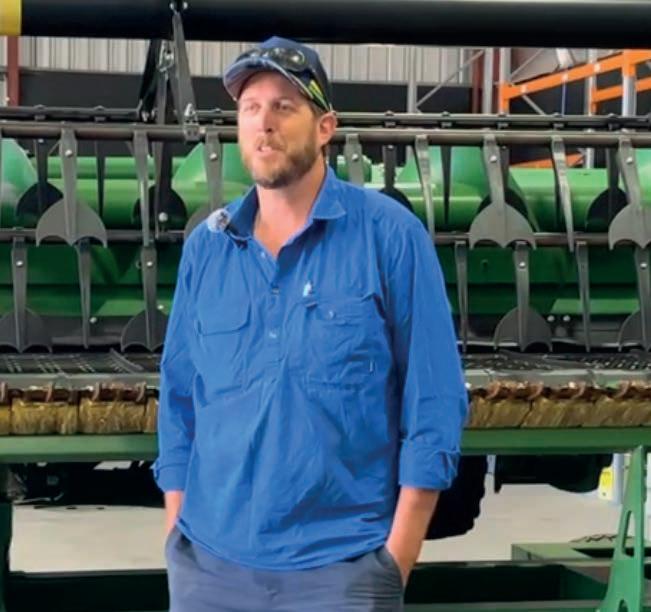

4
community, volunteering at the Tailem Bend Football Club, joining local fitness groups, and mentoring younger farmers by openly sharing both his successes and setbacks. He was also a strong advocate for lifting South Australia’s GM moratorium, helping to shape policy change that supported grower choice and innovation.
Tim Cawrse is a highly regarded grain producer from South Australia’s Adelaide Plains and Mid North, farming at Wasleys and Geranium Plains. Known for his innovative practices and commitment to advancing sustainable agriculture, Tim has played an instrumental role in strengthening the farming community through his work as Secretary of the Mallala Agricultural Bureau. Under his lead-
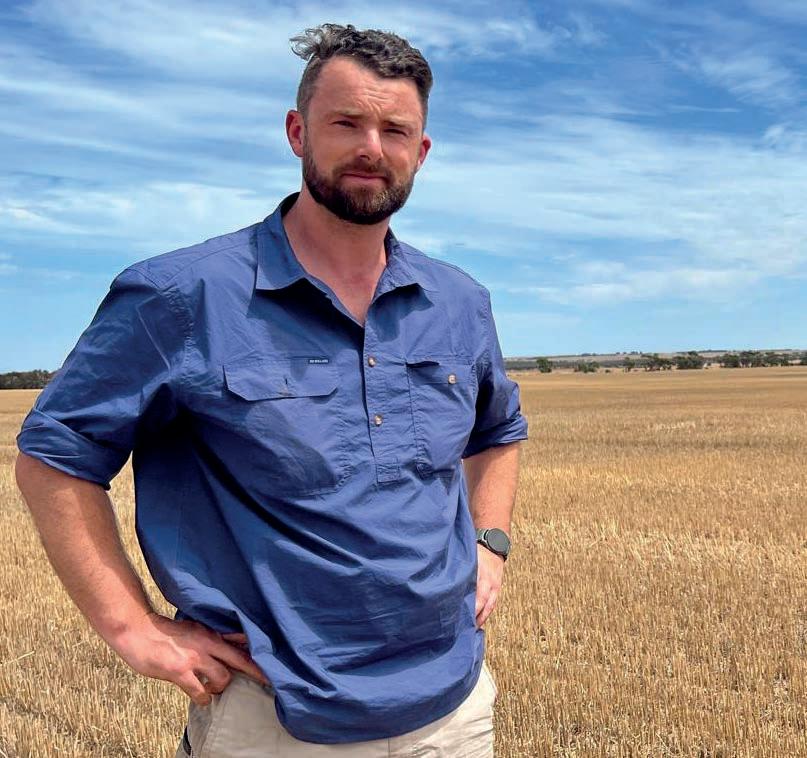
ership, the Bureau has spearheaded projects focused on soil health, acidity management, and crop productivity, helping local growers adopt best-practice agronomic approaches tailored to the region’s conditions. With 10,000 hectares of bush grazing country at Geranium Plains dedicated to sheep, Tim has also refined his cropping focus at Wasleys, building a balanced and resilient farm business. Beyond his own operations, he has actively collaborated with researchers and industry bodies to trial and implement new practices, ensuring his farming enterprise remains both profitable and environmentally sustainable.
Chris Moloney is a proud Yorke Peninsula grain producer whose leadership has had a real impact on both his local community and the wider industry. He has been a driving force in highlighting the poor state of regional freight routes, most notably the Upper Yorke Road, where he personally took government officials for a ride in his grain truck to show the daily challenges faced by farmers. Chris’ leadership journey has been strengthened through his involvement in the GrainGrowers Grains Social Leadership Program, where he developed advanced advocacy skills and a deeper understanding of national industry issues. He has represented young farmers on the National Farmers’ Federation’s Young Farmer Council, where he championed initiatives such as a review of RIC loans to support younger farmers.
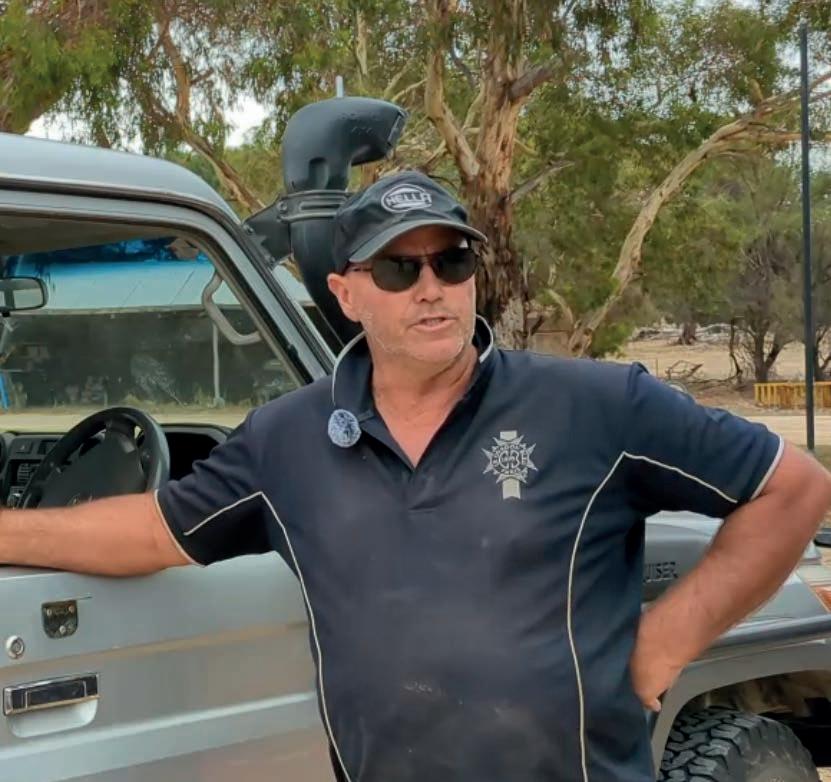
Trevor Menz, from South Australia’s South East, is a pioneer in soil amelioration and a tireless advocate for sustainable farming. With more than three decades of experience in soil science and management, Trevor has dedicated his career to improving the productivity and resilience of farming systems in the Sherwood region. His farm has become a hub for research and development, where he has hosted annual trials for leading organisations including SARDI, GRDC, MLA, and PIRSA. Trevor’s work has focused on soil improvement practices such as clay spreading, delving, deep ripping, and liming—methods that have transformed previously underperforming land into productive cropping areas. By sharing his findings widely, Trevor has helped other growers adopt practices that deliver long-term benefits for both profitability and sustainability. Trevor’s leadership is also reflected in his deep commitment to grower groups. As a founding member of the Sherwood Ag Bureau and a long-serving member of the Sherwood Farm Management Group—he has held every office-bearing role over nearly three decades.
Dr Melissa Fraser, based in South Australia’s South East, is a soil specialist and passionate advocate for agriculture, widely respected for her decades-long contribution to improving farm productivity and soil health. As
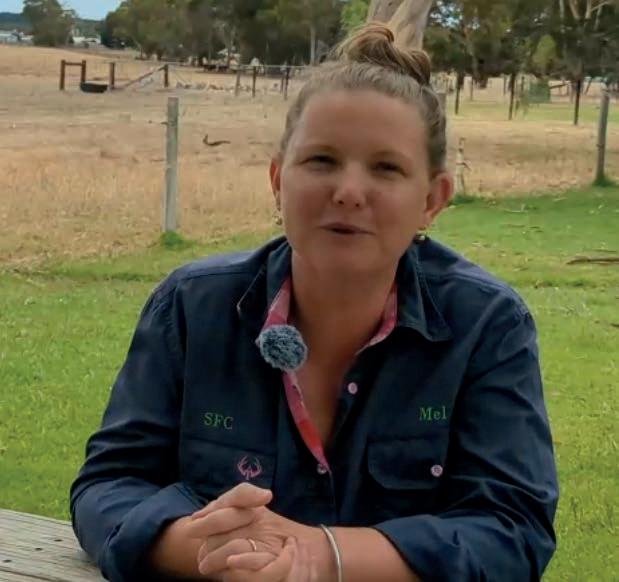
Associate Professor Rhiannon Schilling, based in Adelaide, is a renowned agricultural researcher, celebrated for her ability to turn science into solutions that deliver real benefits on-farm. Growing up on a mixed cropping and livestock farm at Culburra, Rhiannon has a deep personal connection to agriculture and understands the practical challenges faced by grain producers. As the statewide manager of SARDI’s Agronomy Program, she leads a team of 50 staff across key research hubs including Waite, Minnipa, Port Lincoln, Clare, 5 6 7
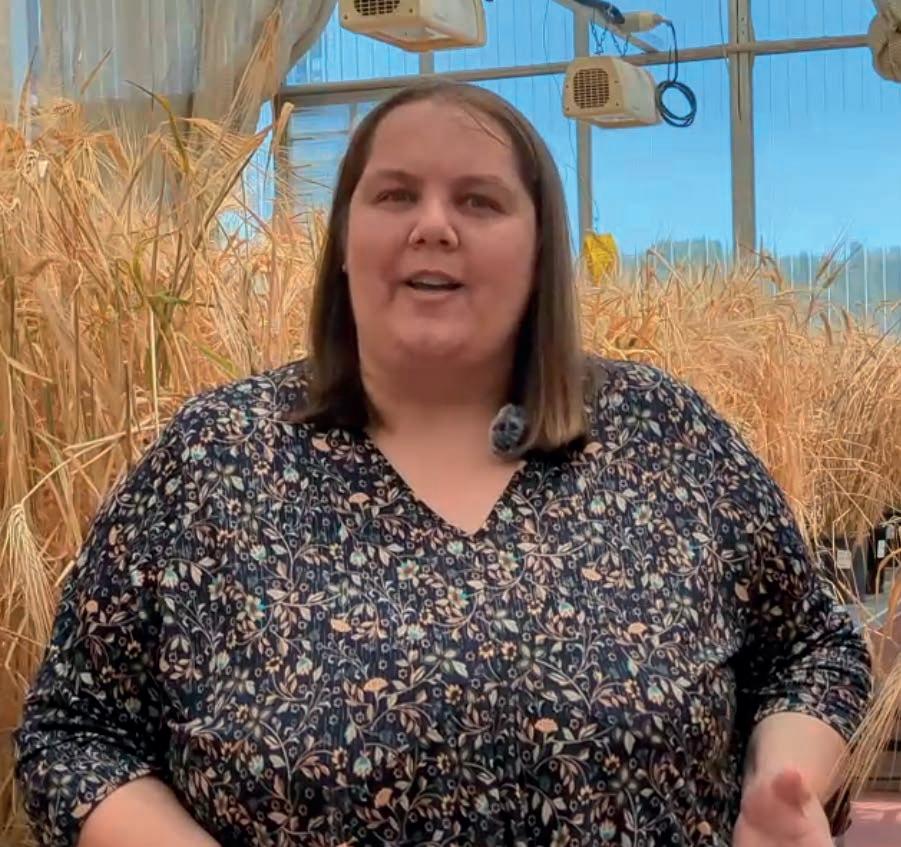
a private consultant and Project Manager with the Mackillop Farm Management Group, Melissa has helped countless growers overcome soil constraints, adopt innovative practices, and boost productivity in a sustainable way. Her career has spanned key roles including Soil Consultant with PIRSA, leading industry-funded trials in partnership with GRDC and others, and delivering workshops that turn science into practical, on-farm solutions.
ASSOC. PROF RHIANNON SCHILLING (8) INDUSTRY IMPACT AWARD FINALIST

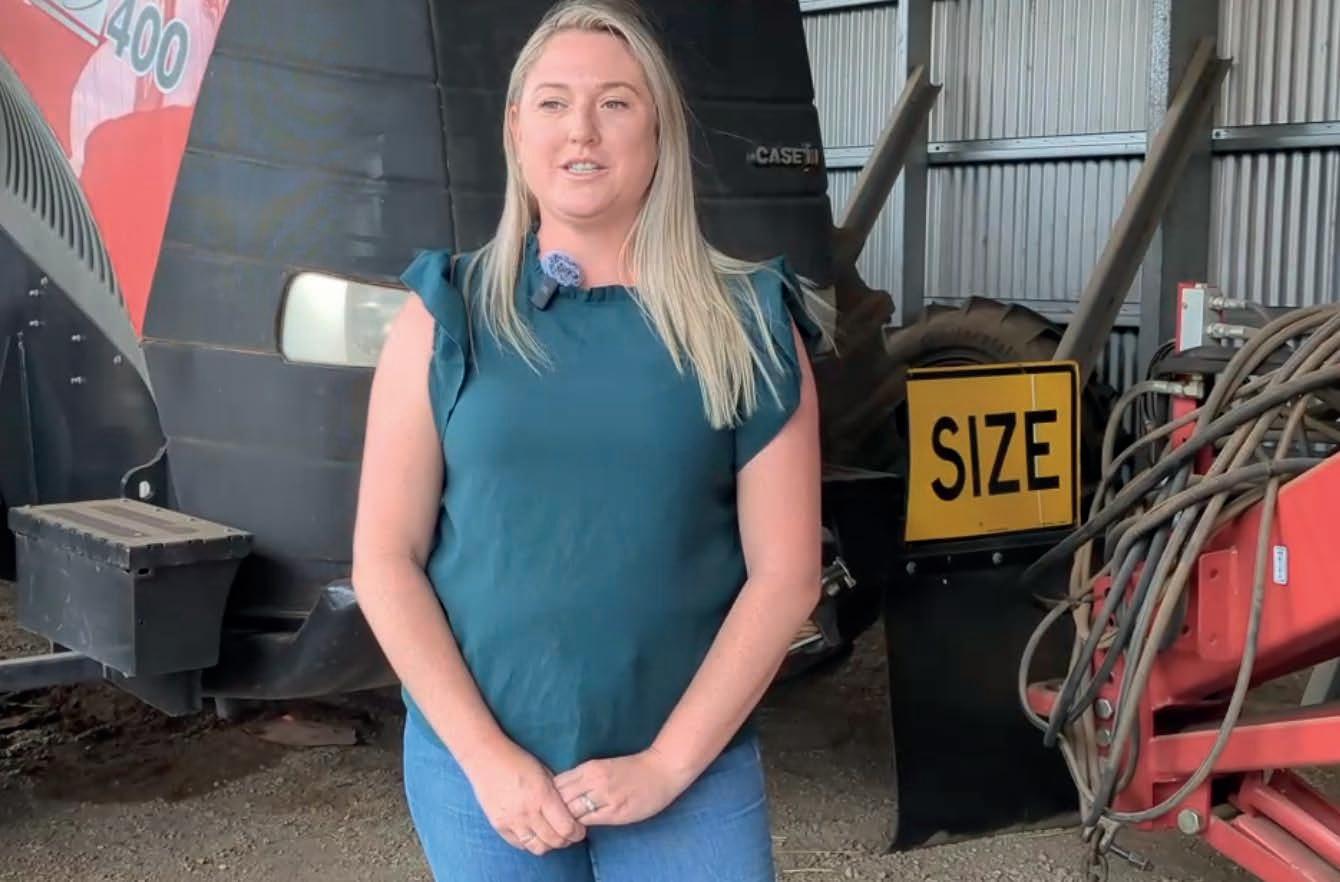
Nuriootpa and Struan. Her portfolio spans more than $36 million as a lead Chief Investigator and a further $52 million as a project CI, with landmark initiatives including the SA Discovery Farms and Innovator Sites, the Soil Microbiome project, and the National Variety Trials. Rhiannon’s impact goes well beyond research management. She mentors young scientists through the Industry Mentoring Network in STEM, and teaches Honours, Masters and PhD students.
Zoe Starkey, from the Murraylands, is a grain producer, innovator, and passionate advocate for women in agriculture who has quickly become a respected leader in the South Australia’s grains industry. Alongside her husband Scott, Zoe manages Starkey Farms at Sanderston, running a mixed cropping and livestock enterprise in one of the state’s driest regions. Her determination to find practical, sustainable solutions has seen her thrive in a low-rainfall environment, building resilience into their business while supporting her broader community. As the South Australian Discovery Farms Long Term Trial Coordinator, Zoe oversees more than $8 million of Future Drought Fund research investment, connecting farmers, researchers, and industry groups to deliver projects that directly address the challenges faced by growers. Her ability to translate scientific research into real-world application has been vital in areas such as soil amelioration, moisture sensing, and livestock precision systems.
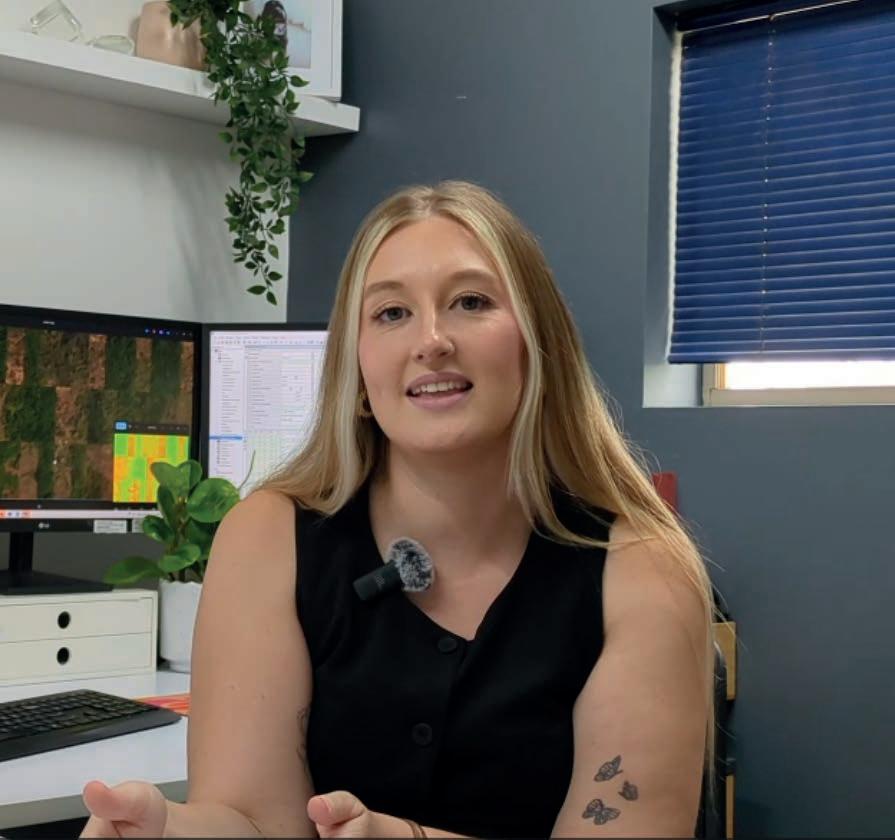
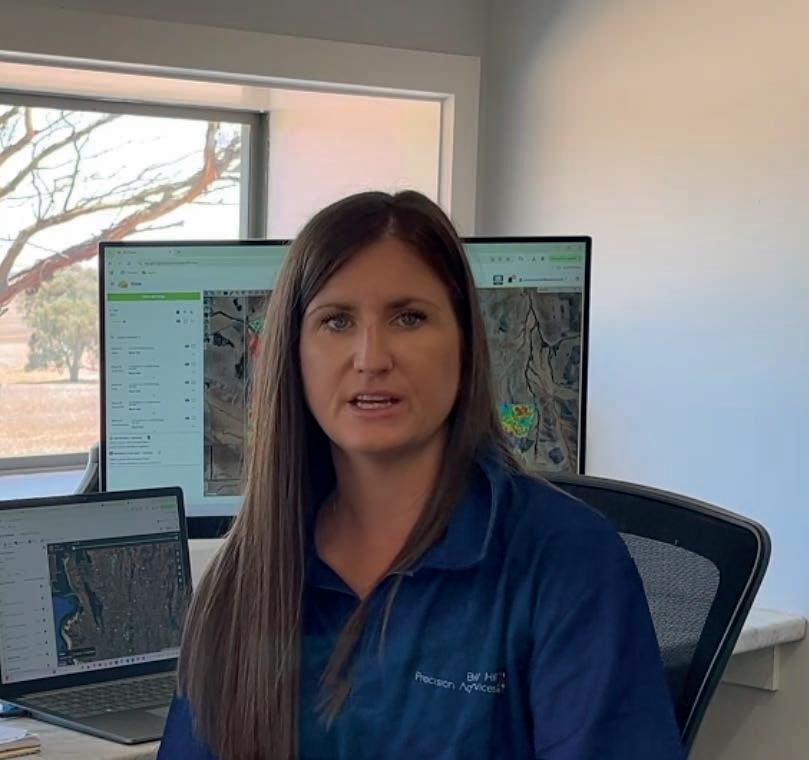
Kelly Turci, from South Australia’s Mid North, is a dedicated Research Officer and senior member of AgXtra’s management team, playing a pivotal role in overseeing more than 300 broadacre trials across SA, Victoria, and NSW. With a background in Environmental Science and Management, Kelly has brought a unique blend of technical skill, precision, and passion to her work since joining AgXtra in 2017. Her expertise in data collection, statistical analysis, and reporting ensures the delivery of reliable and impactful outcomes, driving the evaluation of new agricultural innovations and technologies. Known as the “glue” connecting field operations with final outputs, Kelly’s work spans herbicides, fungicides, bio-stimulants, and emerging technologies, all underpinned by her meticulous adherence to research protocols.
Jess Koch, from the Upper North, is a recognised leader in precision agriculture. As the founder of Breezy Hill Precision Ag Services, Jess has delivered cutting-edge solutions that enable grain producers to harness data and technology for smarter, more profitable decisions. Her expertise in precision mapping and data analysis has not only improved crop yields but also promoted responsible resource management, striking a balance between productivity and environmental care. Beyond her consultancy, Jess has played an influential role in advancing
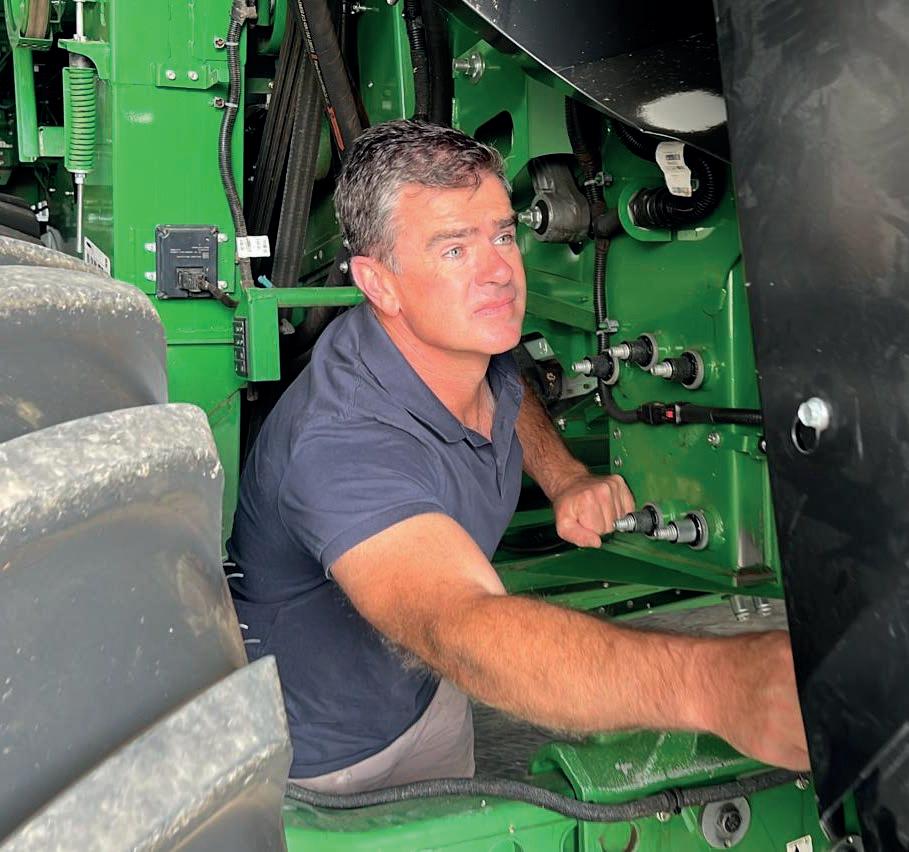
agtech adoption nationwide. As a former President of the Society of Precision Agriculture Australia (SPAA), she has championed new technologies and mentored others in applying them to everyday farming.
Yorke Peninsula based Sam Johns is a progressive grain producer who is passionate about adoption of advanced technologies. As an early customer of the Seed Terminator and a strong proponent of precision agriculture, Sam has successfully integrated innovative tools that lift efficiency, reduce weed resistance, and enhance the longterm sustainability of his operation at Maitland. Sam’s contribution goes well beyond the farm gate. He is deeply involved in his community, having served as President of the Central Yorke Football Club and the Balgowan Progress Association, as well as running the cropping program for Central Yorke School for nine seasons. He also supports health and wellbeing initiatives through the Fat Farmers program, reflecting his belief in strong, connected rural communities. 9 10 11
When more than 300 people came together for the inaugural South Australian Grain Industry Awards, it marked more than just a celebration – it was the beginning of a new tradition for one of the state’s most important industries. For the first time, grain producers, advisers, researchers and industry leaders stood shoulder-to-shoulder to recognise the achievements that often happen quietly but shape the future of South Australian agriculture.
At the heart of this new tradition is the South Australian Grain Industry Hall of Fame – a place where the trailblazers of yesterday and today will be remembered for their contribution to the grain sector. The Hall of Fame is about more than plaques and honours; it’s about preserving stories, celebrating those who have broken new ground, and inspiring the next generation. In recognising those who built the foundations of today’s industry, it creates a powerful link between past and present – ensuring the South Australian grain industry’s legacy continues to grow as strongly as the crops it produces.
THE INAUGURAL INDUCTEES WERE:
JOHN RIDLEY (1)
John Ridley is remembered as one of the great agricultural pioneers of the 19th century. In 1843, Ridley unveiled the “Ridley Stripper,” the world’s first successful mechanical grain harvester.
Until then, harvesting was a labour-intensive process carried out with sickles and scythes, limiting the scale of grain production. His invention transformed broadacre farming in SA, allowing grain to be harvested faster, more efficiently, and with fewer hands. It was a development that quickly spread well beyond the colony, cementing Ridley’s place in global agricultural history.
Ridley’s machine made wheat growing a viable commercial enterprise in South Australia, helping the young colony to establish itself as a leading exporter of grain. The Stripper’s efficiency provided the foundation for South Australia’s reputation as the ‘granary of the south,’ driving economic development and settlement across the state. His ingenuity marked the beginning of mechanisation in Australian grain farming, and his legacy continues to influence agricultural technology to this day.
RICHARD AND CLARENCE SMITH (2)
Richard Bowyer Smith, together with his brother Clarence Herbert Smith, changed the face of South Australian agriculture with their invention of the Stump Jump Plough in 1876.
Farming land in South Australia was often littered with mallee roots and stumps that broke or damaged traditional ploughs. The brothers’ breakthrough design allowed the plough shares to lift and pass over obstructions before resuming their set depth, making cultivation of previously unusable land possible.
The Stump Jump Plough dramatically expanded the area of land that could be cropped across South Australia and later, much of Australia. By unlocking vast mallee country for agriculture, it not only boosted production but also supported the growth of rural com-
munities. The Smith brothers’ invention became one of the most important pieces of agricultural machinery in Australian history, embodying the ingenuity and problem-solving spirit that continues to define the grain sector.
LUSH AM (3)
John Lush AM has been a central figure in shaping modern grower representation and advocacy in South Australia. As an inaugural Chair and founding member of Grain Producers SA (GPSA), John was instrumental in establishing a strong, independent voice for grain producers at both state and national levels. A respected farmer himself, he worked tirelessly to ensure that growers had influence in the decisions affecting their businesses, from research priorities to policy reform.
Beyond his role with GPSA, John contributed at every level of industry leadership, engaging with government, research organisations, and farming groups to advance the long-term interests of South Australian grain producers. His service and commitment were formally recognised when he was awarded a Member of the Order of Australia (AM) this year, reflecting his significant contribution to primary industry and regional communities. John’s legacy is one of vision, leadership, and dedication to his peers, laying the foundations for stronger grower representation well into the future.

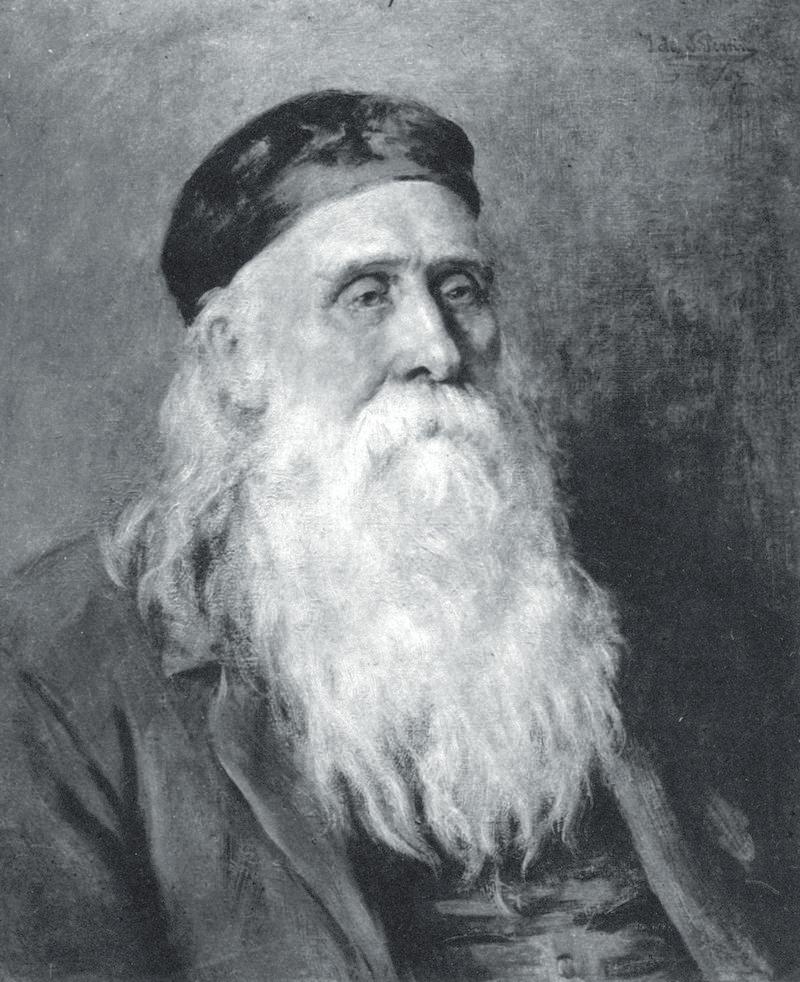
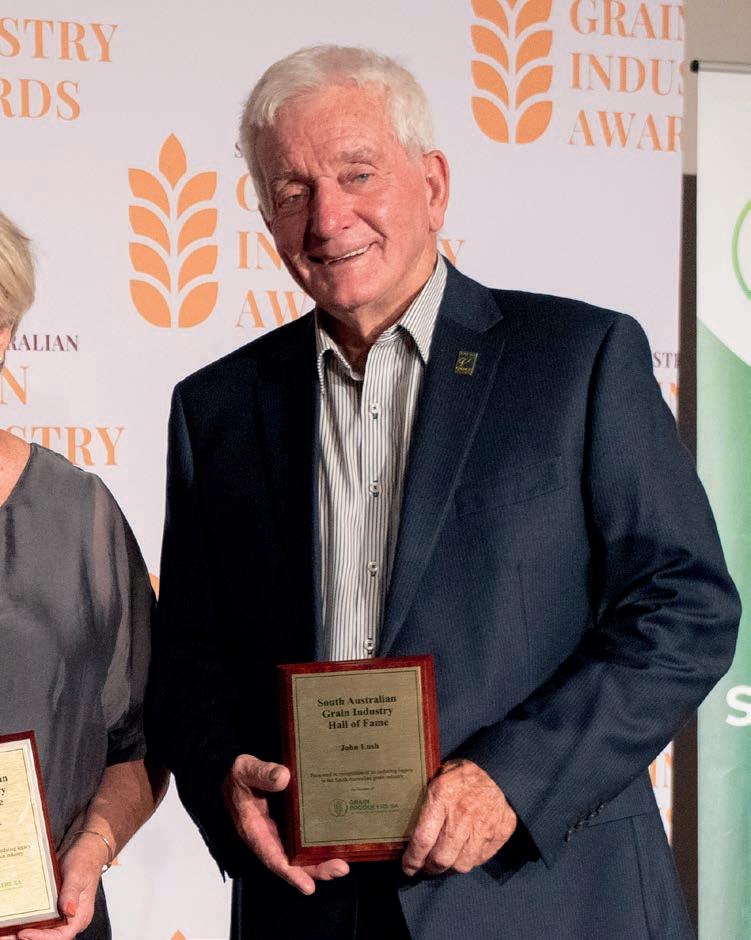
Dr Allan Mayfield is recognised as one of South Australia’s most influential agronomists, with a career dedicated to bridging the gap between research and practical farming outcomes. Through his work with growers and research organisations, he developed innovative approaches to crop management, soil health, and sustainable farming systems. His expertise, particularly in crop nutrition and pest and disease management, helped lift productivity and profitability across the state’s grain regions.
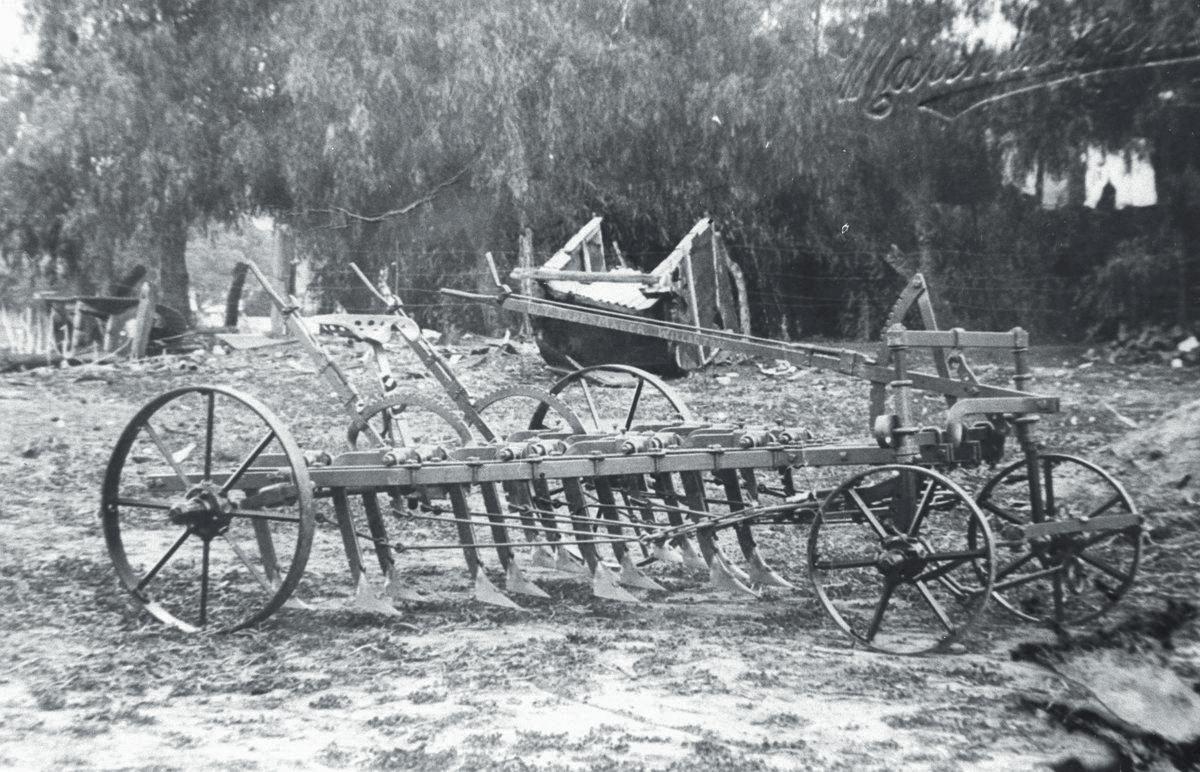
Beyond SAGIT, Ken was deeply engaged in building the structures that gave growers more control and influence over their industry. He is remembered not only for his leadership but also for his personal integrity and unwavering commitment to fellow farmers. Through his efforts, generations of grain producers have reaped the rewards of grower-led investment in research. 1 2 3 4 5
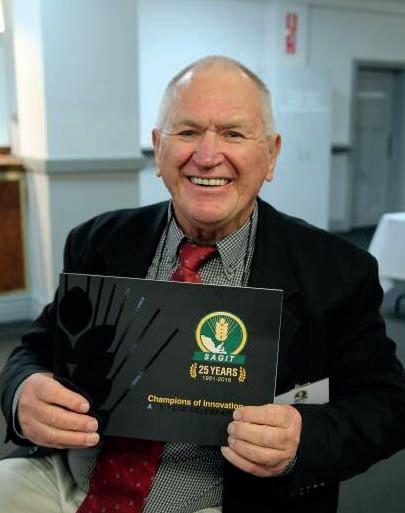
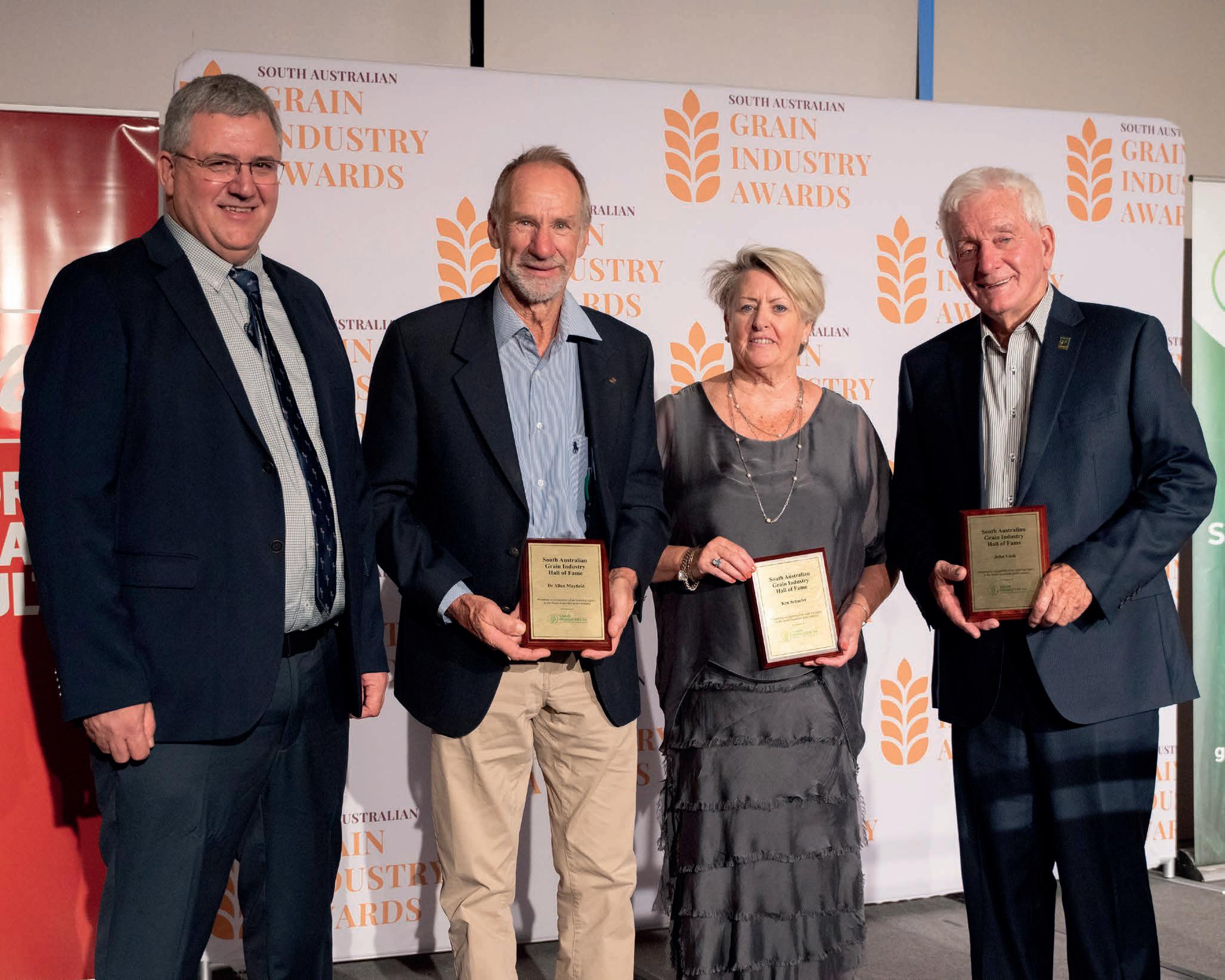
ic advances he championed but also through the countless grain producers who learned from his advice and applied it successfully on-farm.
KEN SCHAEFER (POSTHUMOUS) (5)
A respected mentor and communicator, Dr Mayfield has always emphasised the importance of making research accessible and relevant to growers. His
Ken Schaefer’s biggest contribution to South Australia’s grain industry is perhaps best remembered through his role in establishing the South Australian Grain Industry Trust (SAGIT). As a passionate industry advocate, Ken rec-
practical solutions across the state.
Oh what a night!
Photos: By Tom Lane

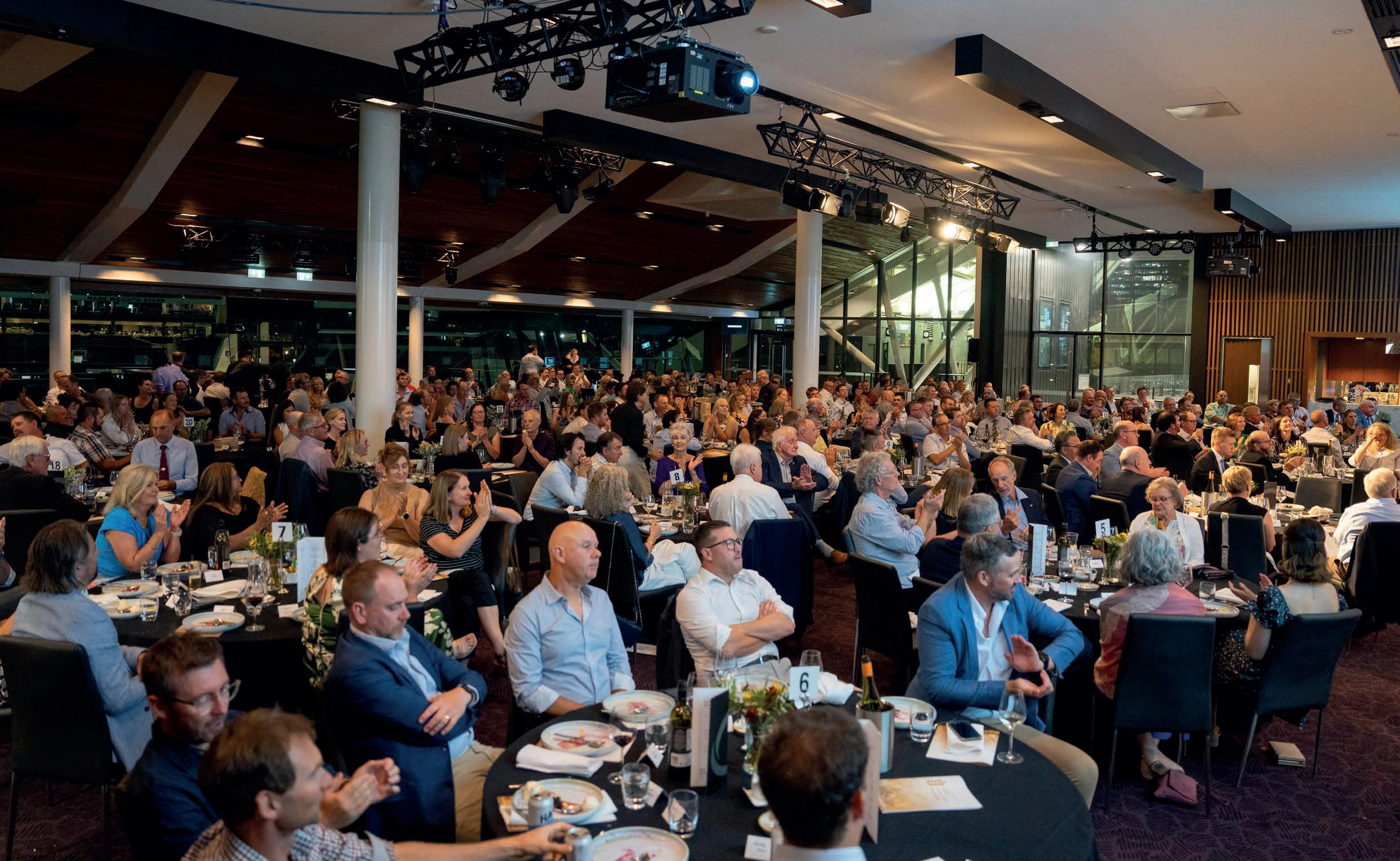

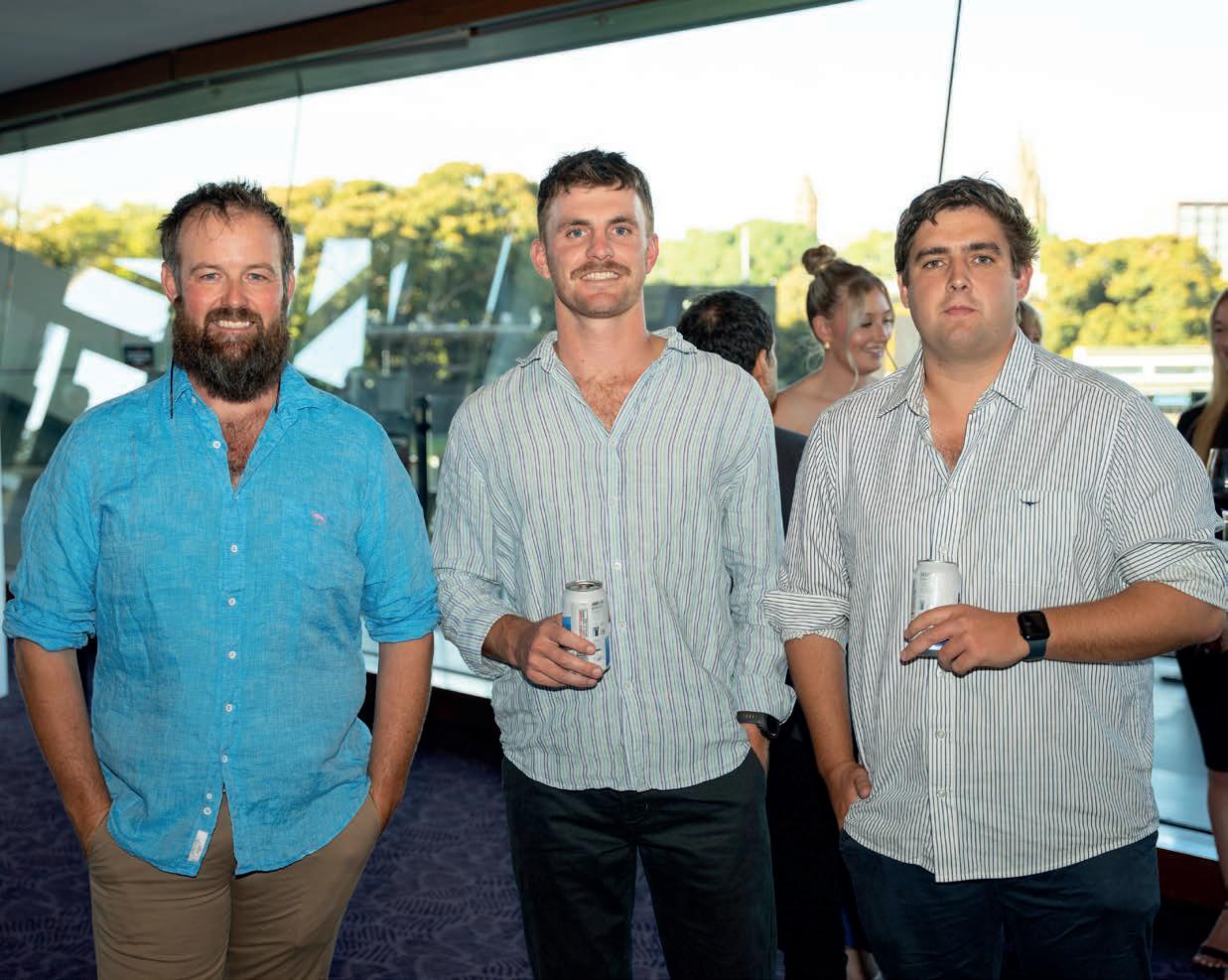


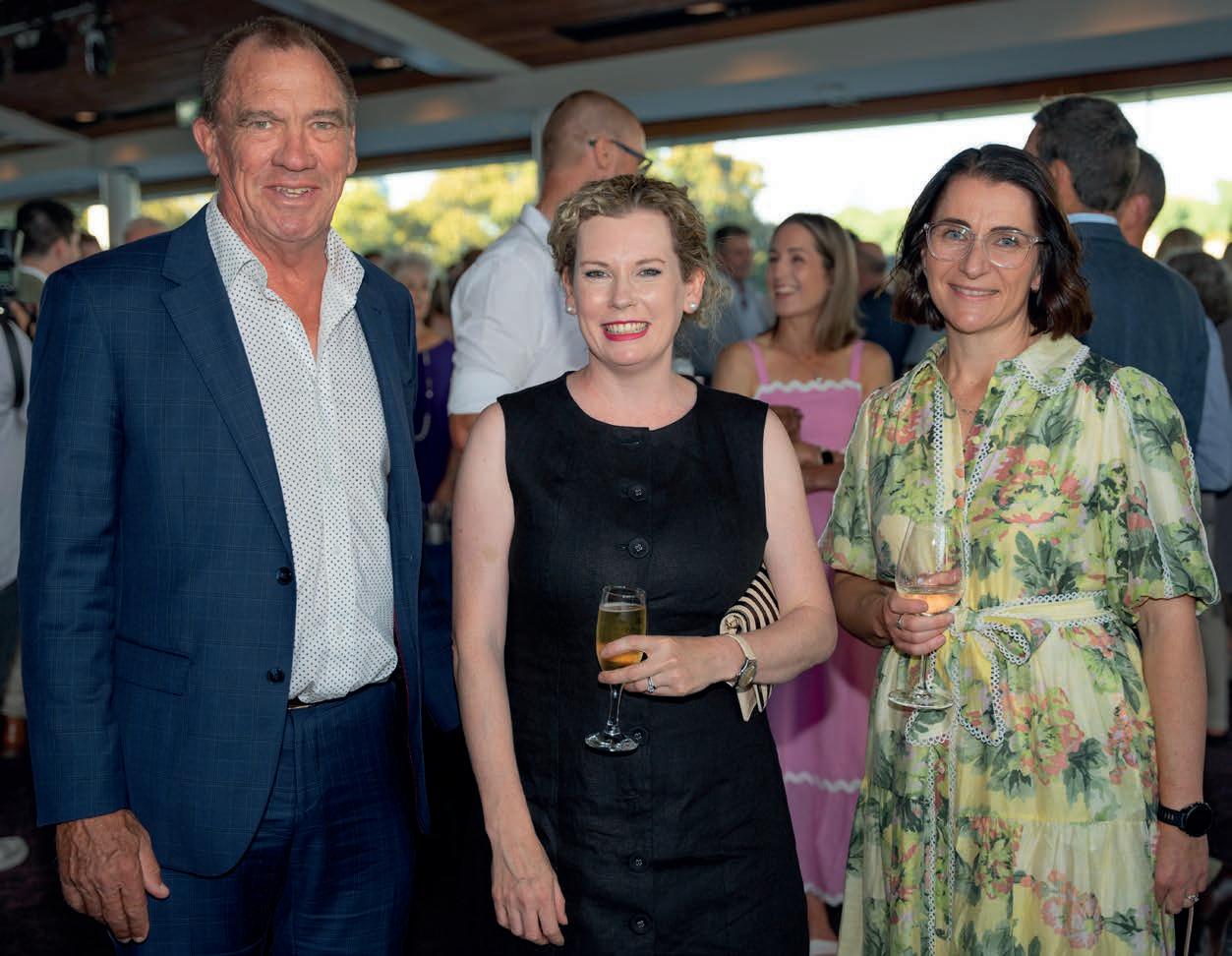

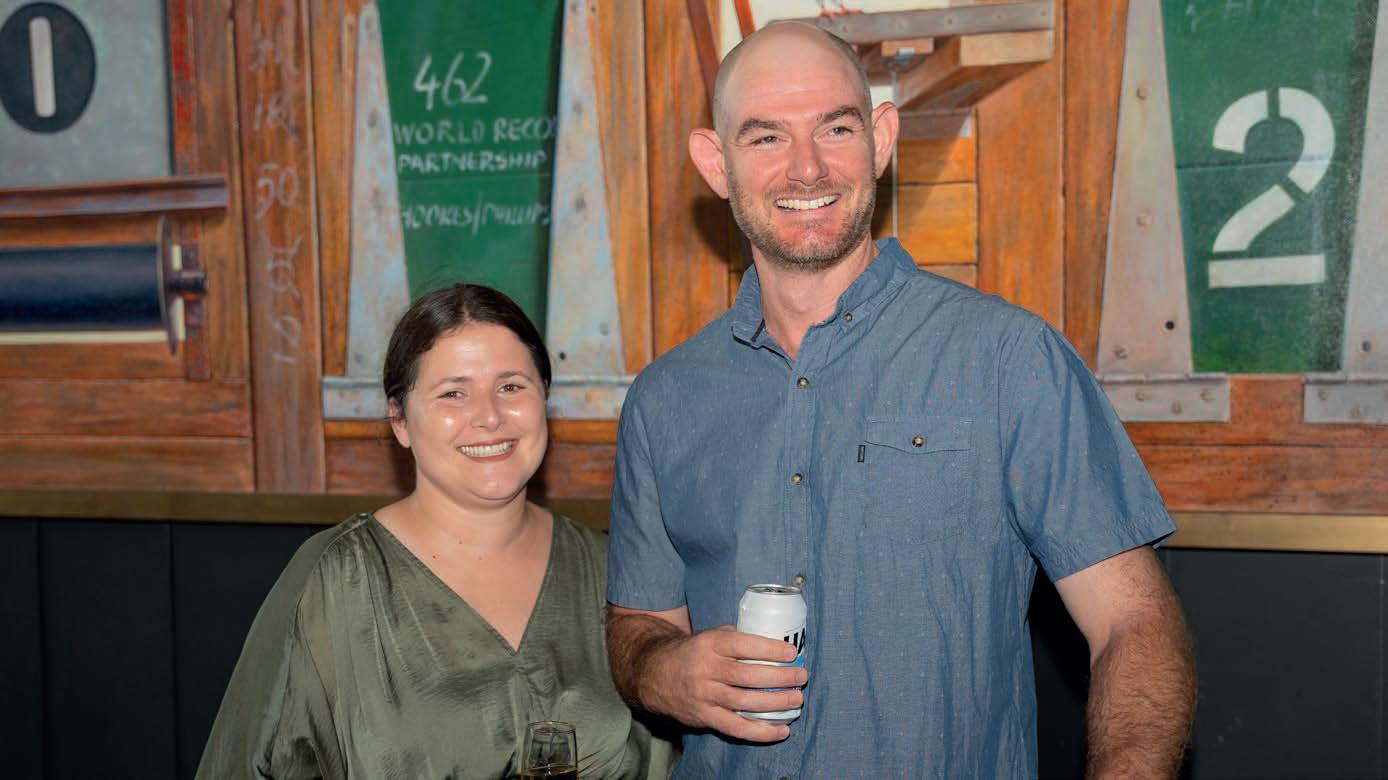


A drought survey run by Grain Producers SA (GPSA) in June showed almost 80 per cent of growers who responded were facing severe or catastrophic conditions, with calls growing for no-to-low interest concessional loans as the season runs an average of a month late.
South Australia’s cropping season is running well behind a normal year, with many districts only getting meaningful crop emergence from late June into July after a dry autumn break. Digital Agriculture Services’ (DAS) recent climate analysis shows large parts of South Australia endured the worst combined planting-season (Feb to May 2025) and previous growing-season (Jun to Sep 2024) rainfall since 1970, with hard-hit zones across the Murray–Mallee, Barossa, Yorke Peninsula and Mid and Lower North.
“The dry start to the season across key grain-growing regions has pushed crop emergence behind schedule, reducing the effective length of the growing season and increasing the risk of heat and moisture stress during critical grain fill,” DAS Lead for Earth Observations Sam Atkinson said.
“Through time series analysis of satellite imagery, we have quantified the timing of crop establishment for each season since 2020. This season we see that Victorian and South Australian
crops are a month late, and later than they were in 2024.
“Late crop establishment reduces the effective length of the growing season, pushing the grain fill period later when there is a higher likelihood of heat and water stress. This means that yield potential is even more dependent on spring weather than usual.”
The Department of Primary Industries and Regions SA Crop and Pasture reports likewise, noting “below to well below average” autumn rainfall and a late, uneven crop emergence.
GPSA’s previously unreleased drought feedback survey results captured conditions at their worst in late May/June. Three in four respondents reported severe or catastrophic seasonal conditions (Catastrophic 31%, Severe 47%, patchy or below average 11%). Only 0.2 per cent of respondents described the season as “good”. The survey received more than 500 responses from grain producers across the state with 36 per
cent from the Mid/Upper North, 25 per cent from the Eyre Peninsula, 14 per cent from the Murraylands/Riverland, 10 per cent from the South East, 9 per cent from the Mallee and 5 per cent from the Yorke Peninsula. Of those respondents, 77 per cent run a mixed farming operation of cropping and livestock, while 16 per cent are cropping only.
Navigating support has been a mixed experience. A small majority (51%) had applied to some part of the State Government’s $73 million drought package at the time of the survey; 31% planned to, and 31% had not. Of those who applied, the most-used measure by far was the On-farm Drought Infrastructure grant (79%), followed by Rural Support Grants (15%), Rural Financial Counselling/mental health supports and other smaller programs.
But the process burden shows up clearly: only 24% found applying “clear and easy”, 37% did not find it easy, and 39% said “somewhat”. Comments referenced red tape, long waits, asset-test

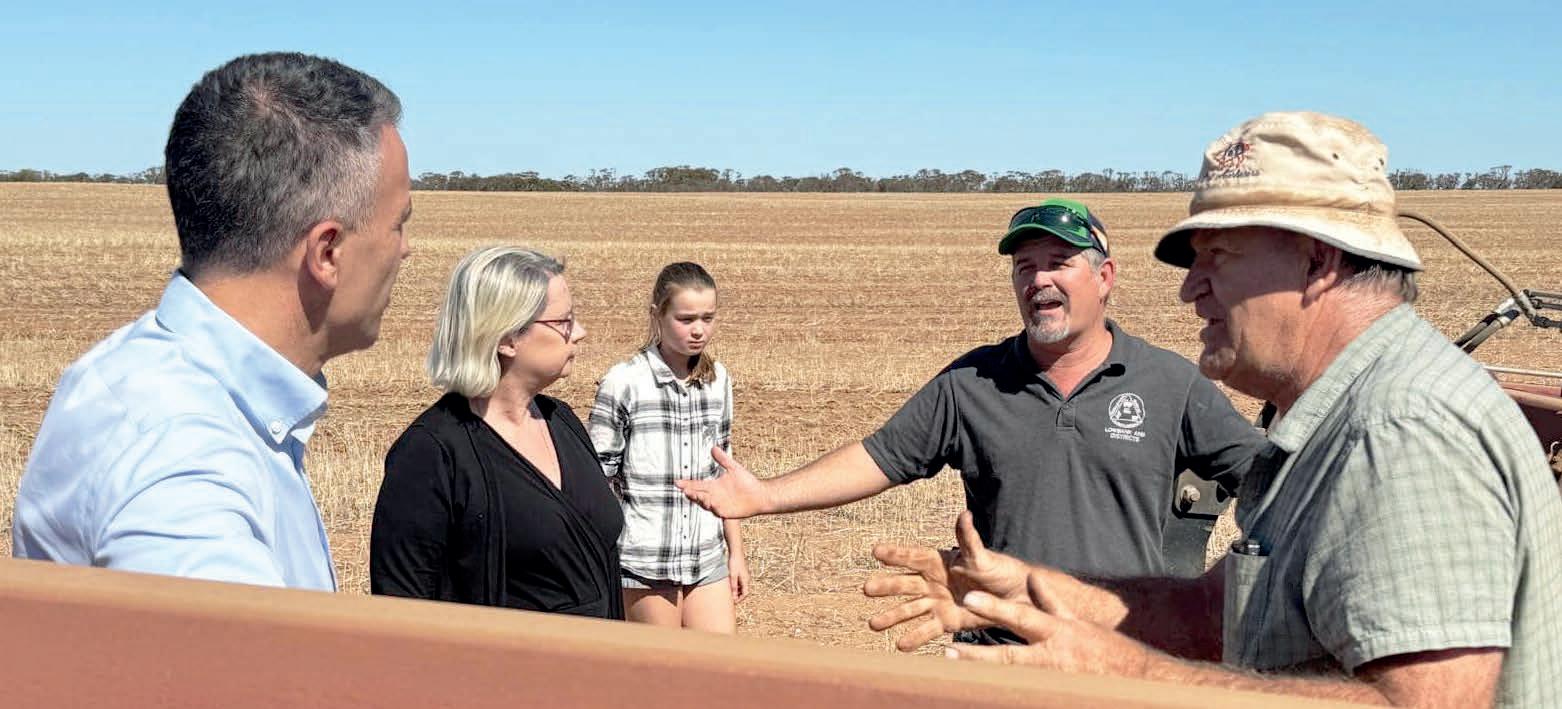
barriers and the need to spend first to claim later. “It was confusing and hard to navigate,” and “It’s a long, drawn-out process needing a lot of detail” were common refrains.
When asked what support would help most, concessional/zero-interest loans, council-rate relief and Emergency Services Levy (ESL) or registration rebates not linked to Farm Household Allowance (FHA) were among the most frequent responses — alongside fodder and practical livestock support.
It’s a saying we hear often, but for many grain producers the difference between getting an average crop or a well below average crop hinges on Spring.
Matthew Cadd, who farms at Agery on the Yorke Peninsula, said a combination of a lack of rainfall and subsoil moisture has pushed growth well behind.
“Our growing season rainfall (GSR) to date (April to August) has been only 163 millimetres, significantly less than our typical GSR of around 280 millimetres (April to October). It’s a moderate improvement on the 123 millimetres GSR that we had accumulated at this point last year, however still concerning and compounding to the drought conditions considering we have sig-
nificantly less sub-soil stored moisture than 2024,” he said.
While the crops on the Yorke Peninsula are green and there’s growth, the lateness of the season continues to be the biggest challenge.
a long way to go to break this multiyear dry period.
“Personally, for us, the drought has significantly reduced 2024 harvest yields and in-turn income. The drought has
“Whilst some areas look green and good now, I encourage anyone who thinks we are out of the drought to jump in the car and go for a drive to other areas. It’s pretty eye opening to see the dryness across areas of the state and really helps put it into perspective how widespread this drought is.”
- Matthew Cadd
“Our crops are ranging from four to six weeks behind where they should be,” Mr Cadd said.
“This has significantly reduced yield potential, with a shorter growing season combined with crops trying to emerge in much colder than normal weather. This has also impacted weed control, with post-emergent herbicides taking longer than normal to control weeds and in some cases resulting in the added cost of a second broadleaf or grass herbicide pass being required.”
The impacts of the drought continue to be ever present, a reminder there is still
also depleted all stored sub-soil moisture going into the 2025 season, with this season’s crop wholly relying on in-season rainfall with no reserves underneath,” Mr Cadd said.
“Reduced stubble loadings have also had an increase in drift on sandhills. Just imagine what it would be like without no/low-till farming practices.”
Mr Cadd said while State and Federal Government drought support has been welcome, it is also disappointing.
“With the proviso that you must spend some money to receive a proportion
back, the drought infrastructure rebates add insult to injury to those really struggling,” he said.
“Similarly, the RIC loans from the Federal Government are of no benefit if the interest rates are on par, or in some cases higher than those offered by the banks.”
In the Riverland, rainfall has eluded many grain producers. Robin Schaefer, who farms at Loxton and Alawoona, has had up to 60 millimetres of rainfall at his properties to August, less than half the average.
“Annual rainfall and Growing Season Rainfall this year was the lowest on record until the last week in July, and we are still tracking below decile one,” he said.
“Sand blasting and poor crop establishment on our sandy rises is common, making them extremely erosion prone. Even paddocks with full cereal stubble cover and ungrazed suffered from this.
“On a positive note paddocks and some land classes with good stubble cover are holding on remarkably well and still have quite good potential with a kind spring.”
- Robin Schaefer
“Light rainfall events have also caused numerous germinations, resulting in a range of crop growth stages making weed management very difficult. Business drought reserves have been drained after a number of poor years.
“Local businesses are suffering too with farmers spending only on essentials. Layoffs in farm support businesses have occurred.”
Mr Schaefer said more help is needed or good farming businesses will be lost.
“Any support has been appreciated; however, I think a lot more could be
done. Interest rate subsidy or low interest loans would be very appreciated,” he said.
“The application process for Farm Household Allowance is horrendous, rural councillors were helpful with this, but it was still debilitating. The banks have been very slow to respond, have made numerous errors and have lacked flexibility. We need to respond to their requests quickly, but they take a long time.
“I think there are so many good businesses in trouble in our area, debt write-off for businesses which are well run but have still run into problems due to circumstances beyond their control, should even start to be discussed. Otherwise, if there is another bad year or two there may be no one left in the northern mallee to manage the land, or those who are left will likely be the poor low productive operators who don’t have any debt.”
Tim Paschke, who farms at Waikerie, echoed Mr Schaefer’s sentiments. Only receiving 48 millimetres of rainfall to late August, when the average is 180 millimetres.
“This drought has had a huge impact as this is now the third year of well below average growing conditions, coupled with the horrendous windy conditions, crops have struggled to germinate and what has, sadly has been sandblasted,” he said.
“Our paddocks are rough and wheel tracks have scalloped out, leaving us thinking that next year we will have to cultivate a lot of country to get it back to a standard. Local farmers are tired, as bank accounts are stretched.”
As a mixed farmer, Mr Pashcke has been forced to sell his livestock off due to the dry.
“We have destocked to 750 breeding merinos, based on the amount of hay and grain we had on-hand, so planning has gone well in that area, but have decided that due to low ground cover and nil hay in reserve, that we will destock completely so we can get our country back to a standard that we are happy
with, without needing to buy expensive hay in,” he said.
The best assistance government could provide at the moment relates to cashflow, according to Mr Pashcke.
“We need zero interest loans, and we know we have to pay it back, but it helps us consolidate debt without going broke by paying interest when there isn’t cash flow,” he said.
The drought has been severe in many parts of the Mallee over the past two years.
Jock McNeil’s farm at Paruna has received just 55 millimetres of Growing Season Rainfall to the end of August, with the average at the same time of the year normally four times that.
“The below-average rainfall has severely impacted crop growth, and potential yields without a kind finish to the season.”
- Jock McNeil
“With reduced harvest potential this season and last particularly, it’s translating into financial strain for many. Local businesses, including repair, equipment suppliers, chemical and fertiliser, transport, and local town shops are also experiencing downturns because of this reduced farming surplus available to spend in the local economy. Even businesses like the local hairdresser notices when farmers are finding it tough,” he said.
“To give you an idea of how the backto-back drought has impacted our business, this is the first year ever we have not been able to graze our crops planted for sheep due to slow growth. Our ewe flock, like many others, also required costly inputs in the way of multiple feeds per week to get them through lambing. We have had to utilise early weaning strategies where possible.
“Farmers in Paruna and throughout the Riverland are resilient and deeply

committed to their land, our area has had a particular run of seasons that haven’t been kind, although it is a marginal area, given average rainfall we have a sound business.
“However, this current drought and inflationary costs mean this resilience alone is not enough. We need a forward-looking government to provide long term strategies and impactful immediate relief, we need to retain the already declining number of family farms farming. This drought starts at the farm gate, but the state and local economy impacts are still coming.
“For the contribution Agriculture on a whole contributes to the Australian food supply and economy, more needs to be done to ensure farmers can continue to operate and employ their staff.”
Mike Elleway and Kath Cooper farm at Sherlock and as smaller farmers, they specialise in growing triticale for seed sales.
“How are we travelling in 2025? Our seed, grain and hay stocks, other than what we have saved from 2024, to ensure we have our own sowing seed for 2026, have all gone,” they said.
Lou Flohr farms at Lameroo and said the dry conditions are taking their toll.
“The drought has had an enormous financial impact on our business, as well as emotional,” she said.
On the Eyre Peninsula, Lock based Dylon Kay said the lateness of the season is the biggest challenge with his farm receiving average Growing Season Rainfall to date.
“There are some areas in the district that have severe wind damage, light soils and later germinating crops,” he said.
“With late opening rains, we are four to six weeks behind the ideal growth stage for our crops. We are extremely dependent on a mild spring from here on. Flowering later in the season exposes us to our hotter environment and north winds”
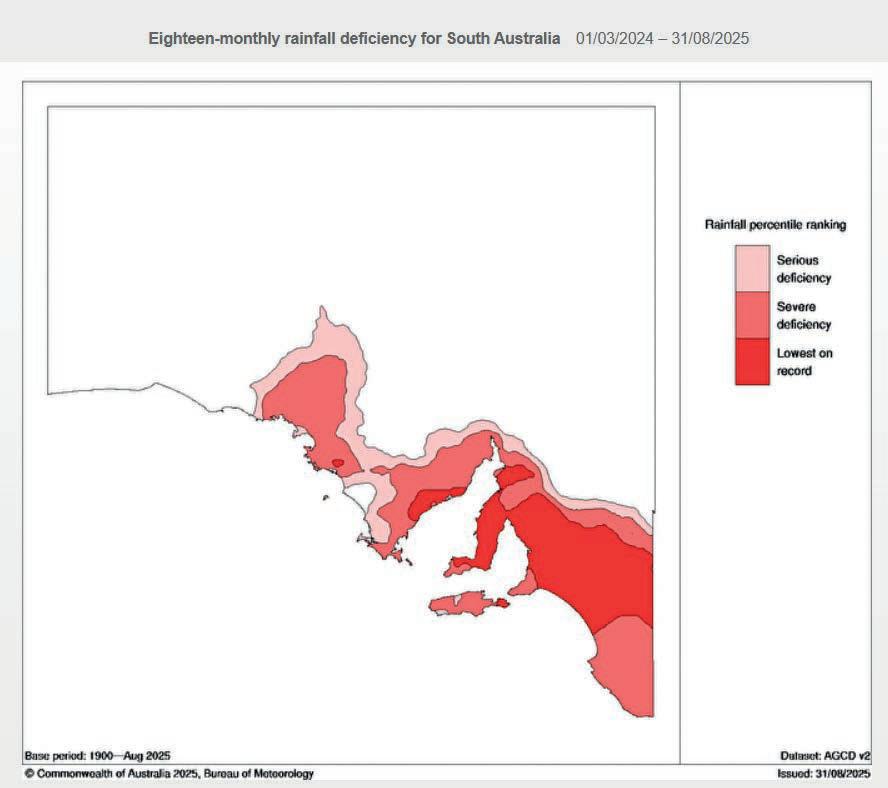
DRY: Despite rain in August, much of SA’s cropping regions have had record low rainfall or are in a severe rainfall deficiency period.
Peterborough farmer Bridget Woods told the ABC that she dipped into her own superannuation to bulk-buy hay for her farm and to on-sell smaller lots to support neighbours.
Mid North cropping and sheep farmer Andrew Michael said his property at Snowtown received a record-low amount of rain in 2024 and the beginning of 2025 was even lower.
“We have no sub-soil moisture left, which has got us through now for the last two-and-a-half [years] prior to this … but the loss if we don’t get a grain year will be a massive impact,” he told the ABC.
Bureau of Meteorology senior climatologist Jonathan Pollock said the millennium drought over twelve years from 1997 was the longest lasting but the current drought is deeper.
“It certainly is record-breaking in the sense that for a lot of the agricultural areas they have never seen a 16-month period from February to the following
year’s May with rainfall this low — and that’s looking at data going all the way back to 1900,” Mr Pollock told the ABC.
Hynam grain producer Nick Hillier said South East crops are tracking well considering, although stock feed is still in short supply. “From the lower Malleee through to Bordertown and down to Naracoorte, the rain in the last six to eight weeks has allowed most farmers to put nitrogen on their crops,” he said.
Another GPSA survey of 130 grain producers revealed that one in two South Australian grain producers who responded were facing difficulties accessing finance or credit during the drought.
GPSA Chief Executive Officer Brad Perry said the results paint a troubling picture for some grain producers.
“This survey confirms what we are hearing right across the state – some grain producers are being met with more hoops, stricter conditions, and slower processes to secure critical finance to get them through this season and beyond,” Mr Perry said.
“The survey shows there are examples of grain producers being told they don’t qualify for support due to the drought-impacted seasons, even if they’ve met their financial obligations previously. It’s a precarious situation for grain producers right across South Australia.”
Of those who reported difficulties accessing finance:
• Nearly 60% cited issues with bank lending, followed by commercial lending (13%), with key concerns raised about overdraft extension challenges.
• The most common challenges experienced by grain producers when seeking finance were a lack of cashflow (29%), approval processes (24%), increased interest
rates (17%) and stricter lending criteria (9%).
• Nearly 70% of respondents said they have a dedicated bank manager, with 18% stating they used to but no longer do and 10% do not have one.
GPSA presented these results at a State Government instigated Agribusiness Finance Forum, chaired by Primary Producers SA and the Minister for Primary Industries Clare Scriven.
Newly appointed South Australian Small Business Commissioner Dan van Holst Pellekaan said farmers and businesses could be feeling the financial pressure, creditor demands and other stressors.
The Small Business Commission (SBC) administers the Farm Debt Mediation Act 2018, which in certain circumstances, gives farmers the right to a formal mediation process before creditors can take enforcement action.
“This ensures that producers have a fair opportunity to negotiate, explore options and avoid unnecessary legal escalation. It’s a structured, impartial process that can provide breathing room when it’s needed most. Clear steps, with agreed outcomes,” Mr van Holst Pellekaan said.
With the drought pressing, the mediation service client numbers are expected to increase.
“Already this financial year we have
seen an increase in requests for mediation and applications for exemption certificates,”
-
Dan van Holst Pellekaan
“In the 2024/25 financial year, our Regulation and Advice team facilitated 22 farm debt mediations. Since July 1, we’ve completed four mediations and have a further nine already scheduled. Based on current trends and feedback
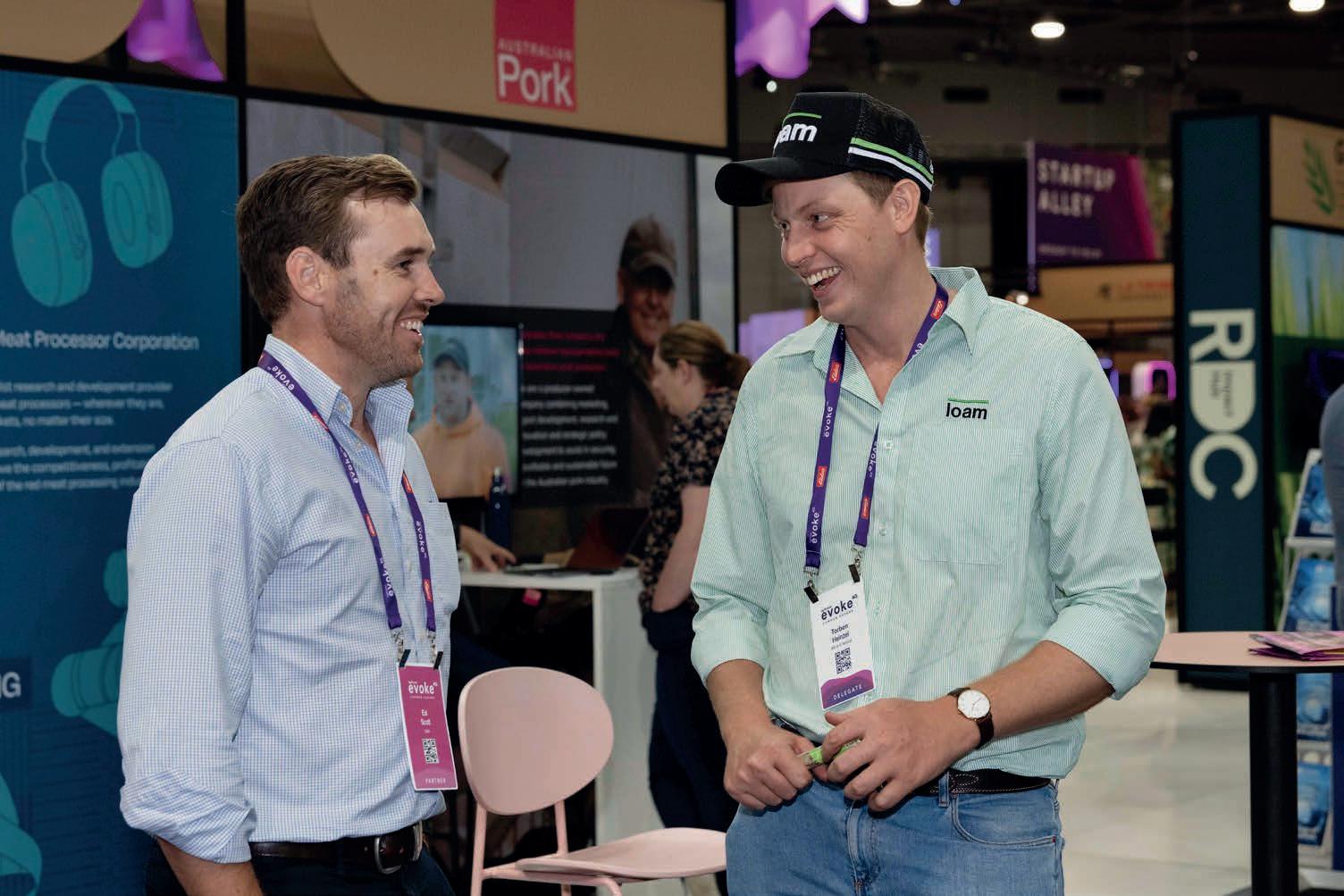


from partner organisations, we expect to double the number of mediations this financial year.
“Last year, we received and approved 18 applications for exemption certificates, allowing creditors to proceed with enforcement actions. This year, we already have eight applications awaiting assessment and expect the number to be significantly higher.”
These exemption certificates are applied for by creditors when farmer debtors either don’t participate in farm debt mediation, delay responding to a mediation request, or when mediation has taken place, but the dispute has not satisfactorily resolved.
“I strongly encourage farmers in financial difficulty to participate in this mediation rather than ignore proposals from creditors,” he said.
Mr van Holst Pellekaan said one of the most immediate ways the SBC can assist during drought is through its free dispute resolution and low-cost mediation services.
“These services, which are not the same as farm debt mediation, help resolve business-related disputes quickly, fairly, and without the cost and stress of legal action,” he said.
The State Government has now allocated a large portion of its $73 million Drought Support Package.
The State Government said it has assisted more than 3,000 farmers with on-farm infrastructure grants (highest uptake in the Yorke and Mid North region), while almost 2,000 farmers have benefited from the delivery of 16,000 tonnes of hay through the Donated Fodder Transport Assistance Scheme.
Through the Package, financial support has also been made available to 6,390 students from 111 schools to attend camps and excursions, more than 550 people impacted by drought have received direct financial assistance through the Rural Business Support Relief Fund Grants of $1,500 for essential costs, 630 sport and active recreation clubs impacted by drought have secured grants up to $5,000 to ease financial pressures and 96 support events have been held through the Connecting Communities Program.
“The Drought Support Package has had strong uptake, showing that the wide range of assistance measures available are hitting the mark for so many of the state’s 9,500 farmers,” Minister for Primary Industries Clare Scriven said.
“Although we’ve started to see some more promising conditions in some areas, we are acutely aware this drought is not over. Even once it is, its impacts will continue to be felt. Just as we have done with the algal bloom for our

CONTRAST: (Above) A crop on the Yorke Peninsula and (below) a crop in the Murraylands.


coastal communities, we will continue to support our farmers,” Premier Peter Malinauskus added.
During a visit to South Australia to announce further support for those impacted by the algal bloom, Prime Minister Anthony Albanese said his government is “regularly providing support”.
“The drought has not just impacted here in South Australia but right across the southern states and it’s one of the things we’re dealing with. In the same period as I was here in SA there were floods in one part of the country and droughts in another,” he said.
Shadow Minister for Primary Industries Nicola Centofanti said farmers need more support.
“Labor is drip-feeding token measures while farming families are watching their livelihoods dry up. It’s cruel, it’s callous and it must end. The Minister must act now,” she said.
GPSA CEO Brad Perry said GPSA is advocating to the State Government for a no-to-low interest loan scheme to assist those farmers most impacted by drought when it comes to cashflow and warns without a measure like this, South Australia will lose family farms.
South Australian Drought Commissioner Alex Zimmerman has clocked


TOUR: GPSA hosted Federal Agriculture Minister Julie Collins for a farm visit in the Mid North to discuss drought support.
up 15,000 kilometres since he was appointed in mid-June.
He said farmers he has visited and spoken to have told him about the enormous challenges they have in covering the input costs of farming that confront them each day, let alone when seeding, growing and harvesting grain crops.
“Back-to-back droughts has meant that revenue from farms has declined steeply during this time and cash reserves from any previous good years and any other source farmers could tap into, have been exhausted,” he said.
“Most farmers had provisioned for consecutive bad years but, having three drought years, has seen many needing to rely on growing levels of credit with little to no revenue to pay that down.
“Farmers have told me that they need the support of their financial organisations to continue, and in recent times, this has been pretty tough for them as they feel the loyalty that they have shown those organisations over many years doesn’t appear to be reciprocated.
“It’s about keeping the farm going until the rains come, crops grow, animals breed and revenue is realised – all of which takes time.
“Importantly it also needs to be acknowledged that the compounding impact of year on year deficits means that even though there may be good revenue in the first year after drought (if the rains hold, the sun shines at the right time and the wind is held at bay and prices for commodities are good), it will take consecutive good years to make up for the losses of the past three years.”
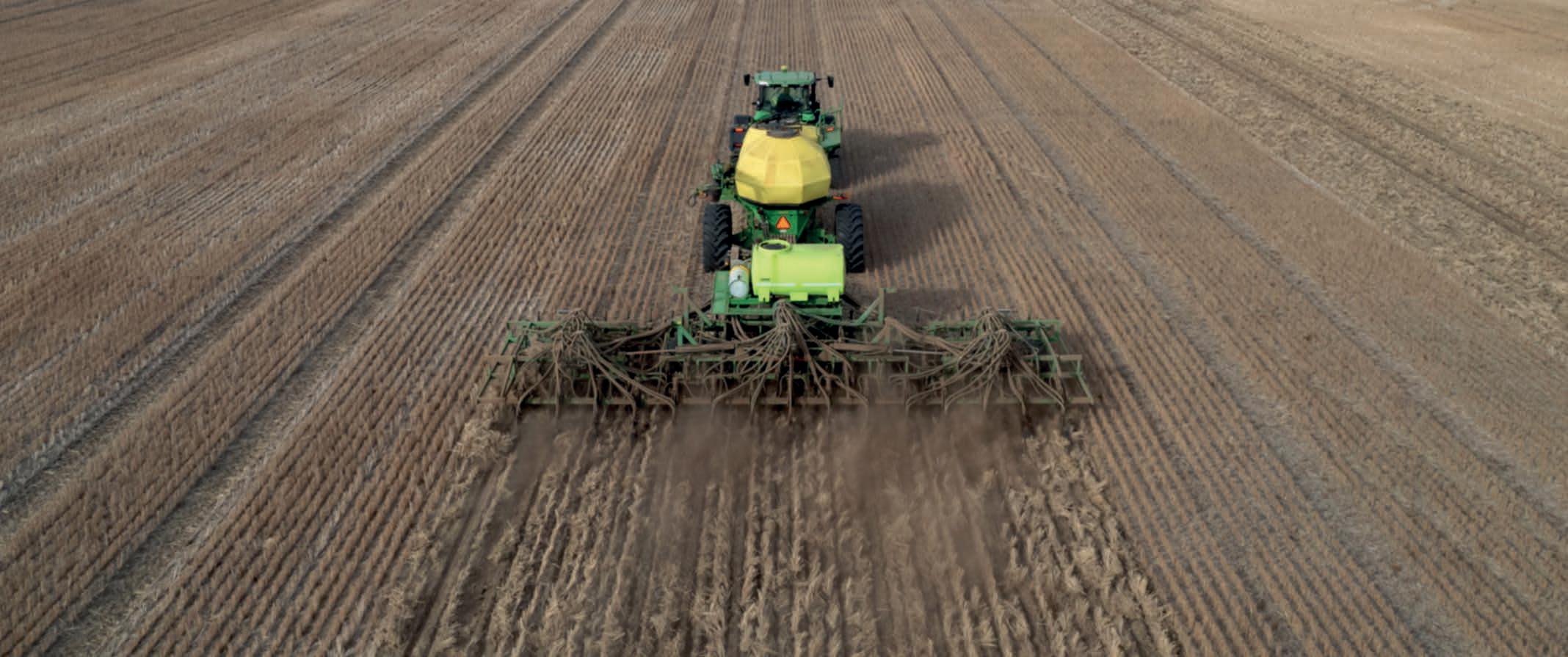
Are you thinking about adding in-furrow liquid applications to your seeding operation? Unsure where to start? That’s why we’ve created this E Book! Your all-in-one resource to ensure a smooth, informed transition.

Farming can be the best job on earth. But it can also be a very tough one. Fortunately, even during the hardest seasons, farmers have something powerful to draw on: each other.
That’s why ifarmwell has recently launched a new statewide storytelling campaign designed to support mental wellbeing across the farming community. By sharing short videos from farmers reflecting on what gives them hope, what they’re proud of, and what helps them manage stress, we’re connecting people with relatable insights— and linking them directly to practical, evidence-informed tools on the ifarmwell.com.au website, that can make a real difference to farming communities’ wellbeing.
Why it matters
This campaign is inspired by the work of Farmstrong in New Zealand and grounded in research that shows when farmers hear directly from their peers in honest, down-toearth ways, it can:
• Strengthen a sense of shared identity,
• Build hope,
• Boost confidence in using helpful coping strategies, and in turn
• Improve their wellbeing.
What farmers are saying
Farmers who have already shared their stories have offered some really valuable and practical advice.
Lou, who’s been going alcohol-free for almost five months, says:
“I would encourage anyone who could be a little bit curious to give sobriety a chance in your life and to give yourself three months of alcohol free and see where it gets you. It’s amazing how much alcohol has influenced not only my life but our communities and families. It’s been a fantastic experience.”
James, reflecting on last year’s tough season, shares a hopeful perspective:
“Last year was an absolute stinker—the worst year in probably about a hundred years. But we still managed to grow something. Something our fathers and grandfathers wouldn’t have even dreamt about with the technology and farming practices we’re using now. From my point of view, everything from last year is all upside.”
Harry stresses the importance of connection:
“By talking to other people, it does seem to help. You realise you’re not alone and that we are in this as an industry together. So I urge farmers—when you’re struggling and feeling overwhelmed—talk to someone else, because it actually does make a difference.”
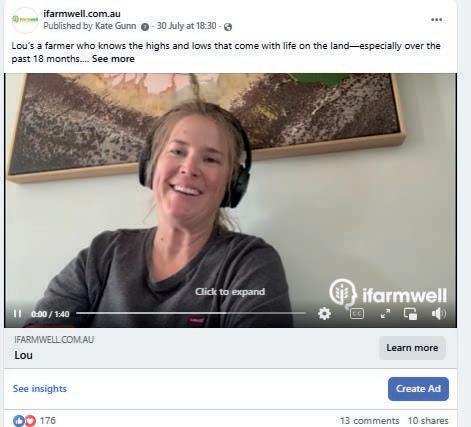


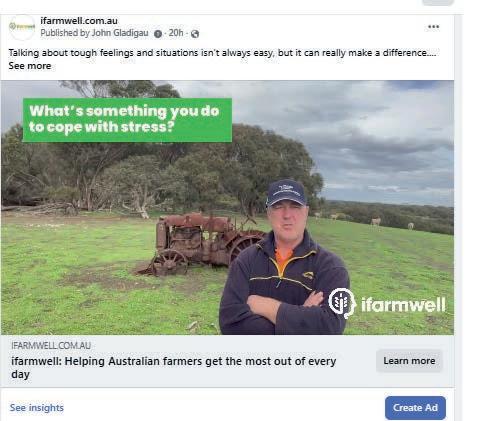
A strengths-based approach
Rather than focusing on crisis or tragedy, this campaign highlights the pride, strength and innovation that are core to farming. It’s about showing what’s already working— what farmers are doing to support their own wellbeing— and making that knowledge more visible and accessible across the industry.
How it works
We’re asking farmers to share short, informal videos filmed on their farms, responding to these three simple questions:
• What makes you proud to be a farmer?
• What’s something you do that helps you cope with stress?
• What makes you feel hopeful about the future?
Videos are posted on ifarmwell’s social media. You can help by sharing these posts, or by adding comments of encouragement on videos you appreciate and/or on videos done by people you know.
To take part yourself, just record your answers on your phone (landscape mode) and begin with:
“Hi, I’m [Name], a [type of farmer] from [Region]…”
Then send it to support@ifarmwell.com.au or get in touch to find out more.
Thank you
A big thank you to the farmers who have already generously shared their insights. Your openness has clearly already been of great benefit to others. Thank you also to the James and Diana Ramsay Foundation, whose investment has made it possible to bring these important stories to light.
Scientists say it’s not a straightforward answer but….
Debate grows as drought renews questions over South Australia’s most famous boundary, Goyder’s Line, and while some commentators believe the line is moving south, not all farmers are convinced.
When Englishman
George Goyder first sketched his now-famous line across South Australia in 1865, it was intended as a practical warning: don’t farm beyond here, the rainfall won’t support you. Nearly 160 years later, Goyder’s Line remains etched into our state’s farming psyche — a symbol of both opportunity and risk at the edge of marginal cropping country.
But after nearly two years of a severe statewide drought, questions are being asked again: is Goyder’s Line shifting?
BY GEORGE!
The man behind Goyder’s Line arrived in Australia in 1848 and soon after began working as a draftsman in the South Australian civil service. By 1857, his skill and dedication saw him promoted to Assistant Surveyor-General, and just four years later he became Surveyor-General — a role he would hold for more than three decades.
According to the SA History Hub, it was during the devastating drought of 1863 to 1866 that Goyder rode nearly 5,000 kilometres on horseback through
the state’s north, reassessing pastoral properties. Along the way, he traced a line that marked the boundary of what he deemed reliable annual rainfall. This ‘Goyder’s Line’ separated land considered suitable for cropping from country fit only for grazing.
The line was controversial at the time — some critics mocked it as ‘God’s line’ or even ‘Goyder’s line of foolery’ — but history has largely vindicated his work. Today, his legacy lives on: in Orroroo, a statue depicts Goyder walking his dog, and the Goyder Institute in Adelaide continues vital research into water sustainability under his name.
Dr Peter Hayman, Principal Scientist with South Australian Research and Development Institute (SARDI) Climate Applications, says the answer to whether Goyder’s Line is shifting is more complex than a simple ‘yes’ or ‘no’.
“If Goyder’s Line is a measure of successful wheat production, it is always moving backwards and forwards each year and each decade,” Dr Hayman explained.
“In good seasons like 2016 and 2022, low rainfall farming can be extremely profitable, and in poor seasons grain farming is extremely challenging. A run of poor seasons raises the question of whether there is a long-term drying trend.”
Research by SARDI and CSIRO comparing rainfall trends in South Australia and Western Australia found a clearer drying trend in Western Australia’s grain belt, while South Australia had more variation between districts.
SARDI analysis using APSIM crop simulations for Orroroo shows the scale of variability. The 10-year average yield at the end of 2024 was 18 per cent below average — tough, but not as bad as the Millennium Drought, and certainly not as dire as the 1930s when averages fell 42 per cent below normal. By contrast, the 1990s brought one of the best decades on record, with yields averaging 33 per cent above the long-term mean.
“The lesson,” Dr Hayman says, “is that while there are trends, Goyder’s Line is not fixed. It moves with the seasons, and the challenge is building farming systems that can adapt to year-to-year variability and longer term change.”

Adelaide University Professor Mike Young says Goyder’s Line remains relevant, even today, describing George Goyder as a true visionary.
“Today it’s still there, there have been some minor adjustments made as we improve farming technology but in essence, he (George Goyder) still gets 10 out of 10,” he told The Australian.
“It looks like there’s a very sudden change where Goyder’s Line is, so in one sense, now it’s easy to understand it,” Prof Young says.
“There’ll be some shifts, hopefully not too big but yes, the expectation is that Goyder’s Line will shift inland a bit. It’ll probably move around because our climate is becoming increasingly variable and there’ll be some adjustments to the margin.”
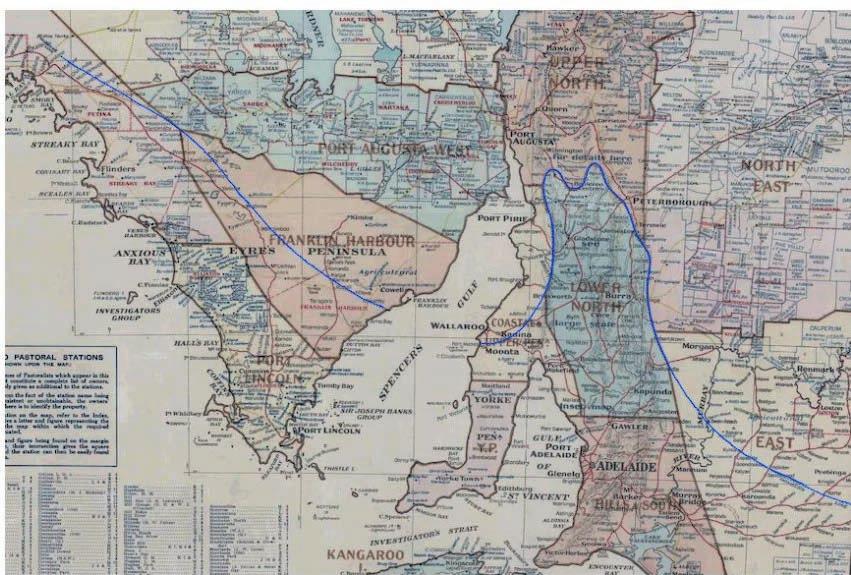
MOVING? A historic map shows Goyder’s Line spanning across South Australia in blue. Source:TheAustralian.
For Roanne Scholz, who farms north of Minnipa, the experience has been
“The people who talk about it moving south probably don’t understand the





and sensitive to drought but also shows a remarkable adaptive capacity.
Dr Hayman stresses that not all marginality is regional.
“Perhaps it is clearer to think about some paddocks with difficult soils and some businesses that are marginal, rather than regions,” he says.
“We have robust businesses in low rainfall areas and fragile businesses in high rainfall areas. Any warming and drying trend is worrying, but resilience depends on management as much as geography.”
Whether Goyder’s Line has “moved” may be less important than what it represents. It remains a powerful metaphor for farming in South Australia.
As the climate continues to change, the challenge for grain producers will not just be about where the Line lies on a map, but about how farming systems,

Source:StateLibraryofSouthAustralia.
communities and policy can adapt to survive both sides of it.
“Growers in low rainfall regions know that in the driest third of years they are unlikely to produce much unless they have a good level of starting soil water,”
Dr Hayman says.
“As South Australia has some of the lowest rainfall cropping regions in Australia, and possibly the world, any warming and drying trend is worrying. However, these regions can also be very profitable in good seasons.”


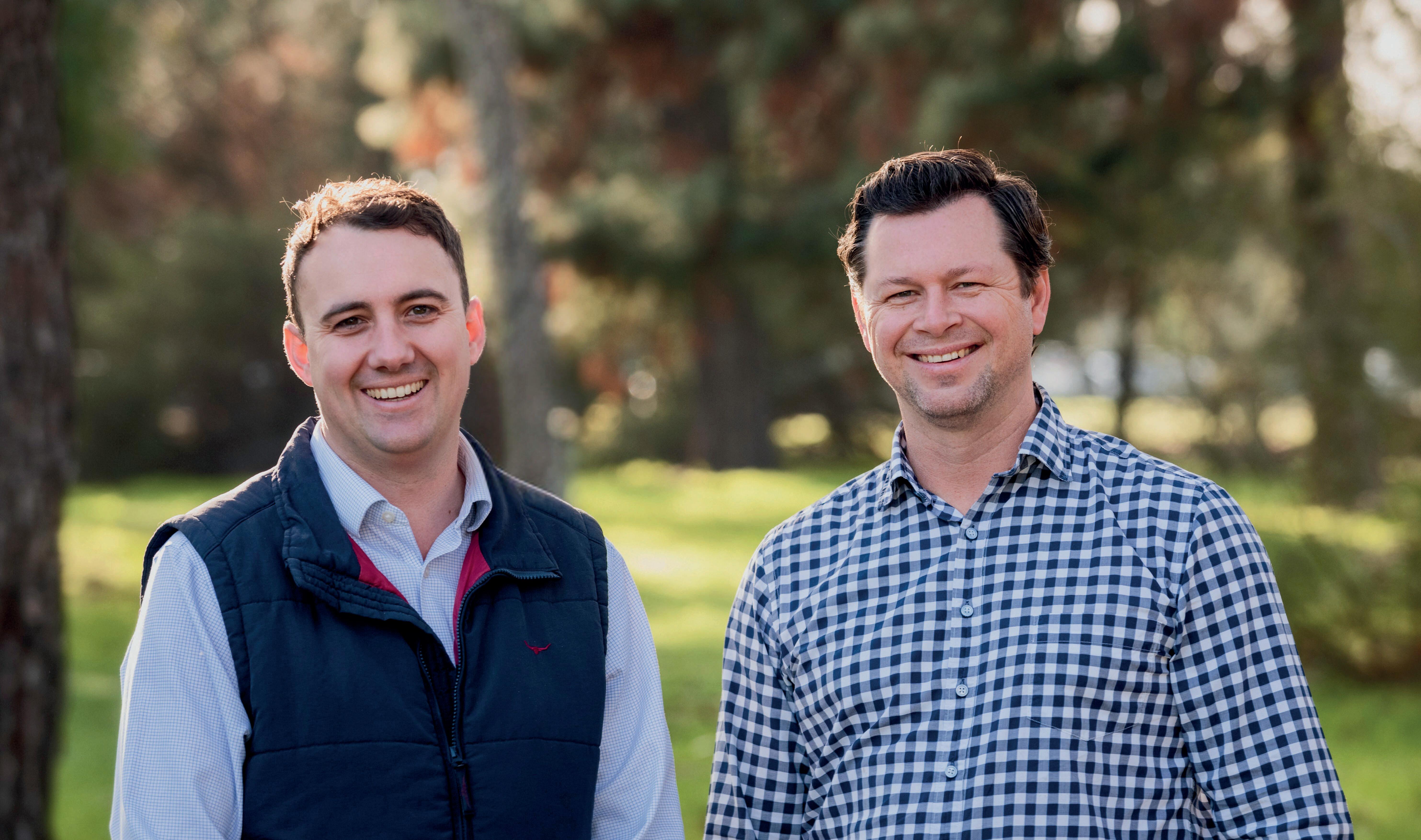
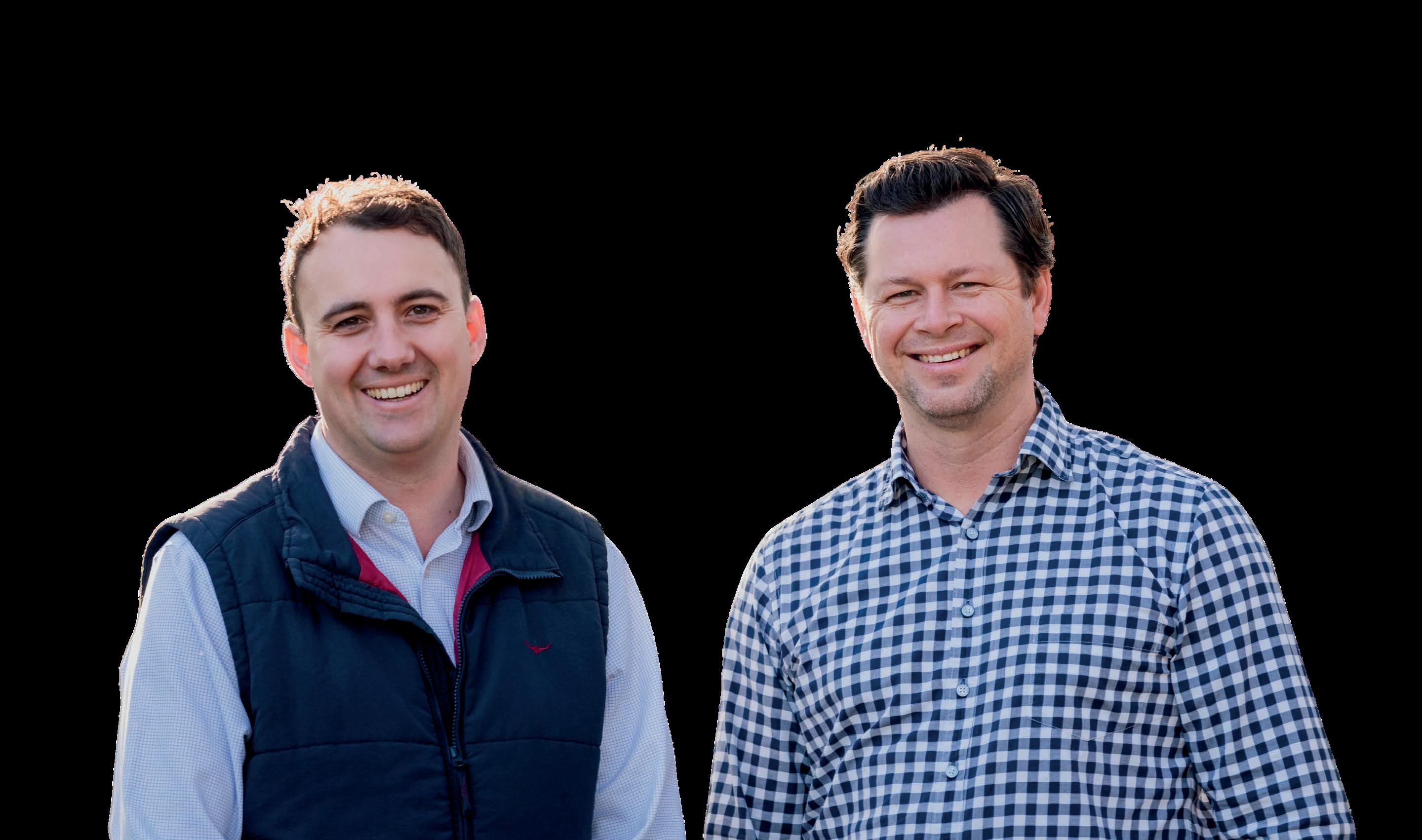

As soon as Kiara Fisher set her eyes on a well-known Mallee building filled with history, she knew there was something special about it. And when she purchased it with the idea to restore it, Kiara set in train connections to the farming community that she never dreamed of.
Ibought The Bugle Hut for one reason — to save her. And I don’t mean that in a sentimental, ‘oh she’s a pretty old building’ kind of way. I mean save her from death by pigeon,” Kiara says.
“When I moved to the farm 14 years ago, she (the building) was still in decent shape. But by the time the owners agreed to sell her to me, the roof was full of holes, the floorboards had completely rotted through, and she was home to thousands of winged rats (pigeons). It was heartbreaking — and smelly.
“I didn’t know exactly what I was going to turn her into, but I knew she was going to be something special.”
Kiara met her husband Jamie in their teenage years, knowing that the Fisher family had been farming in the Mallee for decades.
“Jamie and I got together when we were basically still kids — I was 14, he was 15,” she says.
“He was born into farming, a proud fifth-generation farmer and the fourth in this district. At the time, I didn’t know much about farming… and to be honest, I did my best to avoid it. But his passion for the land was contagious, and while I wouldn’t say I live and breathe farming the way he does, I’ve grown to respect and value it far more than I ever imagined I would.
“Jamie and his brother Craig grew up working the farm alongside their two other siblings — as most farm kids do — with plenty of ‘character building’ unpaid work along the way.
“In 2011, the brothers took a huge step, purchasing their first block in their own right. Since then, they’ve been working through a succession plan that’s allowed their father and uncle to step back, and today they run Fisher Brothers as a part-
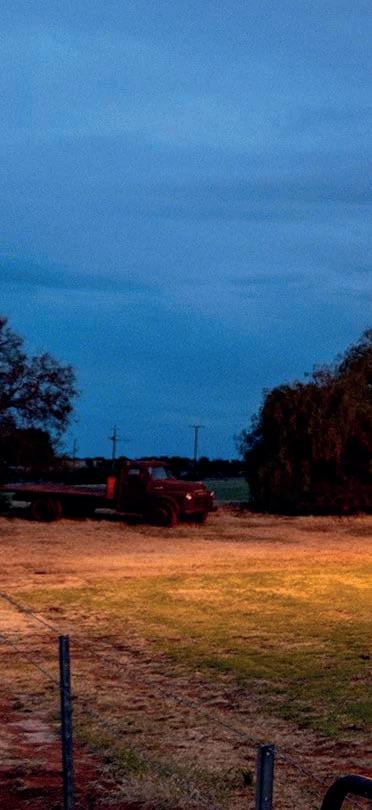
nership, with their wives backing them every step of the way. It’s a real family affair.”
Over the years the Fishers continued to expand their farming operations at Taldra and Bugle Hut. But amongst the farming expansion there was one asset that caught the eye of Kiara the most.
“My big purchase was The Bugle Hut — one acre in the corner of that first farm, bought from Jim and Rosie. We can see it from our back veranda, which feels a bit like keeping an eye on an old friend,” she says.
And when she started the restoration and clean-up process, the call went out for help.
“On a whim, I put a call out on Facebook: ‘Come help with the cleanup if you can’. And they came — neighbours, people I barely knew at the time, in

RESTORED: The Bugle Hut during its prime and now restored by the Fishers after buying it in a challenging state.
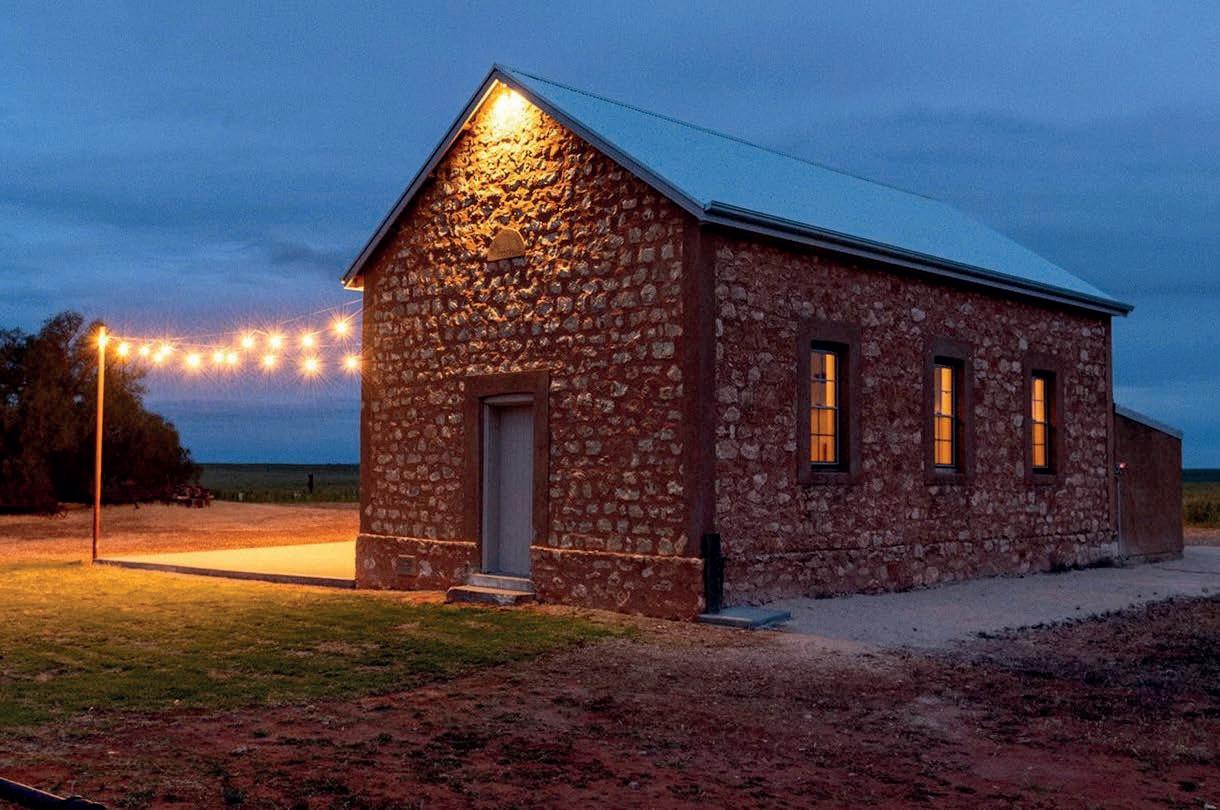
droves. We shovelled, swept, scrubbed, and in the process, we built friendships I never would have had otherwise,” she says.
“That day was the start of something I couldn’t have planned if I tried.”
The Hut has morphed into a social gathering place for farmers and community members alike.
“When you think about most country towns, they’ve got a pub, a sporting club, or a tavern where people can connect. Out here? We don’t even have bitumen roads or rubbish collection, let alone somewhere to gather. So, we thought — why not create one?” Kiara says.
“We didn’t know if everyone would want it. But we knew we needed it. And it turns out, we weren’t alone. That’s been the biggest lesson: sometimes the thing you need most is the thing others have been quietly hoping for too.

“We’ve hosted Christmas lunches, community information sessions, a free wedding giveaway, whisky club nights, and art workshops. The beauty of The Hut is its adaptability — it becomes whatever the community needs at the time,” Kiara says.
“The feedback has been humbling. People say it gives them something to look forward to, somewhere to belong. That, to me, is the real harvest.”
And with the sense of community connection created through The Bugle Hut, Kiara has used it to address the isolation of living on the land.
“One of the projects I’m most proud of is the 5311 Farm & Family Network, which we started to tackle something you can’t always see from the outside; isolation,” she says.
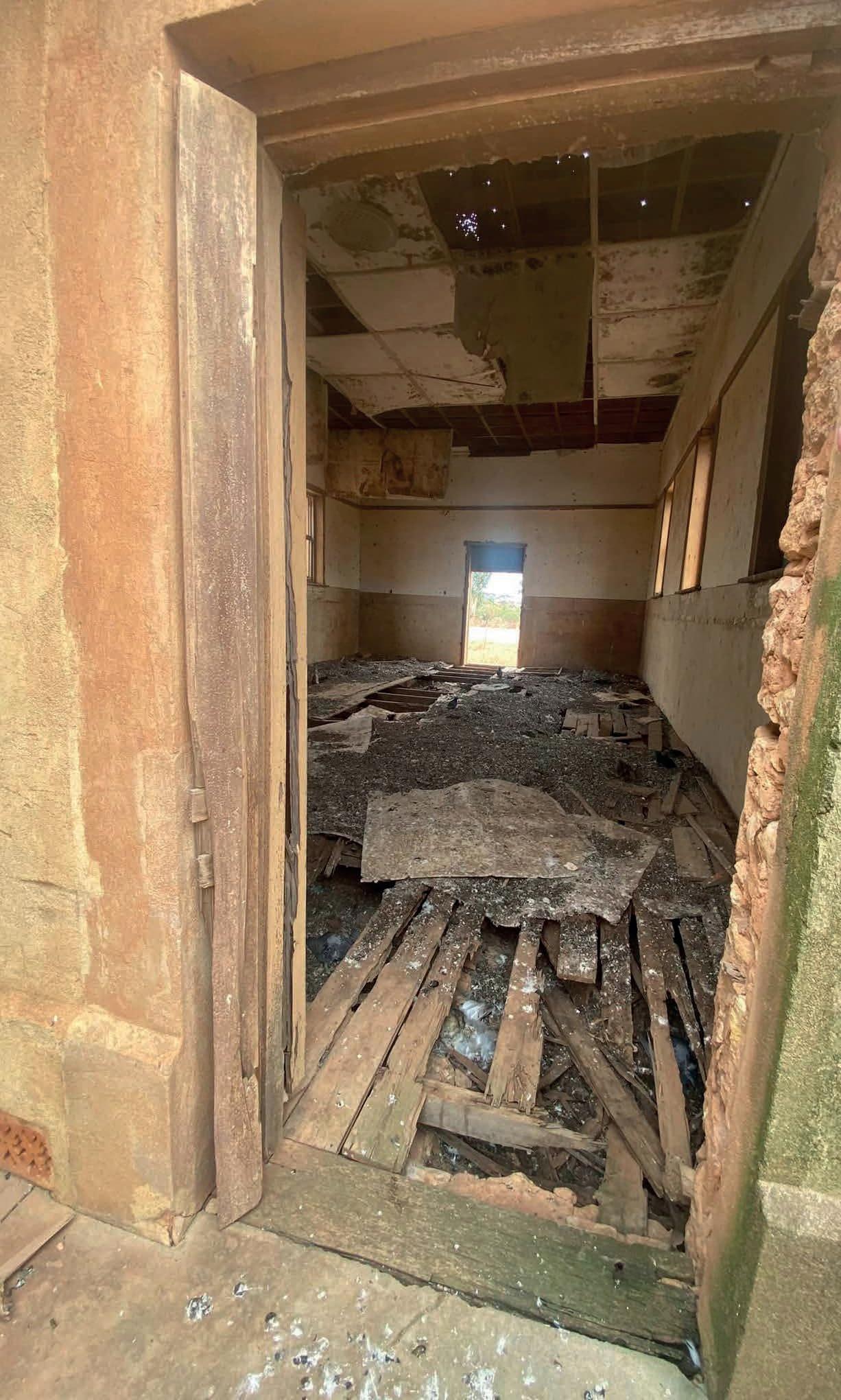
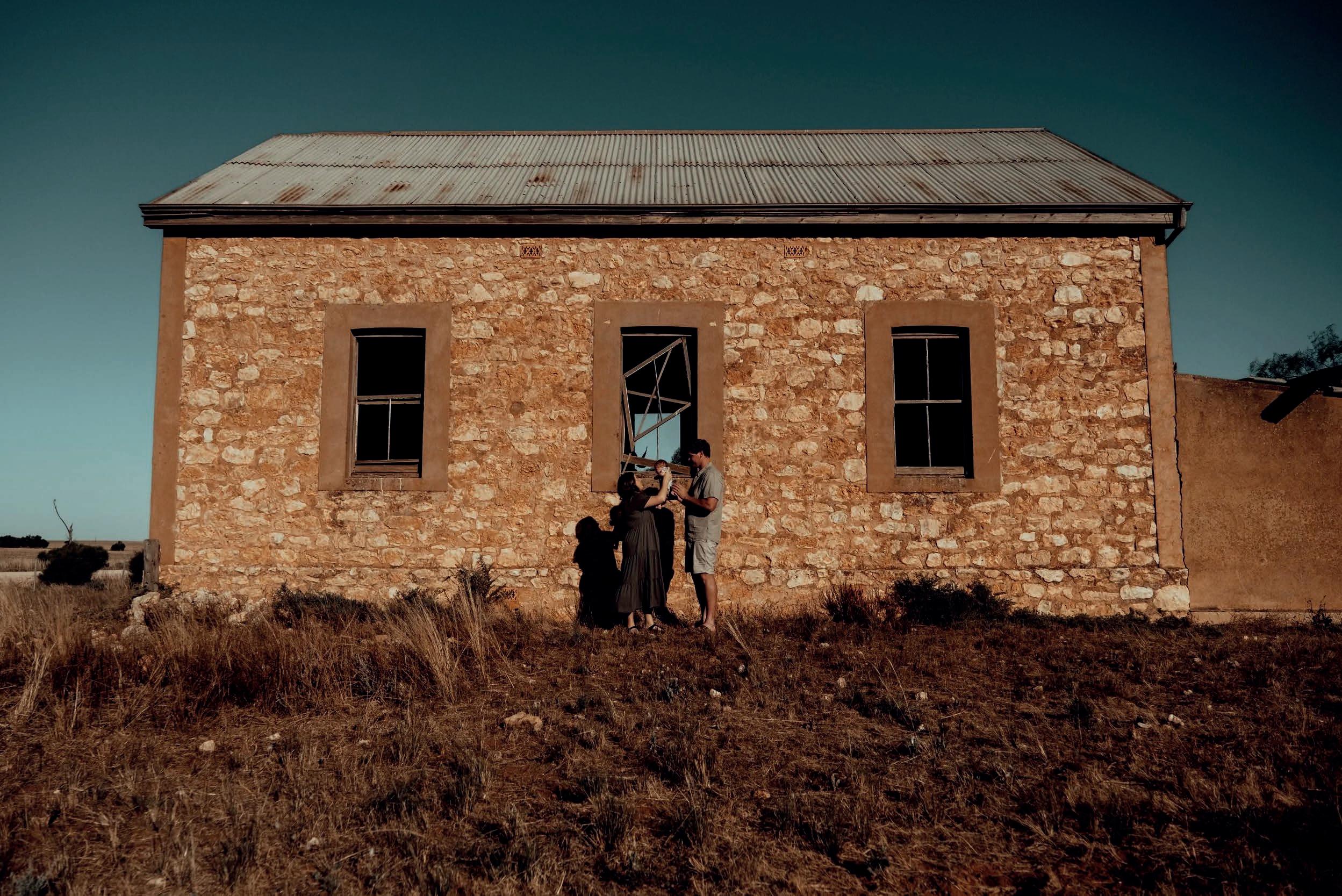
CONNECTION: Kiara and Jamie Fisher with daughter Rori outside The Bugle Hut prior to restoration.
“Farming can be an incredibly lonely business, and in our patch of South Australia, we don’t have the same gathering places that many towns do. The network aims to connect people, share resources, and create events and training that are worth showing up for. We want it to be a space that’s not about handouts or sympathy, but about strength, skills, and shared understanding.
“From that has come ‘A Farmer’s Plate’, an initiative built around storytelling and connection. It’s about putting faces and voices to farming families, so people understand that behind every crop and every flock is a real human story. This has rolled into our upcoming Feed a Farmer event - a free day for primary producers to come together, eat well, and just breathe for a moment without the weight of the season pressing down.”
But it hasn’t all been smooth sailing.
“I’ll be honest; not all the feedback we get is positive,” Kiara says.
“I’ve heard comments like, ‘farmers should have business lessons to get through the tough years’ or, ‘what are farmers going to give back to the community if we help them in the good years?’ And I understand where that’s coming from.
“Looking from the outside, it can be hard to see just how much farmers already give. But the reality is, most farmers are already running their businesses as tightly and cleverly as possible.
“You don’t survive out here without knowing your numbers and adapting constantly. And as for giving back, we do, in ways people don’t always notice. Local sporting clubs, volunteer fire brigades, fundraisers most farmers are in them, behind them, or bankrolling them quietly.
“These projects aren’t about charity they’re about investing in the people who keep our towns alive. Strong farmers make strong communities.”
If ever the Fisher’s part of the Mallee needed community connection, it’s now amid a debilitating drought.
“The truth is Mallee farmers can grow crops on not a lot,” Kiara says.
“What’s really knocked us is the horrible combination of very little rainfall and punishing winds. The back-to-back dry years have meant there’s almost no feed left for stock in the paddocks, which has forced many of us — ourselves included — to de-stock sheep and cattle just to reduce input costs.
“Another frustrating part is the inconsistency — one paddock can look reasonable while the one next to it is a complete write-off. It’s gut-wrenching to drive around and see that variation, knowing you’ve made the best choices you could.
“Beyond the farm gates, you can feel the pinch in town. Local stores are quieter, suppliers are letting staff go, and the

sense of strain runs deep. This isn’t just a farming problem; it’s a whole community problem.
“The first thing you notice is the animals. Kangaroo and emu numbers have exploded, causing huge crop losses, especially on our border property.
“Then there’s the soil — erosion and drift are everywhere. You can see hills literally shifting across roads, and the council can’t keep up with clearing it off the gravel.
“And it’s not just the land. Lambing losses have been heartbreakingly high, and that ripple effect travels from paddock to town.”
In the tough years like drought, even the strongest farmers are tested. But it’s important to find any silver linings you can.
“Funnily enough, that particular farm — the one with The Hut — is producing some of the best crops this year,” Kiara says.
“Maybe it’s a reward for all the effort we’ve poured into restoring the hall and breathing life back into it.”
Originally surveyed in 1908 as a part of the wider ‘Bookpurnong Station’, the area was named after a tiny two roomed building in the paddock across from where The Bugle Hut sits today.
The original Bugle Hut has now crumbled and has been lost to time like many of the other buildings in the area.
By 1917, the population of Bugle Hut had grown large enough to have the need for a joint hall, and school.
Local landowners donated the land itself, and tradespeople donated their labour and skill; with the help of local builder Heinrich Nickolai, the Bugle Hut Institute is what you see today.
This tiny building became the heart of the suburb, hosting fundraisers, school dances, horse races and even the odd church sermon. From 1917 through to the official closure in 1957 the building was prized by the community; from thereafter it began to become a piece of history.
After purchasing it in 2023, the Fishers have restored The Bugle Hut to what it is today.



Riverland photographer embarks on drought project
Loxton professional photographer, Rebecca Flack, knows a thing or two about the impact of drought, farming with her husband and his parents at Wanbi. However, it’s her new project from behind the camera that is shedding light on the real impacts of the dry in the Mallee.
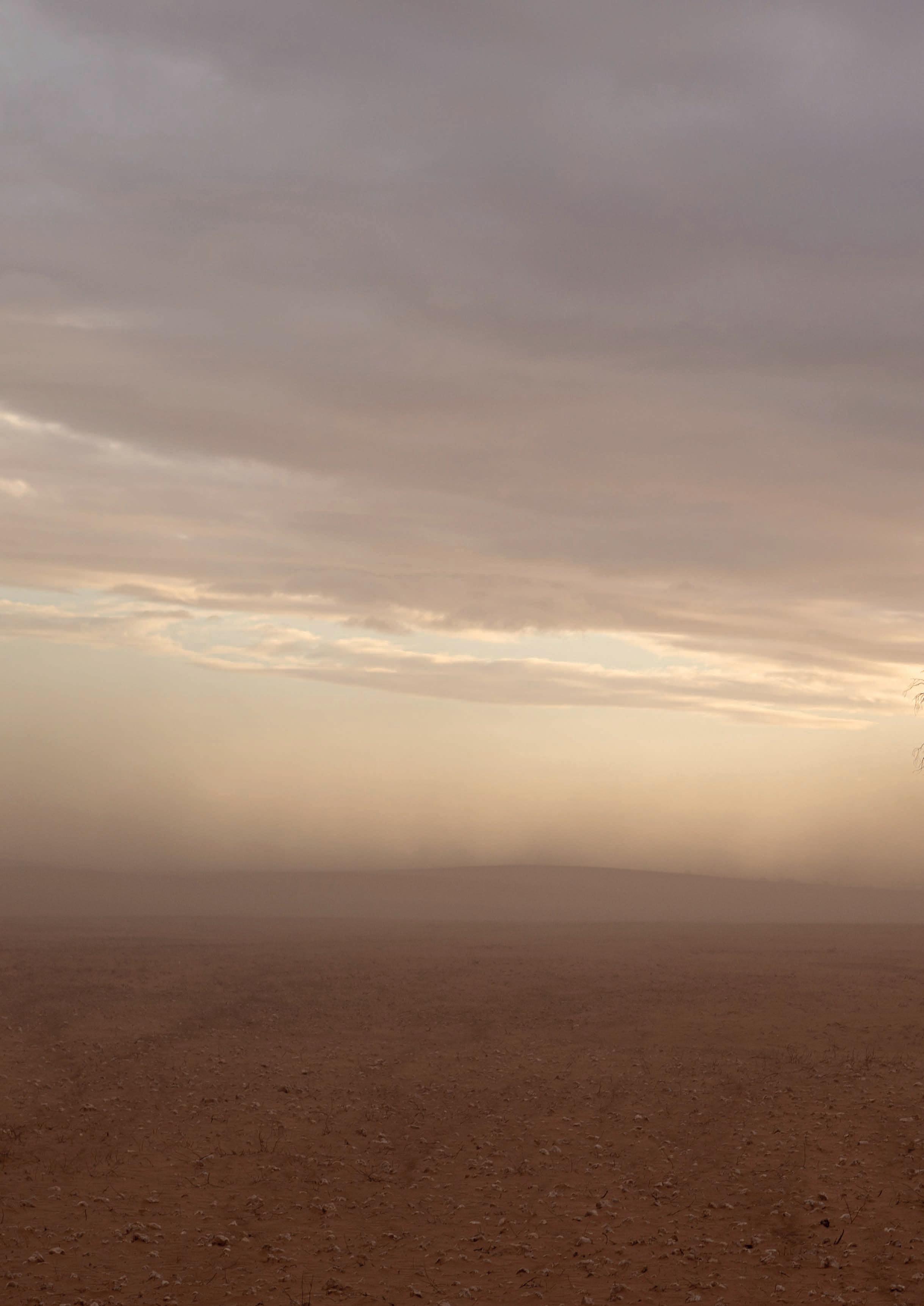
As you look through the gallery of photos taken by Rebecca Flack as part of the ‘Thank A Farmer’ project, you’d be mistaken for thinking they were taken in a Middle Eastern desert. But in fact, the photos were snapped on Mallee farms around Taplin, Bugle Hut and Wanbi.
“I’ve really valued meeting the faces behind our local farms, but it’s been confronting to see just how tough things are,” she reflects.
“I’ve had people comment that I’ve made drought appear both beautiful and devastating in the way I have captured it.”
Rebecca is a mother of three juggling farm life and running her own photography business in Loxton.
Along with her husband, Trent, and his parents, they crop 2,200 hectares of wheat at Wanbi, with sheep in the mix as well.
“Photography has been part of my life since my teenage years, and I’ve always been drawn to capturing real, unfiltered moments,” she says.
“Right now, drought is the reality my family, friends, and community are living through, so it felt only natural to document this chapter.
“I didn’t grow up on a farm. Trent is a third-generation farmer, but after a decade of farming together, I’m still learning about the land, the weather, the animals, and the realities of agriculture.
“At first, I wondered if it was just us facing challenges, cash flow pressures, having to de-stock because of no feed, and losing sheep. But after visiting other farms and having honest conversations, I realised this is something we’re all in together.
STARK: Top soil on a Mallee farm moves with the wind as a dead tree stands eerily.
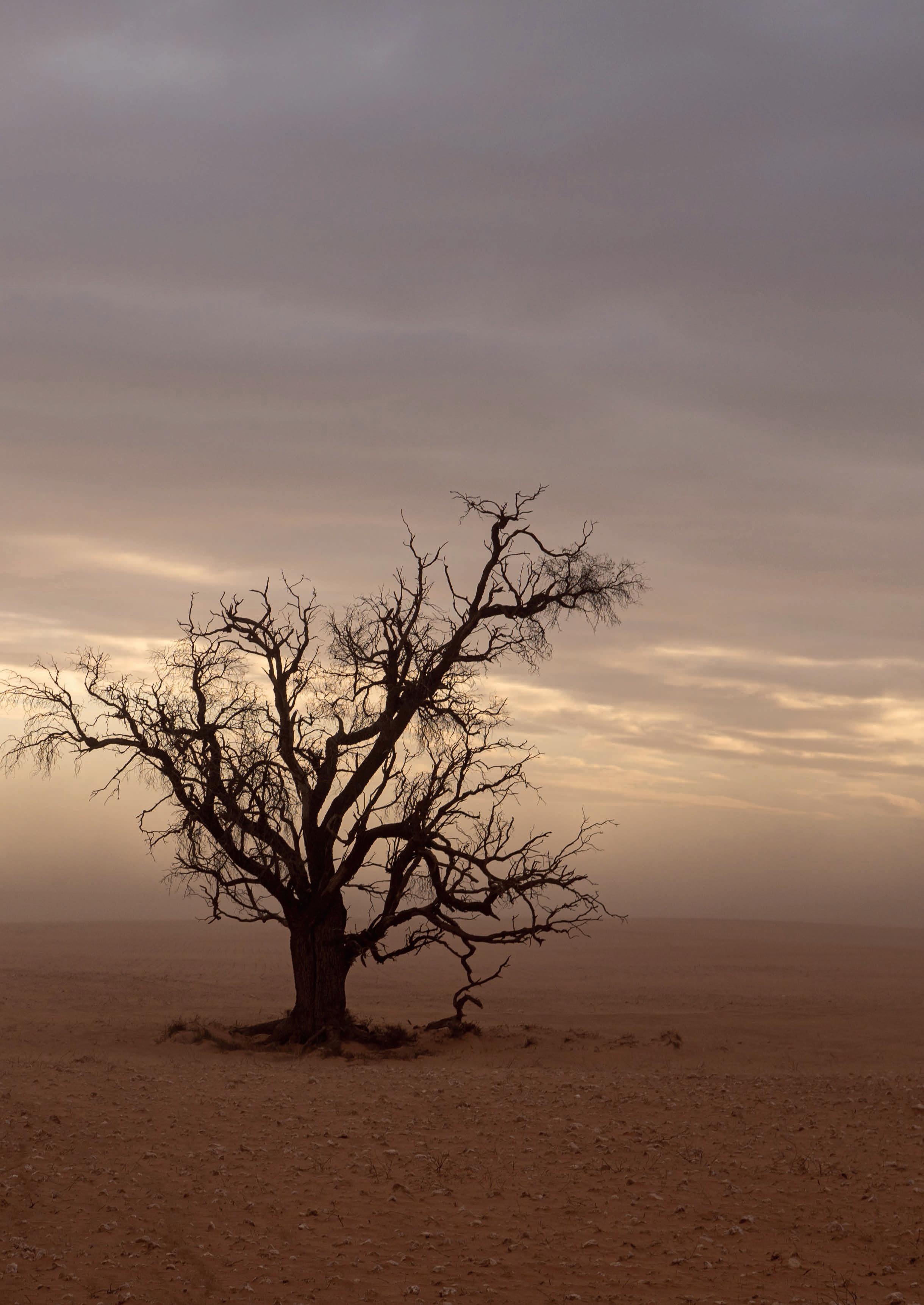
“Even the best farmers, the ones with decades of experience cannot plan for seasons like this.
“It’s also been eye-opening to hear from other industries, almond producers supplementing bee feed due to the lack of flowers, local businesses feeling the
strain, and wine grape growers forced to rip out entire vines. Machinery dealerships with empty workshops. The ripple effect is huge.”
CAPTURE: Raw and incredible photos snapped of the Mallee drought.
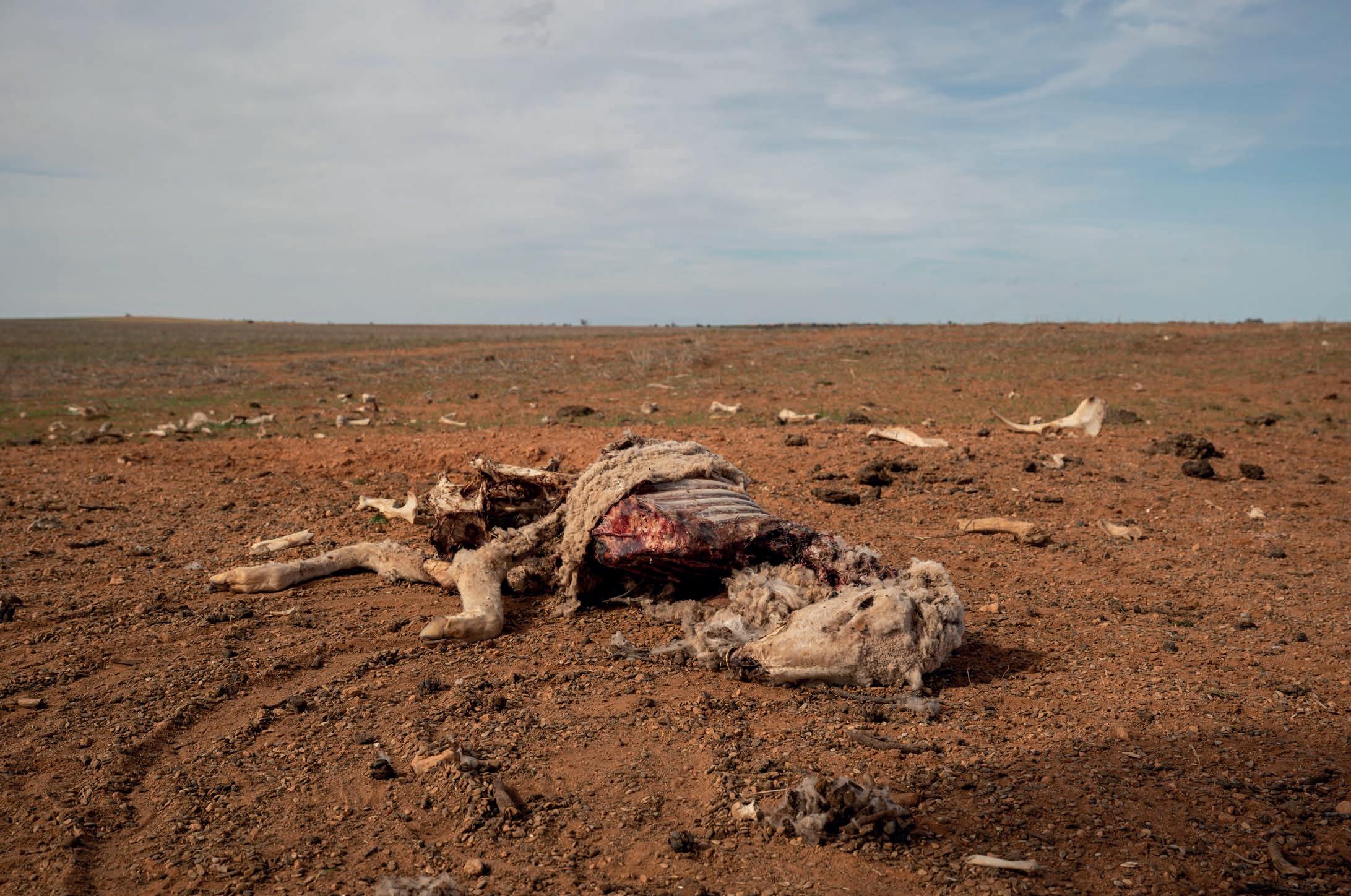

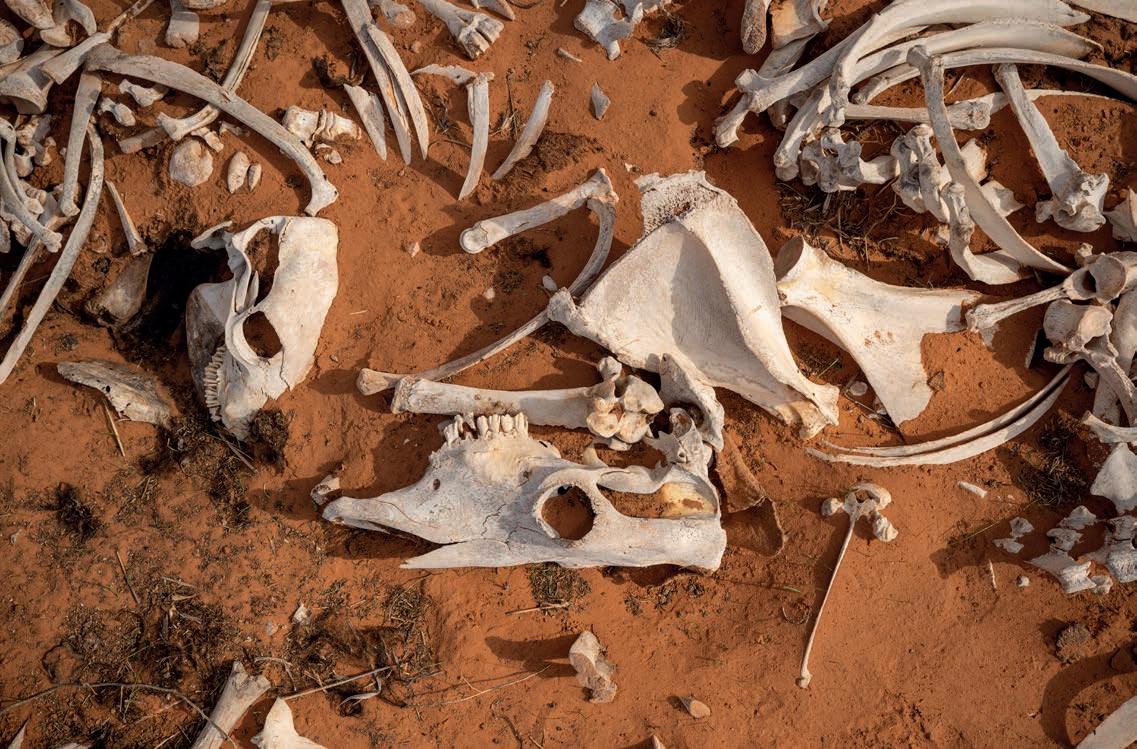



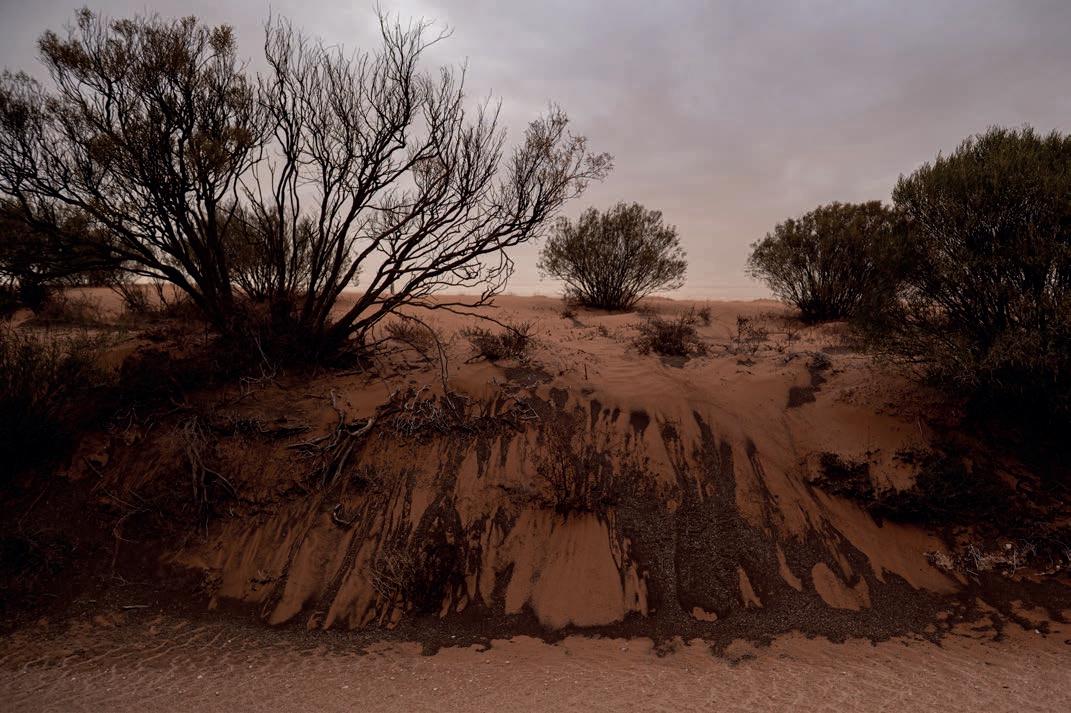
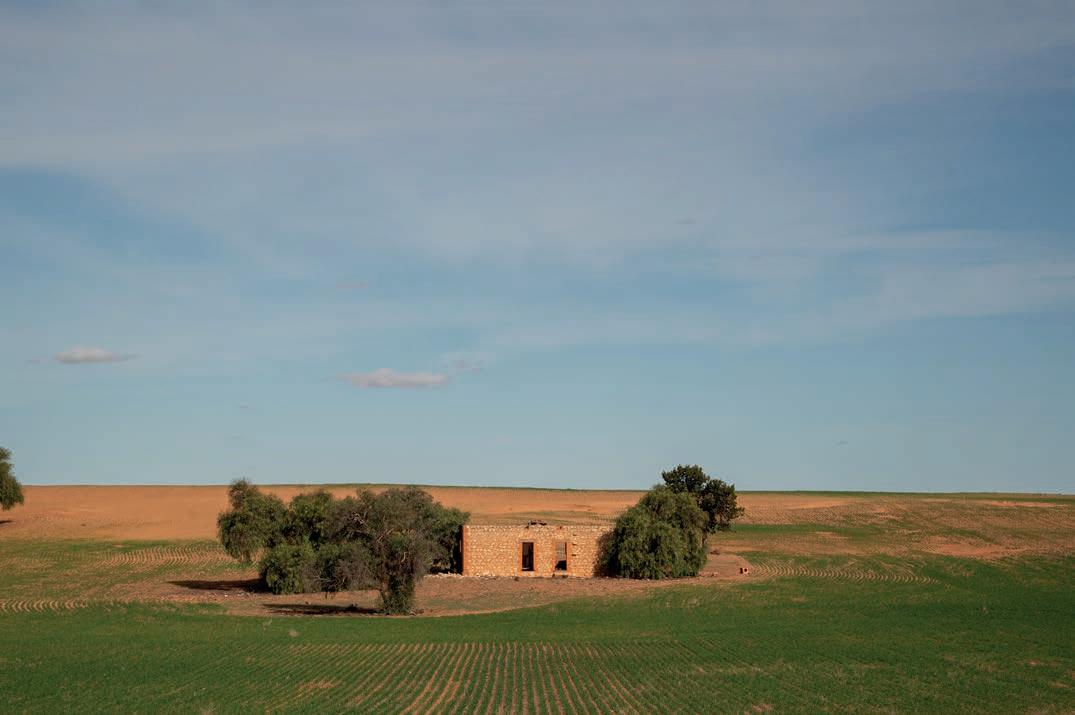
IMAGES: Riverland based photographer Rebecca Flack has captured the harsh realities on Mallee farms as part of a new project capturing the drought.
The idea for a photographic project to document the drought in the Mallee was first raised during a catch-up for local farmers at The Bugle Hut.
“It was a windy, bleak day, and on my drive home I stopped to capture the dust storm and parched paddocks,” Rebecca says.
“I shared the photos with Kiara Fisher, who posted them on Bugle Hut’s social media. The response from the community that followed her, made it clear that
photos were an important part of telling this story.
“Kiara invited me to join ‘The Farmer’s Plate,’ a grassroots storytelling campaign she initiated to shine a light on the real experiences of local farmers, their challenges, resilience, and hope. It’s about showing that farming is more than an industry; it’s people, families, and livelihoods. I was all in.
“Since then, I’ve spent a few days travelling with Kiara, visiting farms, photographing the impacts based on the stories shared, and seeing firsthand the ripple effect drought is having.
“Across our community, farming families are facing tough conversations, some even questioning whether farming is viable for them into the future, the strain is taking a toll on their mental health.
“I’m capturing the photography for the project, while Jacob Jennings will soon be filming video content, and Emerson Fielke has created a dedicated website. Together, our stories are being shared online, at community events, and through the media to raise awareness, spark conversations, and encourage support for our primary producers.”
You can follow the project on Instagram at @thank.a.farmer



Yorke Peninsula country musician lets her guitar do the talking
Tiffney Reynolds is quite clear that she’s not a farmer, nor married to a farmer. However, through her musical talents, Tiffney is putting the story of the drought front and centre. The Yorke Peninsula local recently auditioned for popular television programme, ‘The Voice’ and hopes her experience can help break the country/city divide.
Let it rain, let it pour, ‘cause I don’t know if I can do this anymore. Let the rain fall, down on me, please help me to believe it’s gonna rain”
These are the lyrics to drought inspired award winning song, ‘Let it Rain’, written more than two decades ago when the dry conditions were impacting farmers across Australia. Tiffney Reynolds thought it was appropriate to release the song as South Australian grain
producers face the driest 18-month rainfall deficit in the state’s history in many areas.
“On my way to the Senior College we were driving across the Hay Plains, and I was like ‘man it’s dry and I started writing ‘Let It Rain’. I was so lucky to win some songwriting awards with it, and I think it was one of those true country songs which made me proud of my songwriting and gave me confidence in my ability to write songs,” she says.
“The last two years have been as dry as I’ve ever seen and when I was in Sydney auditioning for ‘The Voice’ I was really shocked by the naivety of ‘city folk’ to country/rural life.
“Having discussions with people who honestly had zero idea (about the drought in South Australia) made me really want to get my song back out there to simply raise awareness.

“I’ve filmed clips on my friends’ properties, and it still amazes me that even after a little rain, they look ‘green’ but there’s not much in the crop at all.
“I have friends on the land who I speak to every day, and they are mostly accepting of the drought as they say, ‘well we can’t change it’ but they work so hard to make it through.”
Tiffney started performing country music when she was just 12 years old and quickly developed a love for the art.
“My dad always played guitar and sang, and I remember parties as a child and there was always people playing guitars and singing,” she said.

“I started at karaoke in Murray Bridge and then went into the Country Music Talent Quest scene, which quickly led into regular gigs.
“I attended Tamworth Country Music Festival many times, the Junior Country Music College twice and the Senior Academy of Country Music at the age of 17, which was amazing. I was a Telstra Road to Tamworth finalist and even a Star Maker Finalist at 17.”
In 2010, Tiffney moved with her husband to Roxby Downs seeking a fresh start and a son and a daughter followed in 2014 and 2018 putting the handbrakes on her music career.
“The kids came first, so I’ve only slowly stepped back into music in the last few years, which has been such an exciting time for me,” she says.
“I was approached by one of my husband’s friends to have a jam with him and some other music mates and it quickly turned into forming our rock band ‘Tomorrow’s Horizon’ singing nothing even close to my country roots!”
In her day job, Tiffney works at the Commonwealth Bank’s Kadina branch and has done so for the past five years. In this role she sees the day-to-day challenges for locals running a small business.
“I think working in a regional bank has really opened my eyes to some of the struggles they are dealing with,” she said.


“I love my community. I never had a sense of community growing up. I love my life.
“I’m a wife to my childhood sweetheart Geoff, I have two children – Michael and Melissa - and while that’s the hardest thing I’ve ever done, it’s the best thing I’ve ever done.”
In September 2024, Tiffney applied to blockbuster music reality television show, ‘The Voice’ and made it to the audition stage.
“The Voice’ came to Kadina in January to film some backstory footage and then I headed to Sydney in late February,” she said.
“What an amazing experience it was. The audition itself was mind blowing, something that could change my musical life forever.”

It’s a full circle moment for Tiffney who said that after she had her children music was put on the backburner and she was “really good with that”.
“The interest people have shown in my songs is overwhelming in the most
amazing way and I am blown away by the support,” she said.
“To think me, just me, could maybe make a difference and show some insight into country life is indescribable.”




The State Government’s newly launched Trade and Investment Strategy to 2030 looks impressive but behind all the infographics and buzzwords, what does it actually mean for the grain industry?
As the State Government launched what it described as the most “comprehensive strategy of its kind” for South Australia, Premier Peter Malinauskas emphasised that the state’s premium food and agribusiness exports are pivotal to its economic future. Grain, accounting for a significant share of that agri-output, is poised to reap real benefit.
Trade Minister Joe Szakacs outlined ambitious targets: increasing South Australia’s export share of economic output from 15.4 per cent to 18 per cent, raising its share of national foreign direct investment to 5 per cent.
Grain, pulses and oaten hay are explicitly featured as high-priority commodity exports in the Strategy, alongside newer growth sectors like food tech and alternative proteins. The strategy
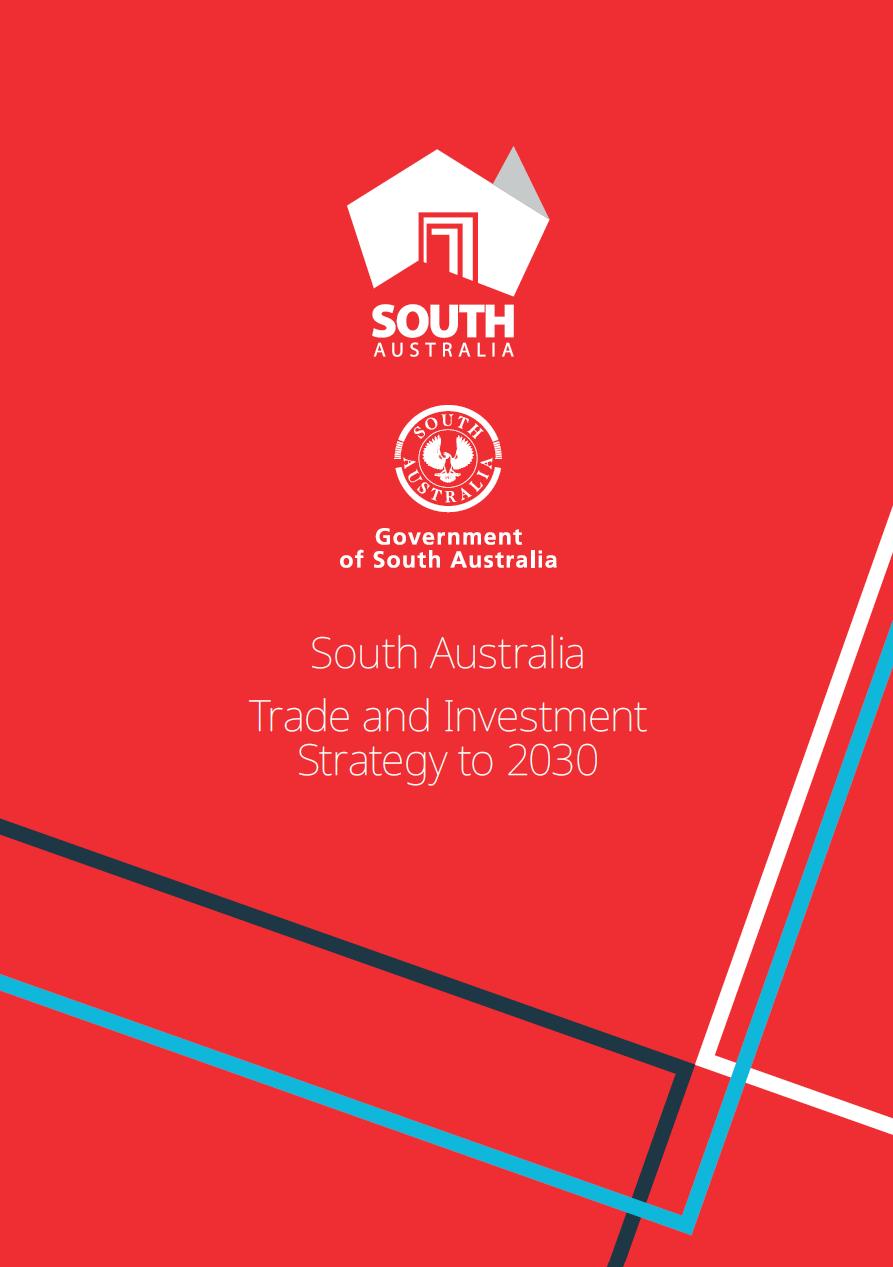
also promotes investment in tech-driven farming, value-add processing, and building sustainably circular supply chains—marking clear opportunities for grain producers to pivot beyond bulk commodity export into higher-margin, value-added streams.
The new Strategy amplifies this growth vision by focusing on opportunities in Southeast Asia, India, China, Japan, Europe, the Middle East and the US.
“Our state is on the cusp of a generational opportunity to expand our economy – for the benefit of all South Australians,” Minister Szakacs said.
“While global trade instability creates challenges, it also can create opportunities – but only if we choose to act quickly and decisively.
“We know that South Australia has what the world wants, and we are telling the world: South Australia is open for business.”
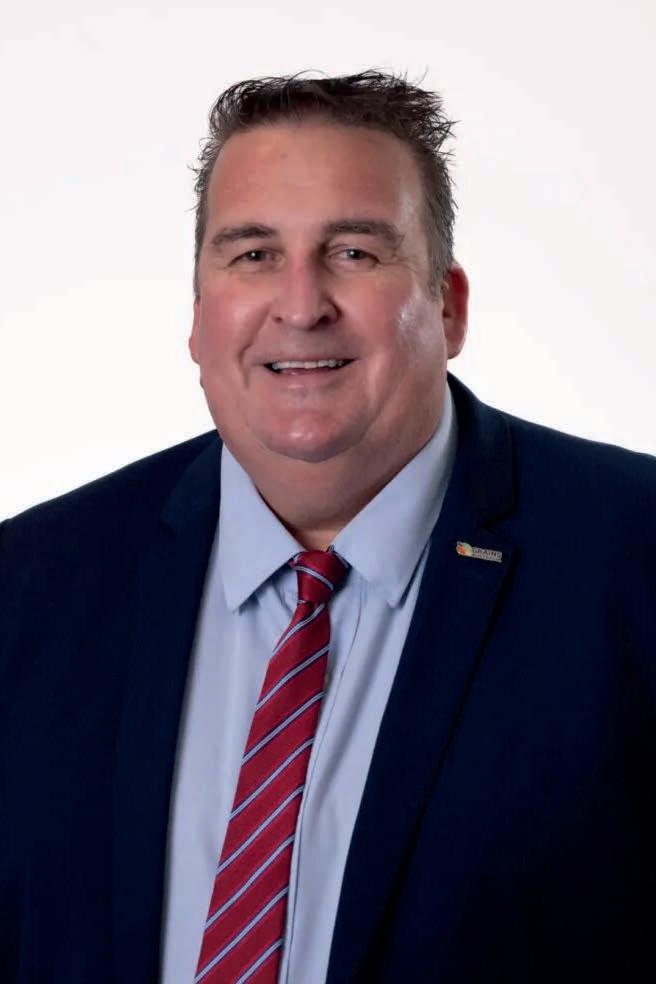
Grains Australia CEO Richard Simonaitis believes there are plenty of trade opportunities for SA grain producers despite geopolitical tensions and market barriers.


Grains Australia Chief Executive Officer Richard Simonaitis said the opportunities for the South Australian grain industry predominantly lie around tapping into emerging markets identified in the Strategy.
“There are definite opportunities to expand Malt barley sales into South American countries. The domestic market is growing rapidly in grain fed protein production and anticipated to grow in Canola crush as well,” he said.
“Over time Barley has figured heavily, feed into the middle east and FAQ/ Malt into China. Hard wheat into the South East Asian flour market has been a staple and more recently increases in lentils into India and the subcontinent.”
The large unknown in South Australia being able to deliver on the new Strategy is geopolitical, according to Mr Simonaitis.

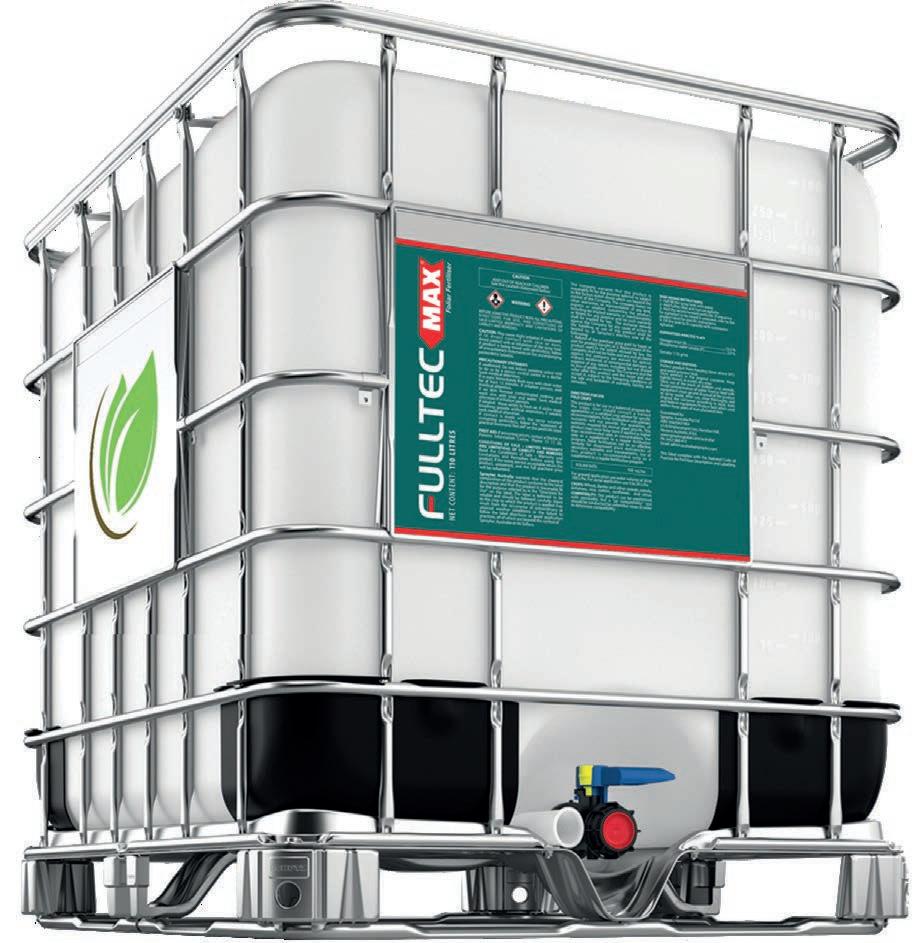

OPPORTUNITIES: South Australia Trade Minister Joe Szakacs MP launches the SA Trade and Investment Strategy to 2030 in Adelaide, recognising the pressures facing grain producers.





“Geopolitical risk is now a constant factor in grain trade - from armed conflict in key producing regions, to export restrictions, shifting tariff regimes, and changing biosecurity requirements. These pressures can disrupt supply, increase freight and insurance costs, and alter traditional trade flows almost overnight,” he said.
“Australia’s relative stability, transparent regulatory systems, and track record of meeting export commitments give us a competitive advantage in this environment.
“In an uncertain world, being able to provide that assurance means a lot to our customers.
“Even with these pressures, ABAREs forecasts the value of Australian crop exports at $40.5 billion in 2025-26, down just one per cent on last year and still the fourth highest on record. Wheat alone is forecast at $9.8 billion, up 17 per cent year-on-year on the back of strong exportable supply and tightening global stocks.
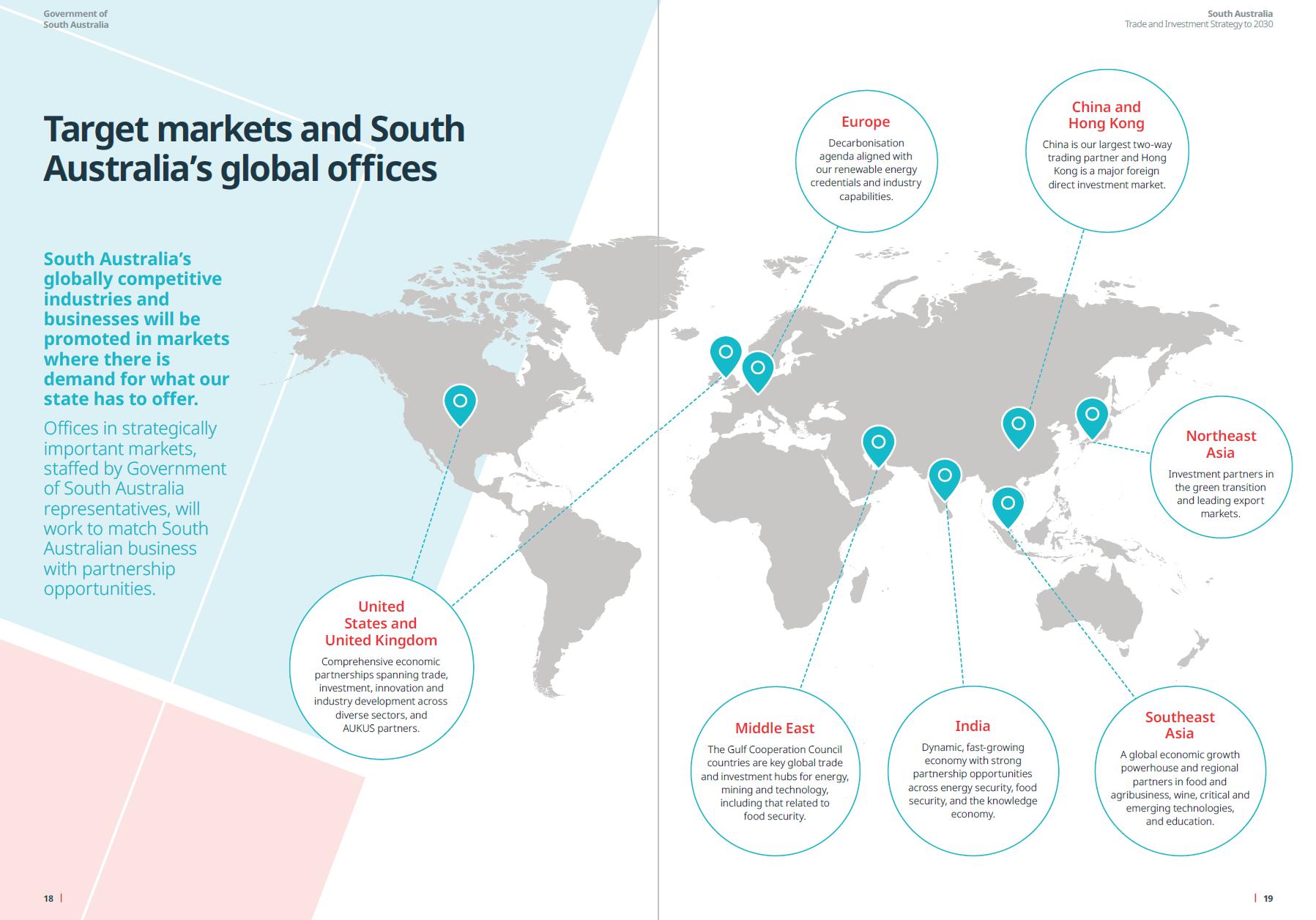
TARGET: South East Asia remains a growth market and prime target for South Australian grain exports.
“This resilience is founded by transparent quality systems, diversified markets, and the ability to meet contract obligations when other suppliers are disrupted. For South Australian
grain, that combination - consistent quality, freight advantage into Asia, and an ability to pivot to alternative buyers - is exactly what global customers are seeking in an uncertain world.”


We are making changes to the nbn network in your community. These changes are essential to Australia’s growth and mean you could experience improved connectivity with faster internet speeds, increased reliability and more choice.*


When it comes to noodles in Asia, texture is king. Consumers in Japan, South Korea and Taiwan are very particular about noodle bite — they want a smooth, chewy noodle with elasticity, often described as springiness. It may sound like a challenging ask, but South Australian grain producers are stepping up to the plate…actually, the bowl.
South Australian wheat growers could soon see their grain served up as a premium noodle in bowls across Asia, as a pioneering project uncovers new market opportunities for Australian Hard (AH) wheat.
The $400,000 project, jointly funded by the South Australian Grain Industry Trust (SAGIT) and the Grains Research and Development Corporation (GRDC), is being led by the Australian Export Grains Innovation Centre (AEGIC). It aims to position AH wheat — the largest and most valuable wheat grade produced in South Australia — as a premium option for noodle production in Taiwan, South Korea and Japan, an opportunity estimated at $95 million annually for South Australian wheat.
Traditionally, Asian markets have recognised Australian Prime Hard (APH) and Australian Noodle Wheat (ANW) as the top performers for noodle quality. APH, produced mainly in northern New South Wales and Queensland, is used in Japanese ramen and Chinese noodles, while ANW, grown in Western Australia, is valued for Japanese
and Korean udon. Together, they make up around 10 per cent of Australian wheat production.
By contrast, AH wheat dominates South Australian production and has largely been channelled into bread markets — both domestically and in the Middle East. While it has been used for noodles to some extent, it hasn’t been promoted or valued as a premium noodle wheat.
That may be about to change.
AEGIC Senior Research Scientist and Project Lead Dr Siem Siah said recent trials with major flour manufacturers in Taiwan, Japan and South Korea have demonstrated AH wheat’s potential.
“The concept for this project emerged from our collaborative efforts with a well-regarded flour and noodle manufacturer in Southern China during the COVID-19 pandemic,” she said.
“Throughout this partnership, the manufacturer explored various Australian wheat samples featuring different protein levels.
“They found a particular variety of wheat that yielded noodles with notably desirable sensory quality attributes, such as a harmonious balance of elasticity, firmness, surface elasticity, and stability in hot soup.
“Interestingly, the reasons for these exceptional qualities could not be solely explained by protein content or other physicochemical factors. We speculated that the underlying genetic trait related to the null-4A basis could be key, warranting further investigation.
“The noodle manufacturer expressed interest in acquiring this particular type of wheat. However, navigating this process proved to be challenging due to the limited understanding of this wheat type and the complexities of the wheat import system in China, which is predominantly managed by their central government.
“We believe that there is potential for other East Asian countries to appreciate similar characteristics in noodle quality, and thus we proposed a collaborative study with manufacturers in the region to explore this opportunity further.”

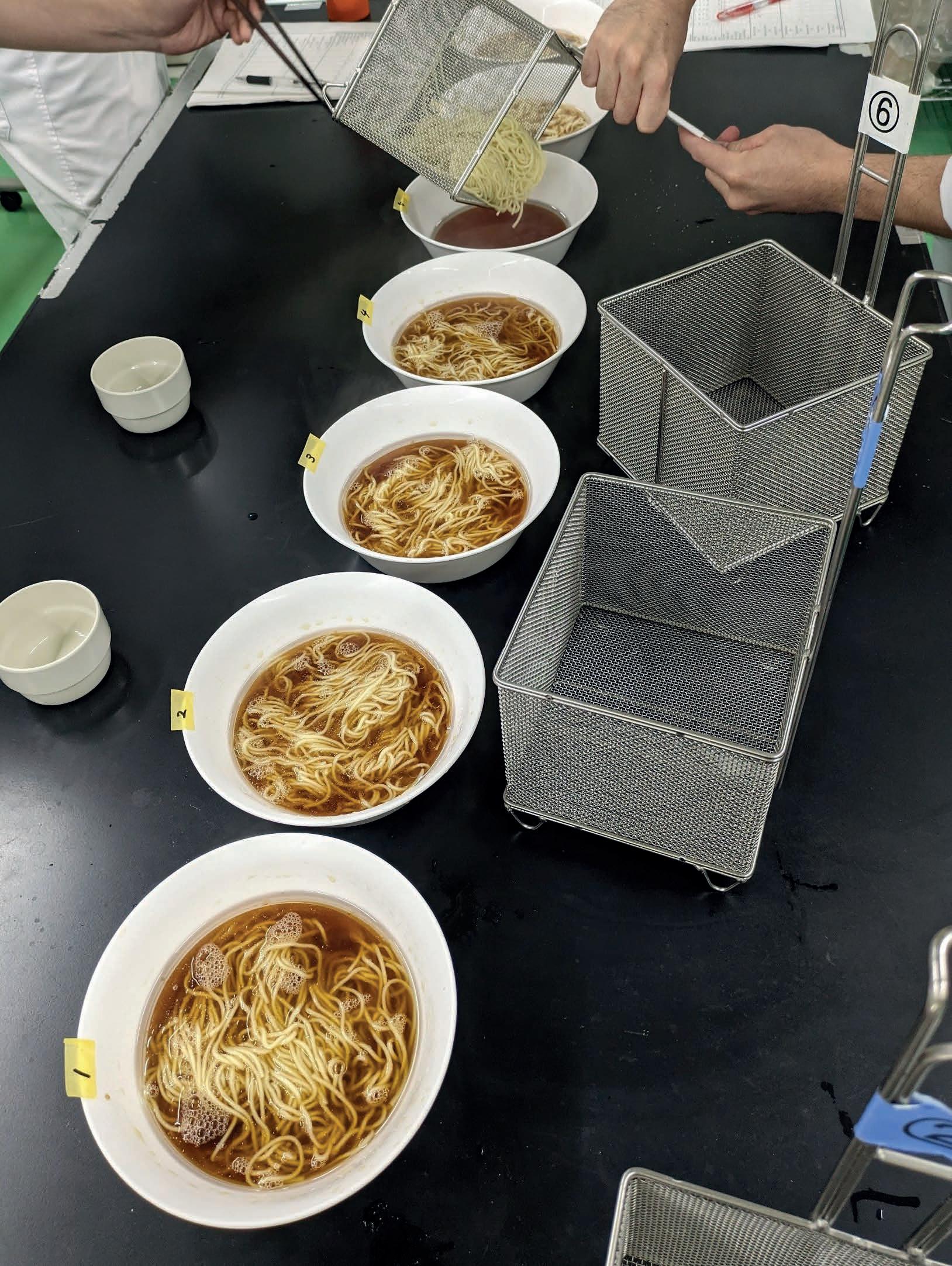
The null-4 A wheat varieties lack a protein that normally makes amylose starch, giving the noodles a distinctive texture that resonates strongly with consumer preferences in Asia.
In Taiwan, where the largest flour mill currently relies on imported American and Canadian wheat, AH wheat impressed in sensory tests for overall texture, colour and eating quality. With Taiwan importing around 1.4 million tonnes of wheat annually, the opportunity is significant.
“We have had the opportunity to conduct laboratory-scale trials with key flour mills in Taiwan, Japan, and South Korea, and the results indicate a promising performance of AHN in their noodle products,” Dr Siah said.

ON TRIAL: South Australian wheat made into noodles being trialled in Asia for the perfect characteristics that consumers are seeking.
“This positive momentum is further reinforced by a recent pilot container trial, in which one of these flour mills acquired 400 metric tonnes of AHN, demonstrating consistent results.
“Nonetheless, it remains crucial to carry out additional trials and closely monitor the quality of future shipments to validate these findings. Furthermore, we recognise that the successful commercialisation of this venture will hinge on effective pricing negotiations and a variety of other important considerations as we progress.”
The next step is scaling up. In 2025, AEGIC secured funding for an addi-
tional three-year project to progress the development of these new markets. This work will:
• Continue laboratory testing to identify AH varieties best suited for premium noodle products.
• Conduct container-scale trials with mills in Taiwan and South Korea.
• Develop strategies for Japan, targeting the ramen market and establishing pathways for bulk shipments of South Australian AH wheat in collaboration with growers and suppliers.
As demand for quality noodles continues to rise across East Asia, the poten-
tial is clear. With the right varieties, the right engagement, and the right supply chains, South Australian wheat growers may soon find their grain featured in some of Asia’s favourite noodle dishes — and reaping the rewards for it.
“The project represents a significant opportunity to address the considerable demand for hard wheat with a medium-high protein level, akin to AH2, within the East Asian noodle market,” Dr Siah said.
“Currently, this demand is largely being met by producers in the United States and Canada. For instance, about 36 per cent of the approximately 1.2 to 1.4 million metric tonnes of wheat imported annually into Taiwan is allocated to the production of noodle products, which predominantly require hard wheat with a medium-high protein content. Similarly, roughly 17 per cent of Japan’s total wheat usage—approximately 5.75 million metric tonnes, with over 80 per cent being imported—is utilised for ramen production, which also necessitates hard wheat with medium-high protein content.

“Our collaborative efforts with leading mills in Taiwan and Japan have highlighted that AHN offers noodle sensory quality characteristics that align well with the preferences of these significant markets. However, to fully realise this potential, further trials and scaledup studies will be essential, as well as strategic approaches to influence purchasing decisions over time.
“While AHN may attract a premium price, the broader benefits may stem from enhancing the competitiveness and sustainability of Australian wheat supply in light of the steady demand from East Asia.
“This endeavour also has the potential to strengthen trade partnerships with these esteemed markets.”




Transmission network operator ElectraNet is investigating a major upgrade to South Australia’s electricity network.
Known as the Northern Transmission Project (NTx), this proposed upgrade will help support economic growth, enable large-scale renewable energy projects and strengthen the transmission network for future industrial expansion.
Still in the early planning and feasibility stage, the project is considering two new transmission lines:
North (at Bundey substation near Robertstown) to Whyalla
This transmission line aims to ensure adequate network capacity and supply for future large-scale industrial loads in regional areas, supporting economic growth and opportunities for new investments and jobs in regional SA. In addition, this would provide new options for electricity generators to connect into the grid, allowing for a broader spread of renewables across the state, rather than increasing their concentration within existing locations.
substation)
This transmission line aims to enable industrial and economic development by expanding energy transfer capacity into Adelaide and support ing our transition away from fossil fuels for electricity generation. It would also enhance our energy security by providing an alternate transmission route to Adelaide, reducing the risk of disruptions from extreme weather events, such as bushfires.
A proposed location (route) for these transmission lines has not yet been decided but early engagement and route development has identified a number of potential corridors.
We’re out and about in the project region currently, speaking to locals because ongoing landholder and community engagement is central to our approach -we are keen to hear from stakeholders and communities, from Bolivar to Whyalla.
To find out more about the project and see a map of the potential corridors, please visit our website at www.ntxproject. com.au, which offers several easy ways to join the conversation:
• Share your thoughts and concerns on our online survey
• Use our interactive map to comment on locations of interest
• See a list of local events and information sessions available in your area where you can talk to the project team and help us understand what matters most to you and your community.
NTx@electranet.com.au
08 8404 7490
NTxProject.com.au
Join the conversation
You might not spot them from the roadside, but out in South Australia’s cropping paddocks a quiet revolution is underway — and it’s being led by robots.
The future of weed spraying is no longer just a conversation about nozzles and tank mixes. It’s about robots rolling across paddocks day and night, using cameras, sensors and Artificial Intelligence (AI) to target weeds with centimetre-level precision.
For grain producers battling stubborn weeds, high input costs and a shrinking labour pool, robotics is moving from trial to reality.
Entrepreneur Jordy Kitschke operates a South Australian start-up called Flux Robotics. Ever since he was little growing up in the Mid-North, there was one challenge that was evident.
“I remember standing in this (Jamestown) paddock with my grandpa when I was a kid as we were watching a 600 horsepower (hp) tractor putting a crop in, and he shook his head and said ‘you know I used to plough paddocks with horses when I was a kid’,” he said.
“I remember thinking, if we’ve gone from six horses to 600hp in his lifetime, what will it look like when I’m his age? I remember thinking ‘well it’s probably not a 60,000hp tractor’”.
Jordy and his team have created the Onyx sprayer, which identifies and targets individual weeds, and more recently the Rover, an autonomous solar robot to manage weeds. The Rover, with millimetre precision can remove the weeds or treat them with pesticides, is rolling out of the Flux
manufacturing sheds and onto South Australian cropping farms in areas like the Adelaide Plains, Mid North, Eyre Peninsula and Yorke Peninsula.
“Part of the idea behind the Rover is to free up time for the farmer, so rather than sitting in a boom sprayer you can just let the Rover go 24/7,” Jordy said.
“We’re working on ultra-high precision applications through robotics.”
“Our robots are three metres wide and fully autonomous. They can see individual plants down to the size of a five-cent coin and apply treatments directly to them. That’s the level of precision we’re looking at.”
- Jordy Kitschke
Jordy believes efficiency is now the battleground for Australian grain growers.
“I think the challenge Australia’s got is we’re competing in global markets for grain production, and we’ve already become so efficient. Other grain exporting countries are still rapidly improving their production,” he said.
“I think one of the big opportunities for us is to become more efficient with our input costs because input costs have gone up but grain prices haven’t necessarily gone up in the same light, so margins have shrunk.
“So, to get that margin back, I really think we need to start getting input costs out of the system as much as we can. It’s technologies like automation that hopefully will bring those margins back.”
He draws a parallel between robotics and the rise of AI tools like ChatGPT.
“I would expect that we see the same rapid evolving of robotics and AI technologies for grain farmers. Now that they’re on farm, they can only get better, faster, and more effective and start to do more things in the production system,” Jordy said.
Queensland-based SwarmFarm Robotics is also a leader in the autonomous robot space, with its ‘SwarmBots’ designed to work as an open platform where farmers choose the tools they need. The adoption of SwarmBots is already occurring in South Australia.
Co-founder Andrew Bate said farmers want autonomy, but not at the cost of independence.
“Farmers aren’t just looking for robots, they’re looking for freedom,” Mr Bate said.
“Freedom to choose their own tech, freedom to fix their own machines, freedom to farm their way. Integrated Autonomy isn’t just a bunch of SwarmBots in the field—it’s an open platform where farmers, innovators and implement designers all win.

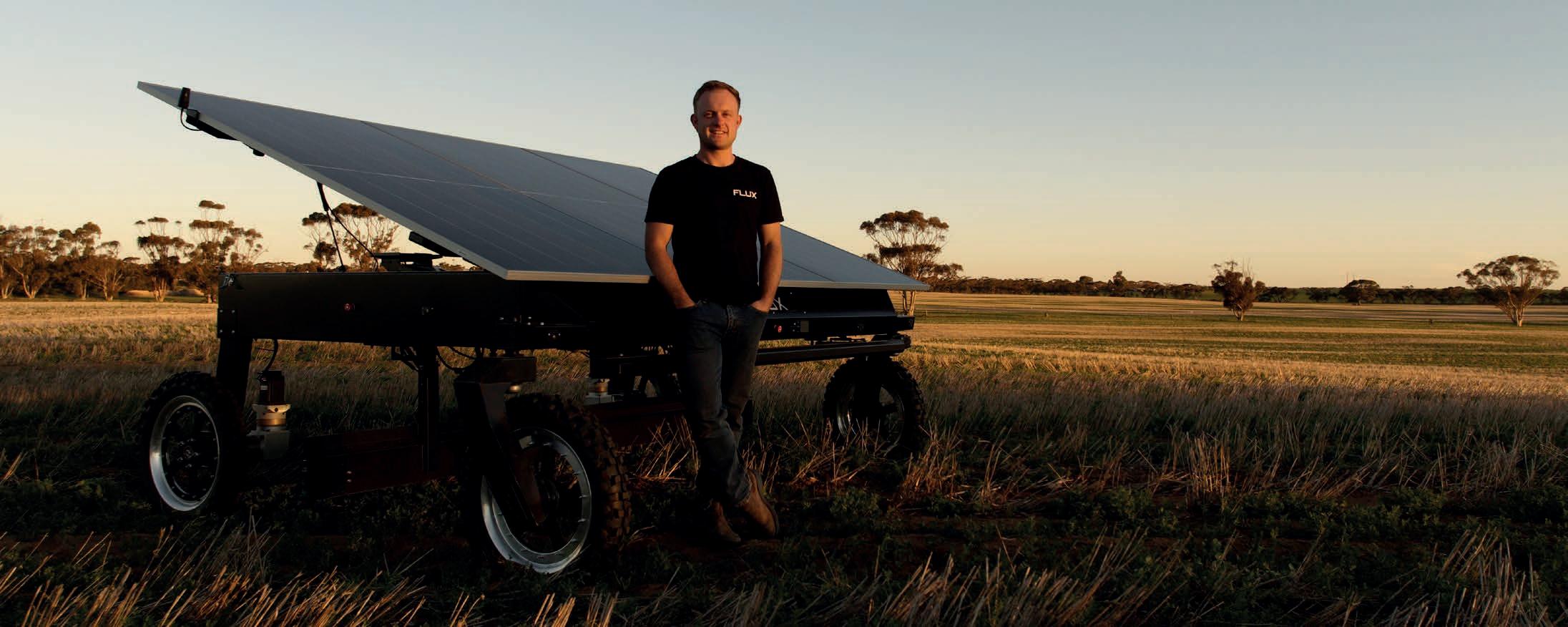
FUTURE: Flux Robotics founder Jordy Kitschke is seeing greater adoption of autonomous solutions on South Australian cropping farms as the cost of inputs continues to bite.
“We’re not seeking to automate agriculture. At SwarmFarm we’re creating new farming systems from the soil up.”
Andrew said the journey to creating SwarmBots started off in a different direction on their Queensland farm.
“Our farm went big, and just like most everyone else, I signed up for the promise of efficiency. I bought 400plus horsepower tractors, 36-meter spray booms - bigger, faster, stronger…more optimized equipment,” he said.
“But over time I began to experience the side effects of this new-found efficiency. I realized that while our ever-scaling equipment was made to cover a lot of ground, it wasn’t made to nurture that ground the way I hoped it would.
“Our soils were becoming increasingly compact under our heavy machinery. Our chemical applications were imprecise and wasteful. And most of all, our yields were not keeping up with our ever-increasing size and scale.
“I began to think through what it might mean for our farm if we were able to adopt a different mindset towards the productivity of our equipment - what if more acres didn’t have to mean bigger machines? What if the answer to rising weed pressure was a more specific application method? What if we could produce the crops we
needed today while laying the groundwork for better yields tomorrow?
“A few short years later, we deployed our first SwarmBots on our farm and we started realizing the benefits of this fleet of small, autonomous robots.”
Today, SwarmFarm has successfully deployed autonomous robots to farmers who have covered over two million hectares, operated for 220,000 hours, and reduced pesticide inputs by more than five million tonnes.
One of those South Australian grain producers to put this into practice is Andrew Sargent of Appila, who recently adopted a SwarmFarm robot with a trailing WeedIt sprayer. Speaking to the Stock Journal, Andrew said the shift was driven by labour shortages.
“We already had a WeedSeeker, but we were struggling to find people to sit in it. It was either get a bigger WeedSeeker or look at something different. Predominantly, we bought this to do summer weed control,” he said.
“When it’s running and behaving itself, it’s pretty straightforward. We can’t spray 24 hours a day, but the robot can roll all night.”
Over summer, the robot covered almost 2900 hectares on Andrew’s farm.
“Everyone’s still learning their way with this,” he said, “but I reckon it’s been the right move for us.”
Barunga Grains’ James Venning, who also serves as a GPSA Director, believes the story is less about one breakthrough and more about stacking technologies together.
“I don’t see one technology coming through that’s an absolute game changer. It’s the refining of existing technologies and some analysis tools that, when stacked together, can create real value,” James said.
“Technology has and always will be the tool that takes us to new frontiers. You can often see it with generational farmers. The younger generation is not always a better farmer than the older generation but the tools they have at their disposal allow them to improve productivity to levels that their ancestors could never have dreamt about.
“Entrepreneurs are continuing to look at using robots and drones to solve on-farm challenges, how far away do you think it will be before this type of technology is used every day by farmers? It’s coming and in some cases it is already here.
“It won’t be a flick of a switch though. Farming is like a factory but far from a
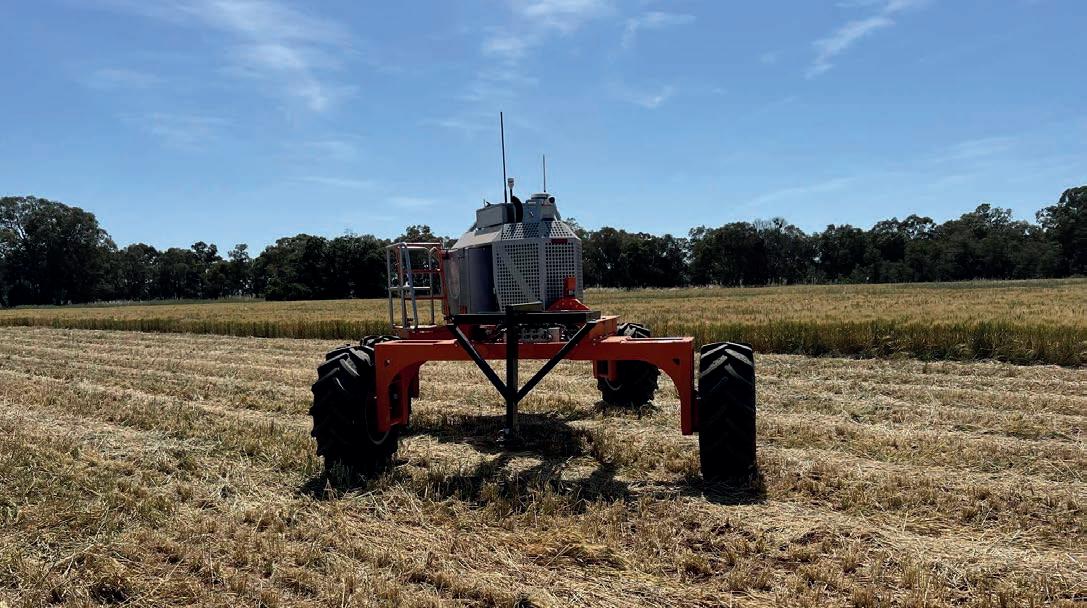
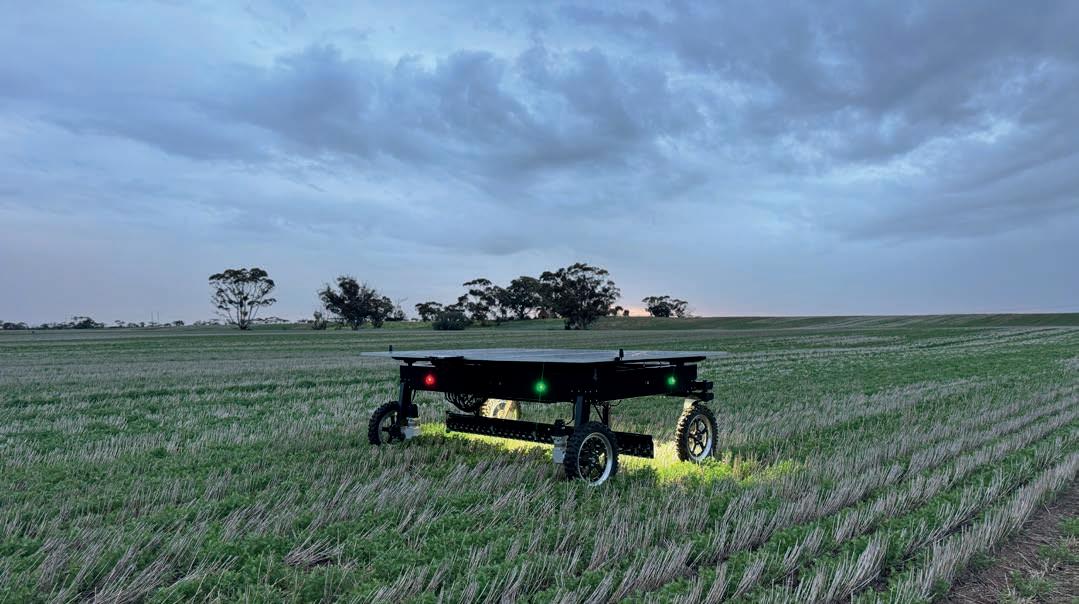
BOTS: Flux and SwarmFarm are both providing commercially available autonomous robots addressing weed issues on grain farms using state-of-the-art technology.
controlled environment, so sometimes what we think should be possible requires so many hurdles and hoops to jump through. Next year it will be 10 years since Case announced their cabless autonomous tractor, yet as far as I know there is no commercially available machine yet.”
The Yorke Peninsula grain producer has adopted variable rate controllers, soil mapping, weather stations, moisture probes and protein mapping on his farms. In the future, James sees robotics and AI pushing precision to even finer detail.
“In the future I believe we will see accuracy get down to a smaller pixel size to spot out a weed or apply nutrition and we will have more powerful data sets to make better
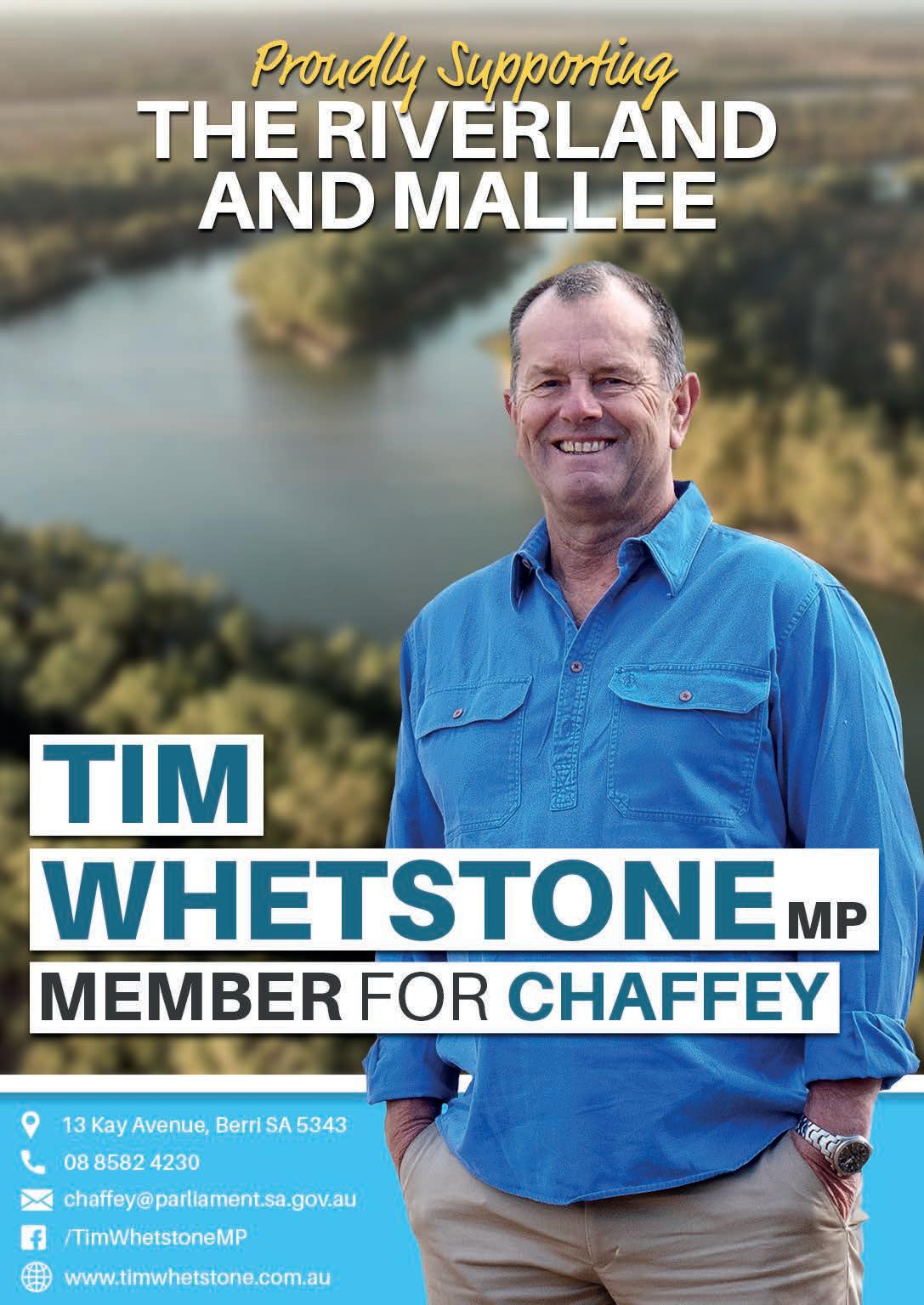
decisions that could be in the form of plant health maps made by satellite data and predictive AI,” he said.
“AI can process or analyse large datasets that have never really been possible before. It may be as simple as asking a chat bot for spray options for a certain weed in a certain crop. It will trawl through labels, trial data and recommendations to give you options.
“You could also get AI to trawl through your yield maps for the last 20 years and find the worst performing areas. You could then soil test them or ask it if it can draw any conclusions and consistencies and then suggest any remedies.”
For the Society of Precision Agriculture Australia (SPAA), the shift to robotics is part of a broader trend towards smarter input use.
Executive Officer Angelique McAvoy said grain producers are already embracing precision tools like variable rate technology and green-on-green optical spraying.
“These targeted approaches not only reduce waste but also help manage risk and improve overall productivity.
“Automation and robotics are quickly becoming game-changers, but adoption depends on how well they align with growers’ real challenges. Behavioural hesitancy, upskilling, and timely support remain barriers. The fastest progress will come when innovators listen, adapt and co-develop practical solutions with farmers,” Angelique said.
For South Australian grain producers, robots aren’t a futuristic dream—they’re already working in paddocks from the Adelaide Plains to the Eyre Peninsula and beyond. The technology isn’t perfect yet, but it’s improving fast, and the benefits—labour savings, chemical efficiency, and aroundthe-clock operation—are too big to ignore.
As Jordy Kitschke puts it: “Robotics is here now. And just like AI, it’s going to evolve rapidly. The question isn’t if—it’s how fast we adopt it, and how we make it work for our farming systems.”
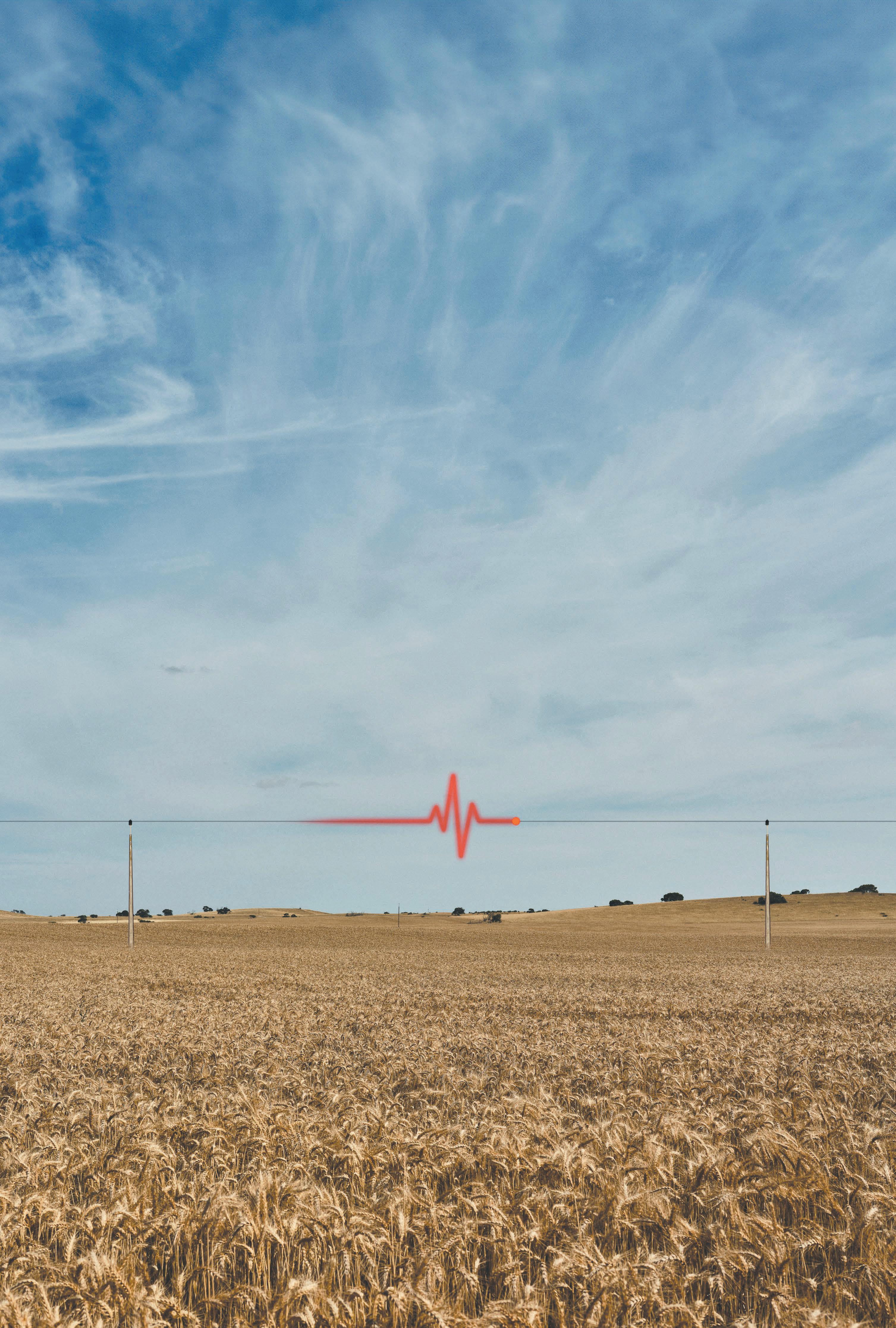

When the Adelaide Crows ran onto Adelaide Oval on 20 July for their clash with the Gold Coast Suns, it wasn’t just another AFL home game. It was the first ever AFL Drought Support Match—a landmark event that brought the struggles of South Australia’s grain producers to the centre stage of the nation’s most popular sporting code.
For many of the more than 3,000 farmers and their families who filled the stands, the match provided rare and much-needed respite from the stresses of one of the driest years on record. It was a day to share their stories, reconnect, and feel the solidarity of a broader community.
The idea for the Drought Support Match didn’t just fall from the sky. It was the result of months of advocacy and behind-the-scenes work by Grain Producers SA (GPSA).
As Chair John Gladigau explained, GPSA saw the opportunity to combine the cultural power of football with the pressing need to raise awareness and funds for drought support.
“We wanted a platform that could shine a light on the drought in South Australia—something that would bring farmers’ stories into the heart of Adelaide. Footy is part of our culture, and the AFL provides a stage that reaches beyond the farm gate. It was the perfect way to highlight both the hardship and the resilience of our producers,” he said.
GPSA formally wrote to Premier Peter Malinauskas with the idea for a dedicated AFL drought support round. The Premier, Minister Scriven and State Government backed the idea, securing the support of the Adelaide Crows and ensuring the July 20 clash was dedicated to farmers, as well as contributing a $100,000 donation to the Rural Business Support Relief Fund.
The match wasn’t just about awareness—it delivered tangible support. More than 3,000 free tickets were made available to drought-affected farmers, shared between GPSA, Livestock SA and the SA Dairyfarmers’ Association. Families from the Mallee, Upper North, Eyre Peninsula and beyond made the trip to Adelaide, some travelling hundreds of kilometres for the chance to attend.
Fundraising efforts during the game also raised $115,000, which went directly to drought support programs. This included $500 donated by Foodland after every Crows goal.
For Mr Gladigau, that figure tells only part of the story.

“Yes, the money raised is important, but the real impact was seeing farming families smiling, taking a break, and knowing that their struggles were being recognised in front of 45,000 people at Adelaide Oval. That visibility matters,” he said.
The AFL Drought Support Match attracted national media coverage, with outlets highlighting both the scale of the drought and the community response.
It gave GPSA and other agricultural organisations a chance to speak directly about the challenges farmers have faced over the past 18 months.
For many in the crowd, it also offered something simpler: pride.
“Rural South Australians saw their work and their hardship acknowledged on one of the biggest sporting stages in the country,” Mr Gladigau said.
GPSA believes the Drought Support Match could serve as a model for how sport, government and industry can come together to support regional communities in tough times.
“Once the drought has broken, we see merit in turning this into an annual match celebrating the contributions of our farmers and farming communities,” Mr Gladigau said.
“This event showed what’s possible when we think differently about advocacy—when we bring the farm message into places where it doesn’t normally go. That’s the type of engagement GPSA will continue to pursue.”
As the final siren sounded and the Crows walked off with a victory, the result on the scoreboard mattered little compared to the bigger win for drought-affected South Australians. The Drought Support Match proved that footy, community and advocacy can combine to kick real goals when it matters most.


BREAK: Yorke Peninsula grain producer Matthew Davey appreciated the opportunity to attend the Drought Support Match with his daughter Abigail.
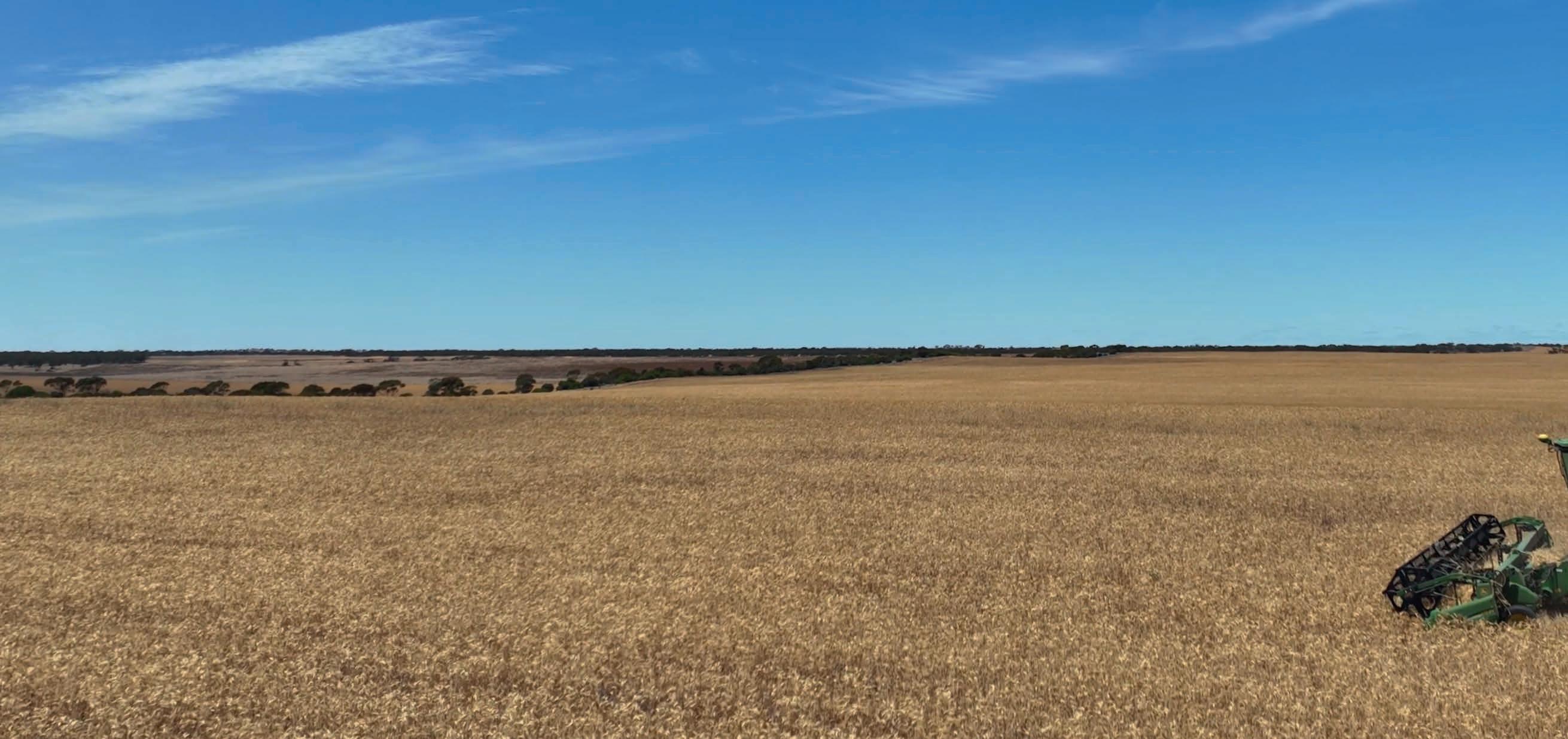
South Australia’s farmland market is showing signs of cooling after several years of strong gains, as drought, high costs and tighter financing conditions weigh on sentiment. While values remain resilient in many regions, the past 18 months have seen a clear shift towards more cautious buying behaviour and tighter supply. So, when it comes to cropping land value in South Australia, what will happen next?
According to The Office of the Valuer-General’s Year in Review 2024, the South Australian primary production property market was “shaped by a combination of climatic adversity, evolving investor sentiment, and shifting agricultural dynamics”.
The South Australian Valuer-General, Katherine Bartolo, stated in the Report that a defining influence was the severe and widespread drought conditions, with rainfall across all cropping regions falling to levels among the lowest on record.
“This prolonged dry spell, compounded by a dry finish to 2023 significantly reduced soil moisture and crop yields, particularly in marginal regions where some crops were abandoned or repurposed for grazing,” she said.
“Despite these challenges, demand for agricultural land remained relatively strong, especially for high quality,
well-located holdings. Investors continued to view farmland as a long-term asset class, with interest buoyed by the sector’s historical resilience and potential for capital growth.
“However, the climatic volatility prompted more cautious acquisition strategies, with buyers increasingly focused on water security, soil quality, and diversification potential.
“Additionally, operational pressures such as rising input costs of fuels, fertilizers and labour shortages posed operational challenges for producers, influencing purchasing decisions and farm expansion plans.”
According to the Rabobank Farmland Value Report 2025, the value of South Australian farmland increased only 1.7 per cent in 2024, lifting the median price to $7,825 per hectare.
This was the State’s smallest annual rise since 2016, signalling a marked slowdown compared to the boom years of 2020 to 2022.
The Report found the cooling market reflected substantial rainfall deficits, high borrowing costs and elevated input prices, which made buyers more hesitant to outlay significant funds.
Transaction volume also continued to decline, with 650 farmland sales recorded in 2024 — down 7.5 per cent year-on-year and more than 17 per cent lower than three years ago. Tighter supply was partly due to landholders holding onto properties during the drought, as well as long-term consolidation reducing the amount of land coming onto the market.
The Report highlighted strong regional contrasts: the Yorke and Mid North surged by more than 25 per cent, while Kangaroo Island also recorded a lift. More moderate growth was seen in the Lower South-East and Murray and


VARIABLE: Rabobank’s Report shows the distribution of sales on a land price-per rainfall basis in SA.
Mallee, while the North and Eyre Peninsula both softened after earlier strong years.
Experts are predicting 2025 to bring a further plateau, with equity-backed farmers remaining the key buyers and leasing continuing to attract interest from smaller operators priced out of ownership.
Bendigo Bank Agribusiness SA’s Neil Verringer noted that the market had entered a plateau period.
“The farmland market continued to plateau across 2024 as demand cooled on the back of challenging conditions. Tighter supply offered some support for values, particularly in more productive areas, but properties in marginal regions reported greater price volatility,” he said.
Elders’ Rural Property Report noted that South Australian farmland values contracted around eight per cent in
the third quarter of 2024 and are now 18 per cent below the peak recorded in 2023. Sales volumes fell 45 per cent on the previous quarter and the value of sales dropped 47 per cent compared with the same period last year.
“After a long run of good seasons, rising land prices and record results, the dry spell has seen momentum shift,” Elders State Rural Sales Executive Adam Chilcott said.
“Property price expectations must be realistic to achieve a sale outcome in

the current environment. For those on the sidelines, take note — it always rains at the end of a drought.
“After a long run of good seasons, rising land prices and record results, the dry spell has seen momentum shift.”
The NAB Regional and Agribusiness Horizons Report points to a different dynamic in the broader agricultural property market: strong interest from corporate and foreign investors.
NAB highlighted that in 2024, more than 265,000 hectares changed hands
nationally at a value exceeding $1.2 billion, with United States investors accounting for the lion’s share of purchases.
“In 2025, we expect strong activity and valuations in the $25 million plus and $50 million plus segments, given the continuing appeal of agricultural property to foreign investors and high net worth buyers,” the Report noted.
Established producers are also tipped to be active in the $5 to $15 million bracket.”
While some regions in the southeast, including South Australia, saw softer conditions due to drought, the NAB outlook is that agricultural property
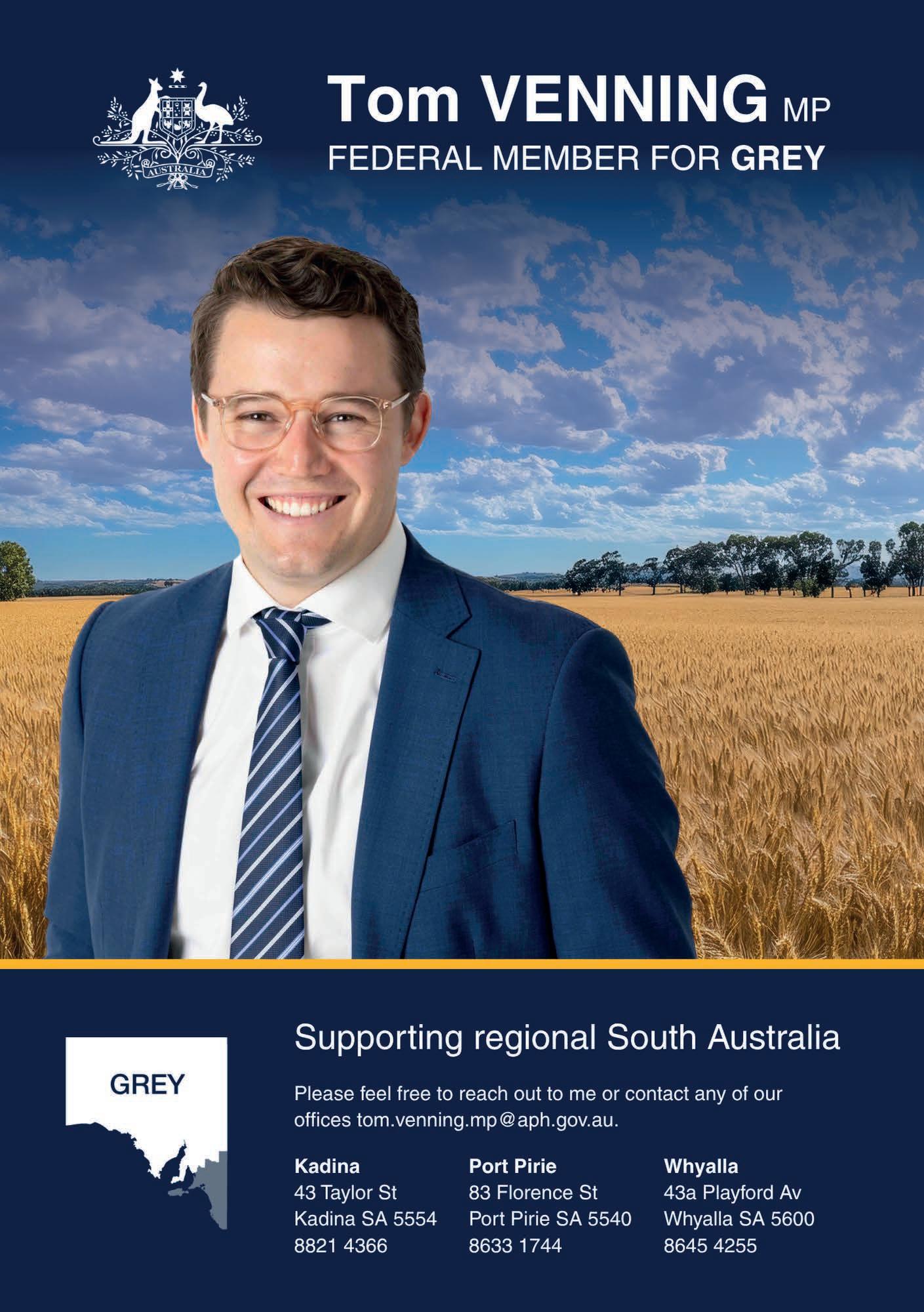
will continue to attract large-scale capital in 2025, particularly with interest rates easing further.
Will Sumner, Executive for Transaction Services Agribusiness at Colliers, said the drought has made buyers take a more cautious approach to new acquisitions.
“As a result, the volume of transactions has declined and so the full effect of the drought is yet to be fully reflected in land values,” he said.
Mr Sumner noted some operators were restructuring.
“There’s certainly an element of consolidation occurring in the market, with some operators electing to sell noncore assets to reduce debt and streamline operations.”
“The prolonged dry conditions, together with elevated interest rates and rising input costs, have certainly put stress on farm cashflows.”
- Will Sumner
Looking forward, Mr Sumner said recent rainfall and the Reserve Bank of Australia’s August rate cut had provided some relief, but the longer-term outlook would hinge on the outcome of the 2025–26 growing season.
“Demand also continues for large scale opportunities, where institutional investors remain eager to deploy capital into continuous cropping operations and grazing-to-cropping conversion opportunities, particularly where scale and productivity can be leveraged,” Mr Sumner said.
Across the data and expert commentary, a clear picture emerges: farmland values in South Australia have cooled but not collapsed. Prime regions like Yorke Peninsula and the Southeast continue to attract strong interest, while marginal areas are seeing declines.




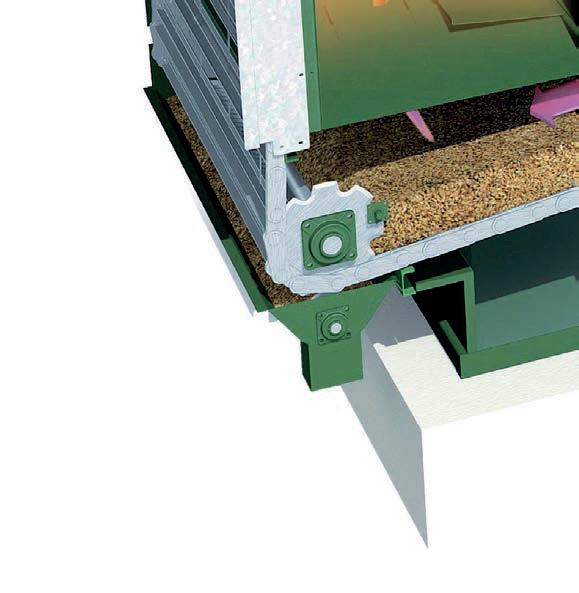
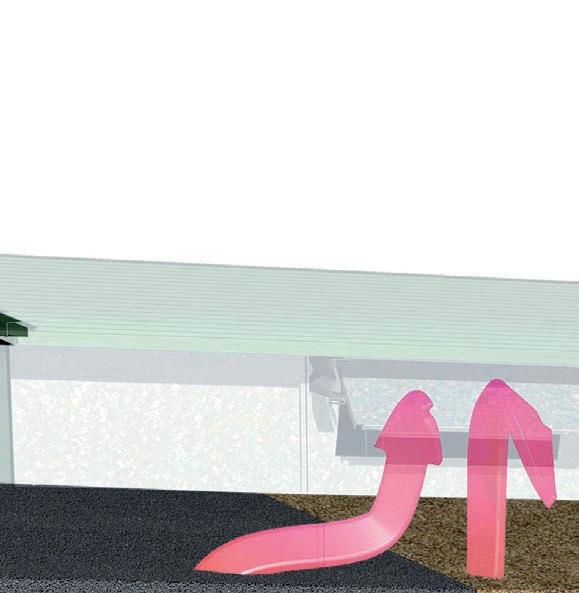
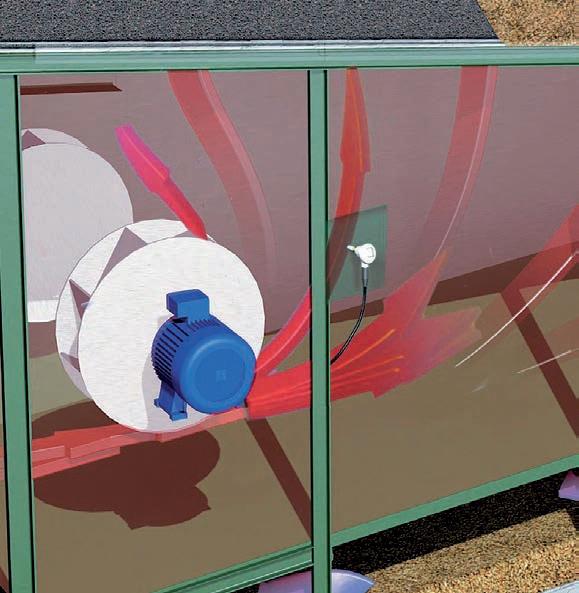
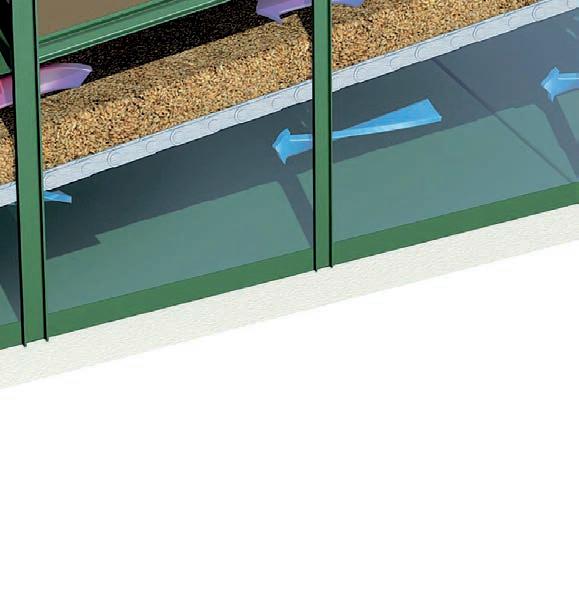
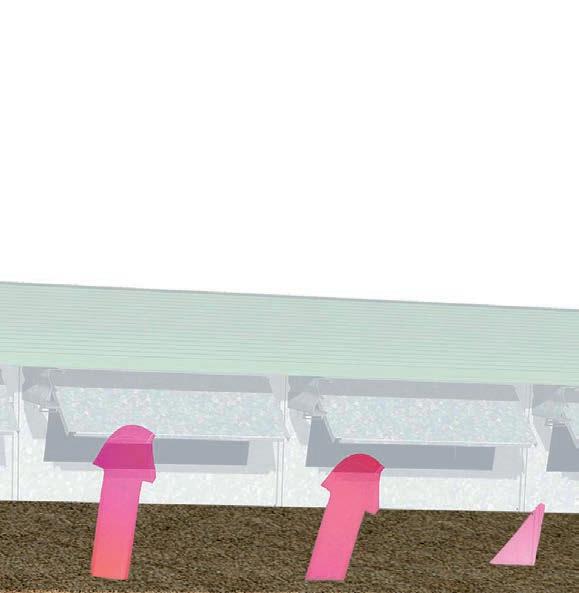














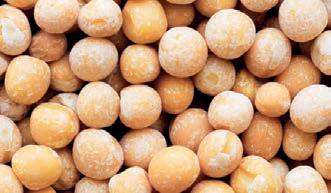

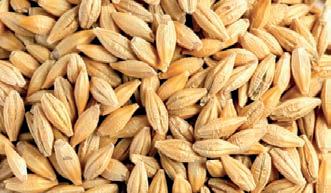


























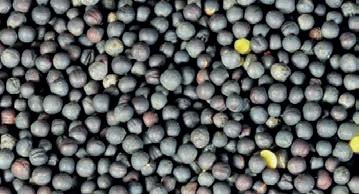
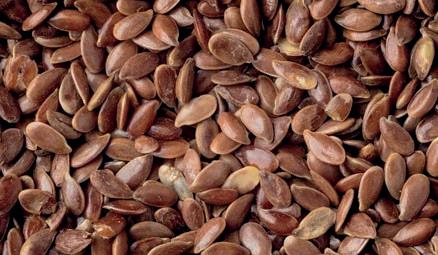




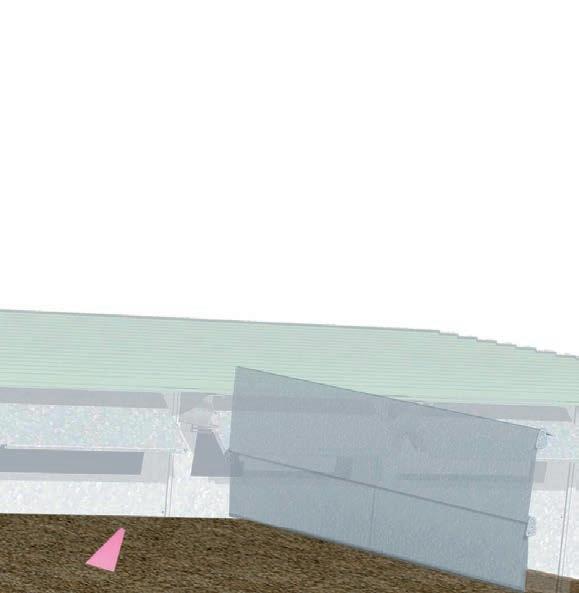




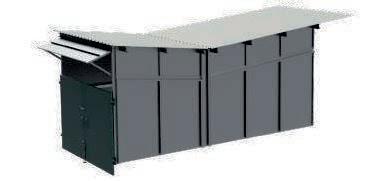











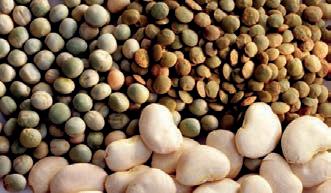



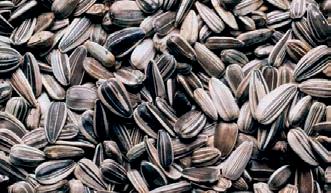

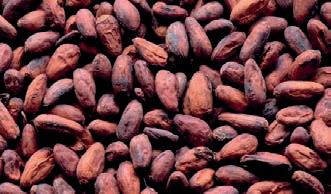




As the push for renewable energy accelerates across South Australia, more landowners are being approached by developers seeking long-term agreements. While these arrangements can offer attractive financial returns, it’s vital to understand the legal and practical implications before signing on.
A typical renewable energy agreement, such as a wind farm, may in
strictions on how the landowner can use their property.
While you’ll retain ownership of the land, parts of it may become unavailable for certain uses - particularly where turbines, underground cables, or access roads are involved. These changes can impact traditional land uses, such as farming, and may reduce income if not carefully negotiated.
Landowners should seek to limit the
or council rates - and negotiate reimbursement clauses upfront.
Decommissioning is another crucial consideration. The agreement should require the operator to fully remove equipment and repair any damage at the end of the lease term. To safeguard against the risk of default, landowners should also consider financial security or guarantees.
Additionally, agreements may affect









Slimming margins mean there is a….
In South Australia’s drought-stricken paddocks, the conversation isn’t just about rainfall — it’s about the soaring cost of growing every tonne of grain and the slimming of returns as price returns slowly drop.
Farming costs in the Australian grains sector—already under pressure—have climbed steeply in recent years.
A decade-long analysis from 2012 to 2022 by the Grains Research and Development Corporation (GRDC) showed that the average input spend for a grain producer more than doubled, jumping 139 per cent from about $401,000 to $959,000 on average. On a per hectare basis, costs rose 109 per cent—from roughly $160 a hectare to $327 a hectare by 2022. Even a threeyear rolling average shows a 56 per cent uptick—underlining sustained cost pressures.
On the national front, producer price index data tells a sobering story: farm input costs have surged 150 per cent since 2002, averaging nearly 5 per cent per annum. Over the past three years, costs rose by 28 per cent between 2019 and 2022, according to the Australian Bureau of Statistics.
Specifically for cropping operations, fertiliser and fuel—which can account for up to 34 per cent of total farm cash costs—have climbed sharply. In 2022–23, these inputs represented the highest share on record, according to ABARES.
Input costs are rising faster than farmgate crop prices—a phenomenon economists call the cost–price squeeze. Andrew Whitelaw of Episode3 believes it’s the biggest risk to the grain industry.
“In recent years, the cost of farming has increased, particularly in the grains sector. However, we were somewhat shielded from this rise by the high costs of grain. This was especially the case during the start of the war in Ukraine, where fertiliser prices rose dramatically, but so did grain prices,” he said.
“The biggest fear I have, and one that could come to the fore this year, is a cost-price squeeze. A cost–price squeeze occurs when the costs of producing wheat rise more quickly than the prices farmers receive for selling their grain.
“For wheat growers, major expenses include fertiliser, chemicals, diesel, machinery, and freight. When global energy and fertiliser markets tighten, these input costs can climb sharply. Yet, farmers cannot set their selling price because wheat is traded in highly competitive international markets. As a result, even if they maintain or increase yields, the higher production costs eat away at their margins.
“Sustained cost–price squeezes reduce the ability of farmers to reinvest in new equipment and technology, and they tend to accelerate industry consolidation, with larger, more efficient operators better able to withstand thin or negative margins.”
“The impact is that farmers are left with less profit, and in some years may be forced
to sell wheat below the cost of production.”
- Andrew Whitelaw
He pointed directly to the shrinking margin belt—from a decade of strong seasons, to now walking a tightrope.
“We had a run of very good years in Australian agriculture, and more so the grains industry. We had good rain, and good prices. What we are seeing is that even though we’ve had good years, the bad years can return us to square one,” Mr Whitelaw said.
“Farming and markets are both volatile; they are dependent on numerous factors, which causes a cyclical effect of good and bad years. During the good times a few years ago, we heard many analysts say that the environment for pricing was the ‘new norm’, and prices wouldn’t retreat from this point.

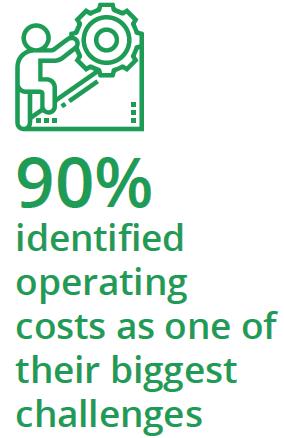
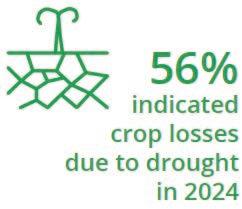
“As we are seeing at the moment, this couldn’t be further from the truth, markets cycle up and down. We are not yet at the stage of having to keep all of our profits aside, but we do need to always be mindful of the bad years.”
Mr Whitelaw said unsurprisingly rain continues to be the key input for grain producers.
“What we have now is the increased risk. If we put in a crop and the rain doesn’t come, we have sunk a lot of money. Even just the header sitting there doing nothing is an inelastic cost,” he said.
“The risk going forward is that we have very little wiggle room if the price is too high and something goes wrong. Farming is now about measuring the inputs, against the outputs.”


FEELING THE SQUEEZE: The 2024 Annual Survey highlights the cost pressures mounting on grain producers.


New buildings and machinery, or renovations?
The results of the 2024 GPSA Annual Survey underline just how heavily input costs are weighing on South Australian grain producers.
Of the 353 growers who took part in the survey, operating costs and inputs were ranked as the single biggest challenge facing their businesses, ahead of every other issue. Almost two-thirds of respondents — 62 per cent — nominated fertiliser, chemicals and fuel as their top policy priority.
On top of the rising cost of essential inputs, growers also reported being hit hard by soaring insurance premiums, with 85 per cent saying their cover had risen significantly in the past year.
If it’s been a while since your last farm insurance review, your cover may not be adequate. Contact us to discuss your farm insurance needs.
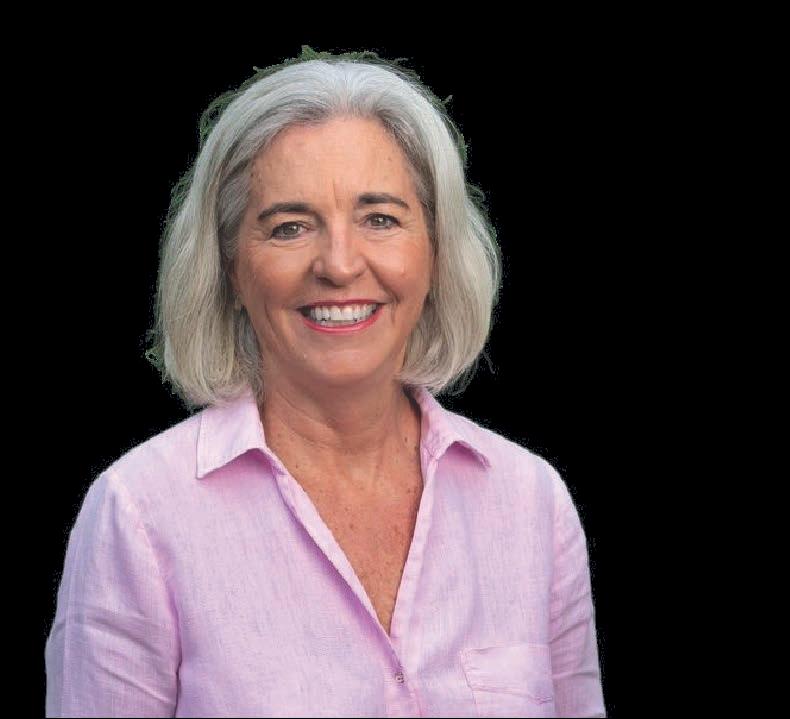

“Insurance is one thing we can not compromise on and we appreciate Achmea’s personal approach. It is important to have that round table discussion and a familiar face to talk to when doing your yearly review.”
Chris and Philip Ruediger, Whitehill Poll Merinos, SA


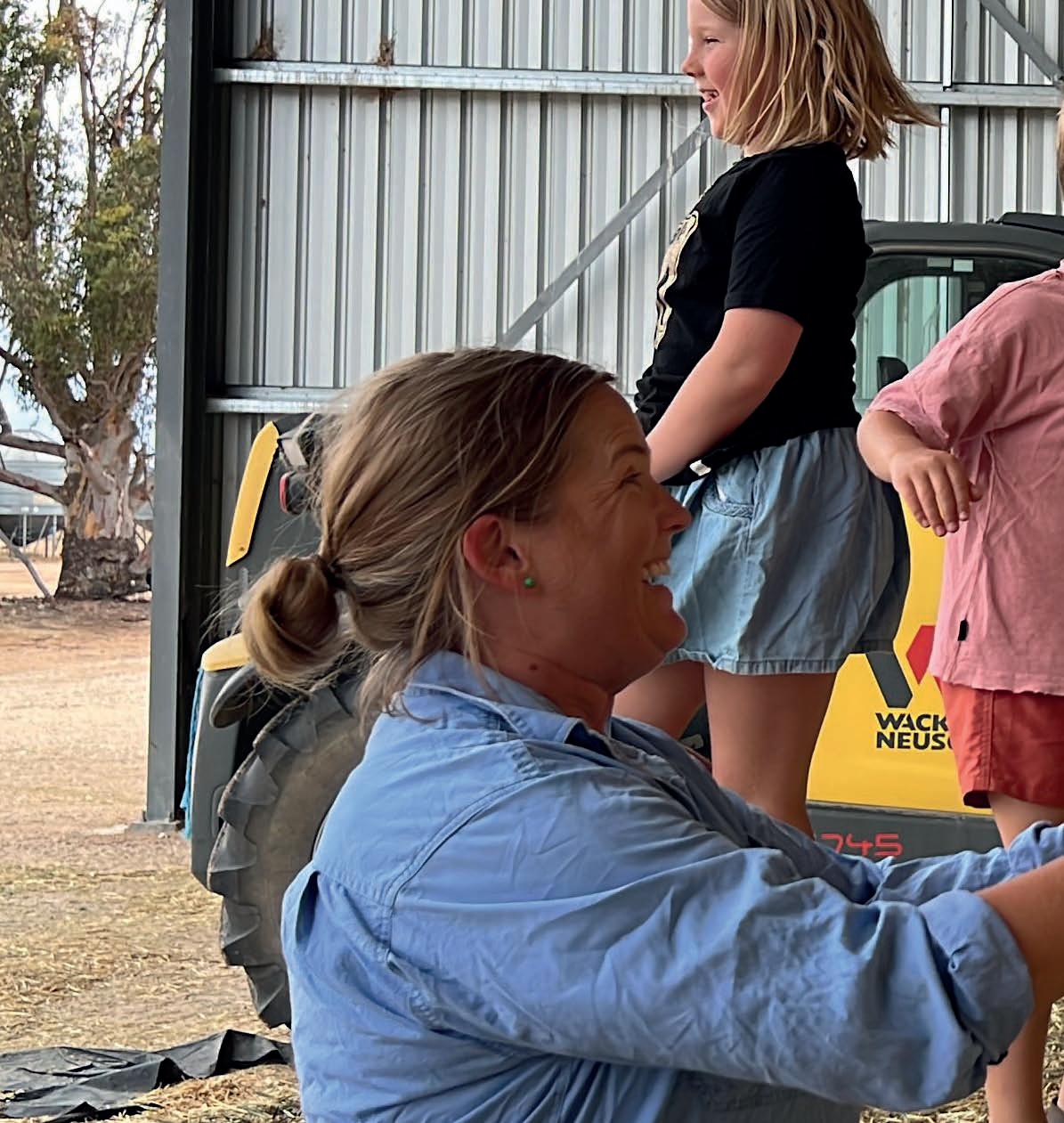
When people picture a farmer, the image that comes to mind has often been shaped by long-standing stereotypes: an older man in a ute, driving headers, working livestock or fixing machinery. But across South Australia’s cropping regions, that picture has been changing—and women like Lou Flohr, winner of the inaugural Women in Grain Award at this year’s South Australian Grain Industry Awards, are leading the way.
Lou is a fourth-generation farmer from the Mallee, who returned home in 2013 after a decade working in the field of agronomy. Farming alongside her parents Gary and Janet and partner Andy and three kids, Lou has experienced firsthand both the opportunities and the barriers for women in agriculture.
“The Award has elevated me in the industry, and allowed me to talk about women in agriculture, and the way the industry can elevate us,” she says.
“Like women in other male dominated industries, we do have additional barriers, and as an industry we can all take a responsibility to use our influence to elevate those around us. We are making progress, and it’s great to see, but we have a long way to go.”
For Lou, the conversation isn’t just about recognition—it’s about changing the narrative.
“There’s a lot of unconscious bias in the industry, and it’s not until those biases are challenged by those championing women in the industry that we see how deeply set they are,” she says.
“I love the saying ‘you can’t be what you can’t see’. The more women that are el-
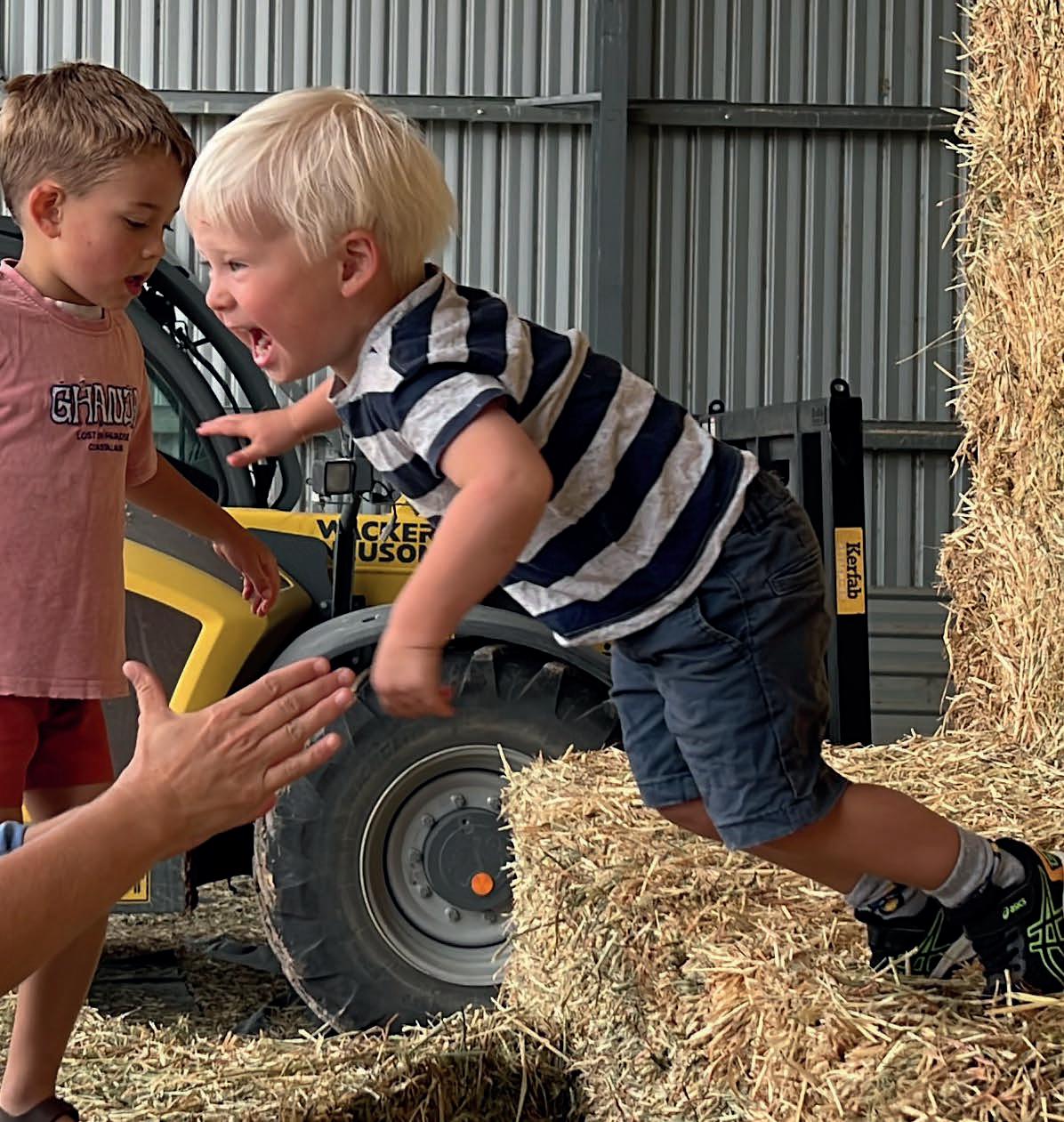
evated into positions of influence, the more other women see this, and think ‘I want to do that too!’”
Lou also challenges how the term farmer is used today.
“Until we start seeing the role of a farmer as something other than those operating machinery or in the stock yards, it will be hard to change,” she says.
“It’s hard to call yourself a farmer when you have come from a non-farming background. I also see lots of men who don’t come from farming backgrounds who are quick to call themselves farmers. The more we do it, the less stigma there will be around it.”
Waterloo farmer Dili Schoenberg agrees that progress is being made, par-
ticularly as more women move into diverse roles across research, machinery, agronomy and farm operations.
“I worked in grains research for over 13 years, and I think women have played a strong role in science for a long time, so long in fact that in my research role I never really had any noticeable barriers. We’re seeing that translate more and more to ‘boots on ground’” she says.

“There is still that level of intimidation when you’re outnumbered 10 or 20 to one but as Lou says, ‘you can’t be what you can’t see’ and the representation of women in all roles, from science, to tractors, to field days and boardrooms has and will continue to be pivotal to shaping the next generation.”
Dili has seen the farmer stereotype change in her own life.
“I’ve seen a huge shift in the last couple of years—possibly highlighted because this is the same period of time I deliberately transitioned from ‘farmer’s wife’ to calling myself a ‘farmer’,” she says.
“While this shift is coming through clearly within the industry, if we consider the general mass, there is a strong stereotype of what a ‘farmer’ looks like and I definitely would not fit that stereotype.”
She believes initiatives like training programs, mid-career re-entry support and events like the Australian Women in Agriculture Conference, recently held in South Australia, are critical to breaking down barriers.
“I heard re-occurring themes that especially as women, we possibly undervalue our own contribution and what
we can bring to the table. Programs like the Australian Institute of Company Directors Course are great to provide formal training and credentials to boost our confidence to put our hands up—especially if we have taken a period of time off to raise young children,” Dili says.
On the Eyre Peninsula, Kimba farmer Peta Willmott sees South Australia as a national leader when it comes to supporting women in agriculture.
“I actually am very positive regarding the participation and leadership of women in South Australia. We have evolved to become leaders in the country in this space. There is evidence of strong female participation across industry bodies, research and farming system groups and supporting services, such as finance and agronomy. For the first time, there are more female ag students enrolled than male,” she says.
But Peta is quick to point out that there are still gaps around childcare, flexible work, and professional development.
“At a farm level, the role of women in the workplace has not always been recognised. This is definitely chang-
ing, and women are generally now recognised as central decision makers, business owners, managers, contributing professionals and valuable workers. Of course, there are still some dinosaurs out there, but few and far between in my experience,” she says.
Peta believes showcasing leadership in the South Australian grain industry is key.
“Events which lift the profile of women in leadership within the industry are a must. You can’t be what you can’t see,” she says.
Together, voices like Lou, Dili and Peta are reshaping how farmers are seen— both inside and outside the industry. From Mallee offices to Eyre Peninsula paddocks, they show that a farmer is not defined by gender or machinery skills, but by stewardship of land, decision-making, innovation and resilience.
And while barriers remain, the next generation of women entering agriculture have role models to look up to. That image of the “typical farmer” is changing—and South Australia’s grain sector is richer for it.

RIC (Regional Investment Corporation) is the Australian Government farm business lender providing low interest loans to farmers nationally.
RIC offers low-interest loans to help eligible South Australian farmers to improve cashflow to manage through tough financial times. RIC customers can restructure up to 50 per cent of their commercial debt to reduce interest payments, borrowing up to $2 million.
For example, RIC estimates on an average $1 million loan, RIC customers may save around $20,000 in interest payments annually where there is a 2 per cent interest rate concession compared to their commercial loan.
Interest-only payments for the first five years of the 10-year loan term enables breathing space to pay bills, buy feed and water until farmers can get back on their feet.
RIC customers James and Lesley Sander, and their son Luke, own a 1660-hectare cereal cropping and merino property in Eudunda.
With unforeseen dry conditions leading to crop failures three seasons in a row from 2017-2019, the business applied for a RIC Drought Loan in 2020 with the help of a rural business adviser.
RIC’s five-year interest-only terms and concessional interest rate, together with lower feed prices and good stock
prices and a good 2022 harvest helped them manage through.
But dry conditions returned in 2023 and 2024, livestock prices fell, and feed prices rose.
Then with just 20 millimetres of rain falling since November 2024, the Sanders needed additional funds to continue, so they were approved for a second RIC Drought Loan.
“I’m 67 and I’ve never seen it that bad, or seen it so dry for so long,” James said.
Their loan will help the Sanders family feed sheep, buy fertiliser and plant the next crop of wheat, barley and oats once rain falls.
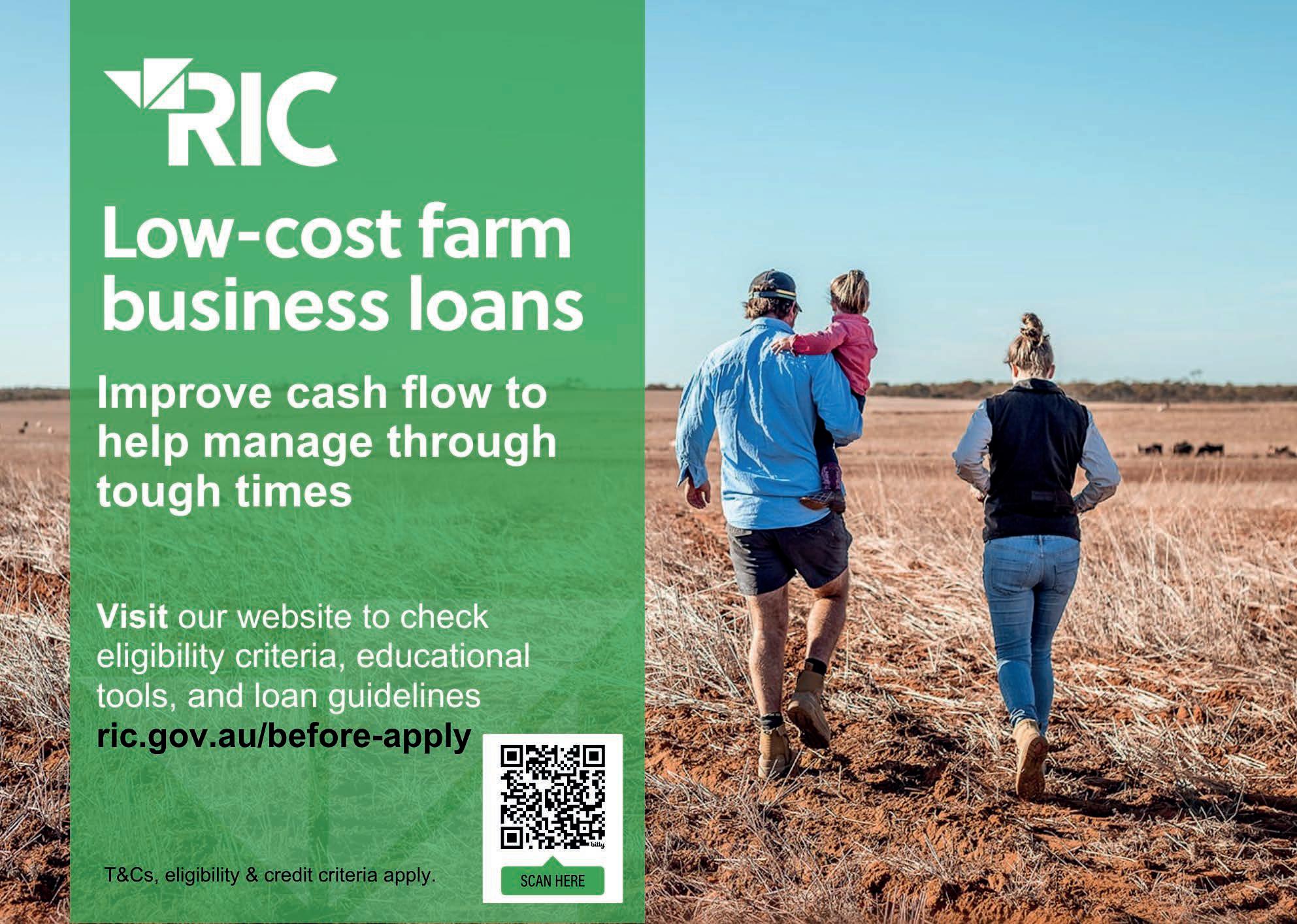
When Willamulka mother Stephanie March reflects on her decade of advocacy on regional and rural healthcare, she says it was less of a choice and more of a responsibility.
Living on the family farm near Bute with her husband Cameron and two children, Stephanie balances life as a mother and farm business manager and perhaps most importantly—champion for rural families navigating the health system.
The Marchs manage a broadacre cropping and livestock business and, in recent years, have expanded operations to include property at Tooligie on the Eyre Peninsula.
Farming and rural life is in Stephanie’s blood, growing up in the rural township of Kadina and establishing her skill base in areas such as occupational therapy, community development, and education as a primary school teacher.
“These experiences have given me a strong foundation in working with people and communities,” she says.
INSPIRED BY BILL
Her advocacy began close to home. When her son Bill was born with the rare condition primary ciliary dyskinesia (PCD) — a chronic lung disease

often compared to cystic fibrosis — Stephanie and her family quickly realised that living regionally added an extra layer of complexity. Frequent trips to Adelaide for specialist care highlighted the barriers facing rural families.
“My advocacy journey began almost ten years ago when our son was diagnosed with a rare genetic medical
condition. Overnight, our lives became filled with hospital stays, specialist appointments, and the ongoing challenge of navigating complex healthcare systems,” Stephanie says.
“Living rurally, I quickly realised just how difficult it can be for families to access specialised care in the city, often far from the support and stability of home. For farming families, the juggle


of navigating seasons on the land such as seeding, harvest or shearing, often siblings at home and then a child in hospital receiving medical care for a chronic medical condition, is certainly no easy feat.”
What began as navigating Bill’s care soon grew into a wider mission: ensur-
Stephanie March with husband Cameron and their two children.
ing rural voices are heard in the health system. Stephanie became a consumer advocate with the Women’s and Children’s Hospital and joined a variety of committees to ensure the experiences of regional families were represented.
“I became an advocate because my family’s story isn’t unique, it’s part of a broader issue in rural Australia,” Stephanie says.
“According to the National Rural Health Alliance, avoidable deaths are nearly four times higher in regional and remote areas, and there is an annual healthcare spending shortfall of around $850 per person compared to city residents.
“Data from the Australian Institute of Health and Welfare shows that in very remote areas, life expectancy can
be more than a decade shorter, and thousands of families live beyond an hour from essential GP or nurse-led services. These realities are why I believe it’s so important to keep the rural health conversation alive.
“I feel a responsibility to share feedback, knowing it can help create positive change for others. Without feedback, things can’t change or improve. It’s not just about making things better for our own family, but about helping the next family who comes along and needs to use health services.
“By sharing our lived experience, I hope to influence improvements in healthcare, build stronger connections between communities and services, and ensure rural families have a voice at the decision-making table.”
Stephanie says a large part of her advocacy work focuses on highlighting the rural/city divide when it comes to healthcare, based on her own experience and that of others.
“It can be easy for resources to be directed where population density is highest, but this often can overlook the vital role regional communities play. They are the backbone of industries such as agriculture, which significantly contribute to South Australia’s economy. In health, person and family centred care is essential, where people live, their community, identity, and sense of belonging is deeply tied to their improved and overall health and sense of wellbeing,” she says.
“At the end of the day, families in regional South Australia deserve the same opportunity for quality health care as those in the city. Every community, no matter how small or remote, should feel seen, supported, and valued.
“To achieve this, we must ensure diversity and representation where decisions are made. There needs to be seats at the table for those providing the care, those funding the care, and most importantly, those receiving the care.
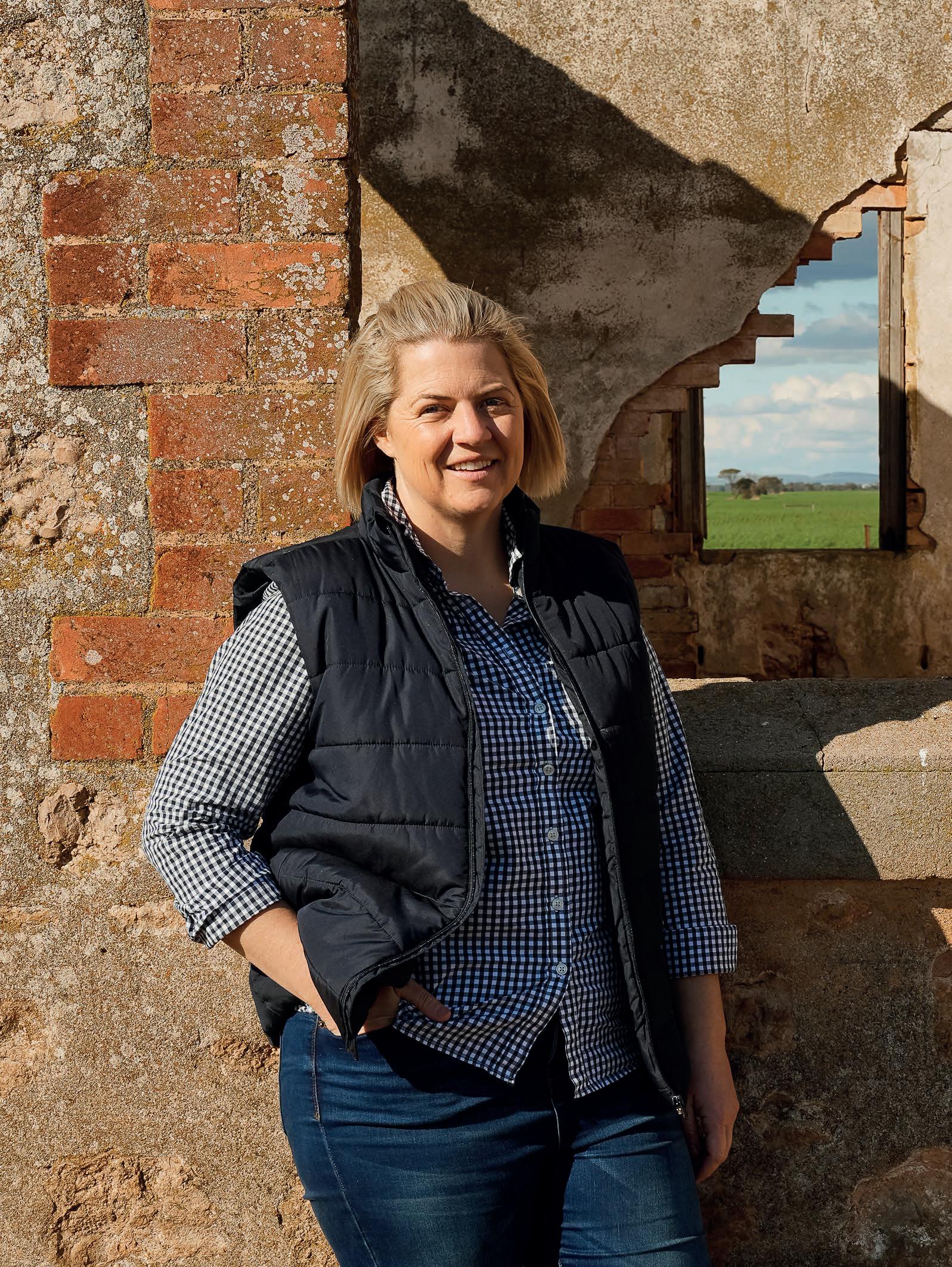
“Rural and regional community members, particularly farmers, are practical problem-solvers who rely on common sense and hands-on strategies. Too often, these people have valuable ideas and solutions, yet their voices are not fully utilised. When they are the ones receiving the care and living with the daily realities, their insights should not only be heard but actively used to shape practical and sustainable solutions.”
Every family facing health challenges experiences uncertainty, stress, and disruption, no matter where they live and Stephanie says it is important to acknowledge that fact.
“However for rural families, the healthcare impact is often magnified, and the
city/country divide is greatly felt,” she says.
“A single appointment can mean an entire day off work, additional costs for travel and accommodation, and the juggle of farm or business responsibilities back home.
“While I don’t believe the ‘divide’ is intentional, systems built around population data often fail to account for the realities of rural life or where data isn’t being captured.
“Where things break down is in the lack of flexibility, common sense, or willingness to think differently about how services or individualised care can be delivered.

“As a family we have been incredibly fortunate to have received the highest level of healthcare for over a decade for our son, the people providing the care are remarkable. It’s often the complexity of systems where challenges arise and the unique presentation of each individual medical case that identifies gaps in systems and opportunities to create change and make positive and meaningful differences.”
When it comes to identifying barriers to healthcare equality in regional areas, Stephanie says the biggest challenge is the lack of specialised services close to home.
“For many families, this means frequent travel to Adelaide or other major city centres for care that simply isn’t available regionally,” she says.
“While not everything can be delivered locally, there is enormous scope to improve by strengthening outreach services, expanding models of care
closer to home, and building stronger two-way relationships between metropolitan and regional hospitals.
“Telehealth has been a welcome step forward, but it remains only one option, as so much of healthcare still requires physical assessments, investigations, and treatments that cannot be provided over a screen. AI, robotics and other technological advancements will continue to shape health care into the future and will certainly be a very interesting space to watch, however again the personalisation of health care will still need to remain at the forefront.
“On top of this, regional families face increased costs when accessing health care including fuel, transport, accommodation, food, and the impact of lost income or productivity. While support systems exist, many are stretched to capacity, difficult to navigate, or already over budget.”
Stephanie says there can also be a perception that these health services are

meeting the needs when so often they are not.
“Families are also challenged by complicated systems, lower health literacy, and reduced familiarity with how to access available supports. Combined, these barriers create significant inequities and place an additional burden on families already under pressure,” she says.
Stephanie’s efforts have seen her speak at major events such as the International Day of Rural Women in Adelaide, the Thriving Women Conference, and numerous health forums and podcasts. Earlier this year, her dedication was recognised with the Copper Coast Citizen of the Year Award.
Despite the accolades, Stephanie remains humble, viewing each opportunity as another step toward raising awareness for rare diseases and health equity. PUSHING FOR

“I often reflect on how far things have come and the paths created by previous generations. Now, it is our opportunity as a generation to continue shaping positive change by ensuring rural communities’ health needs are recognised and met, to secure a bright and sustainable future for our rural and regional communities,” Stephanie says.
At the heart of her work is MERCI CO, an initiative she founded to support families of children with medical challenges. Standing for Motivate, Educate, Respect, Connect, Inspire, MERCI CO is evolving from a passion project into a growing social enterprise dedicated to empowering rural families.
In February 2025, Stephanie received an AgriFutures Rural Women’s Acceleration Grant, which provided $7,000 toward professional development. She is now working alongside a regional business coach to grow MERCI CO’s impact.
“The grant is dedicated to professional development, and I chose to invest

Transform your spraying operation with Goldacres ground breaking G8 Crop Cruiser Series 3.
After two years of dedicated innovation, engineering excellence, and product development—driven by the direct needs of Aussie farmers—we’re proud to introduce our latest self-propelled model.
• 8000L main product tank
• TriTech RivX boom 36-42m or TriTech V boom 48m
• FastFill - liquid induction and distribution
• Dynamic drive - highly efficient mechanical 4 wheel drive system
• G-Hub 2.0 Goldacres Integrated System
• Increased operator comfort
• Weedetect® green on brown or green on green camera technology (optional) combined with new application systems
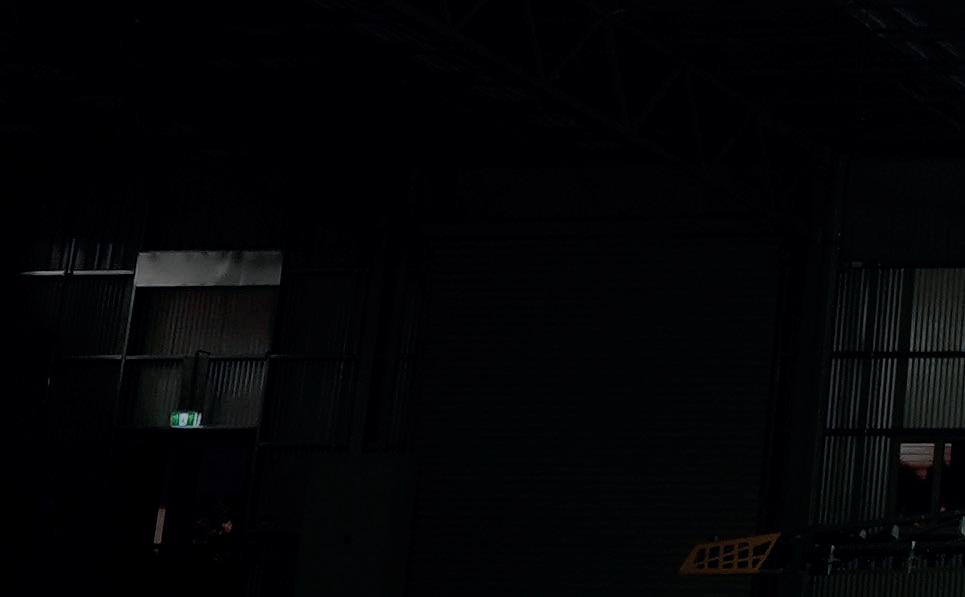


in business coaching with Tori Kopke from The Rural and Regional Business Coaching. This decision has been invaluable in developing and setting priorities for my business, MERCI CO, which focuses on rural health advocacy and storytelling,” Stephanie says.
“With Tori’s guidance, I’ve refined my purpose, strategies and future directions and strengthened my voice as an advocate. I’ve gained both confidence and clarity, and the Agrifutures grant has been a pivotal part of enabling that to happen.”
Looking ahead, Steph hopes to expand her keynote and guest speaking roles, including workshops for both families and health professionals. Yet at the core of her work is her family—Lexi, Bill, and Cameron—who remain her motivation and strength.
Stephanie will be the keynote speaker at the Grain Producers SA ‘Woman in
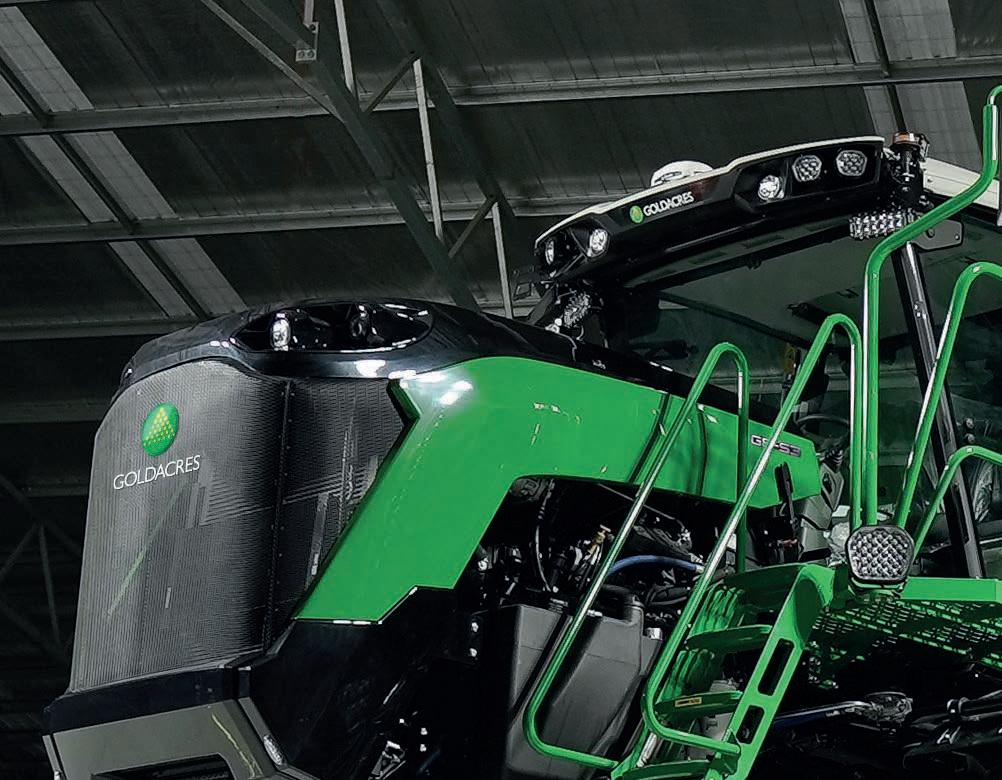

Grain’ lunch being held in the Barossa in September.
“It’s always a privilege to share our family’s story, it’s something I don’t take for granted. Everyone has a story, each one unique and full of lessons and perspective,” she says.
“What excites me most about the GPSA luncheon is the chance to connect with others who are passionate about both farming and rural communities.
“I recently attended the World Bronchiectasis Conference in Brisbane, and I’ll be drawing on some of those global insights to reflect on our challenges here at a regional, state, and national level. I look forward to sharing, learning, and hopefully sparking conversations that continue long after the event.
“With collaboration, creativity, and courage, I believe we can continue building stronger systems that truly work for all South Australians, no matter where they live.”
































A $15,000 scholarship program has been expanded after a successful debut year supporting regional South Australian students and applications are open once again for this important opportunity.
Adelaide accounting and advisory firm William Buck is now accepting expressions of interest for the second year of its Regional Scholarship program, following the successful launch that saw Loxton student Tyler Hobby become the inaugural recipient in 2024.
The scholarship provides $15,000 over three years, plus mentorship and work experience opportunities, addressing the unique challenges faced by regional students pursuing commerce-related tertiary education.
“Tyler’s journey this year has validated everything we hoped to achieve with this program,” Adrian Chugg, Managing Partner of William Buck South Australia said.
“Watching him transition into his university studies, while starting to build meaningful connections with our


team, demonstrates the real impact this scholarship can have.”
Tyler Hobby (pictured above), currently studying Bachelor of Accounting and Finance at Flinders University, discovered the opportunity through his school’s social media just one day before applications closed.
“The financial support helps with the practical challenges of studying away from home, but the mentorship and industry connections will be invaluable,” Mr Hobby said.
The comprehensive support includes dedicated mentorship from William Buck professionals with regional backgrounds, four weeks of paid work experience during the second year, and potential employment pathways upon graduation.
With the accounting industry facing ongoing talent shortages, William
Buck’s investment in regional talent represents a strategic approach to building a sustainable workforce while maintaining strong community connections.
“Regional communities have been fundamental to our growth and success,” Mr Chugg said.
“This scholarship is one tangible way we can invest back into these communities and help talented young people build careers in finance and accounting.”
Expressions of interest are open for students beginning their first undergraduate degree in Accounting, Finance, Commerce, Business or related fields at a South Australian university in 2026.
Full details are available at: www.williambuck.com/lp/william-bucks-regional-commerce-scholarship-sa
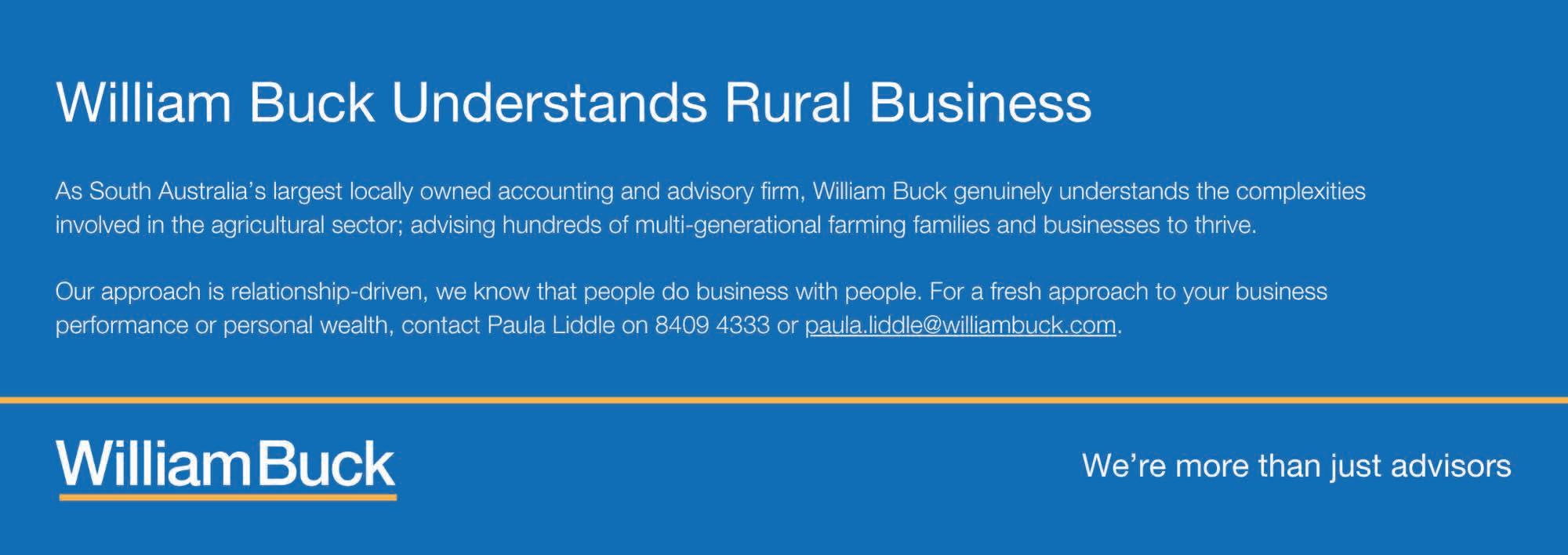
While it is vital to tackle the housing shortage gripping South Australia and the nation, the question remains: should new homes come at the cost of some of our most productive cropping land? Research shows land to be lost to housing in Roseworthy and surrounds is equivalent of losing enough crops to make 57 million loaves of bread a year.
Independent analysis commissioned by Grain Producers SA (GPSA) has revealed the true cost of the planning reforms recently passed by the South Australian Parliament. Rezoning productive land for housing at Roseworthy, Two Wells and Murray Bridge could see the loss of 23,000 metric tonnes of grain each year—enough to bake 57 million loaves of bread, or 31 loaves for every South Australian annually.
The analysis undertaken by Episode3 demonstrates the impact on key cropping regions like Roseworthy under the lifting of Food Protection Zones (EFPAs).
GPSA Chief Executive Brad Perry said there needs to be a bigger discussion around the importance of preserving some of the State’s most productive cropping land.
“This is not just a planning issue; it’s an issue for the future of the grain industry in South Australia. Once it’s rezoned to housing, we lose it forever,” he said.
“The very Parliament that established the EFPAs has voted to weaken them. This prime cropping land, 33 per cent
more productive than the state average, is now open for housing development.”
The analysis found the value of production in Roseworthy, Two Wells and Murray Bridge cropping areas earmarked for housing development is approximately $8.7 million.
“If used for farming, the land will continue to provide revenue indefinitely, and on today’s values of grain, could achieve $1.6 billion over the next 100 years,” the analysis states.
Episode3 went on to provide commentary on the long term impacts of approving cropping land for housing:
“The conversion of productive agricultural land to residential development presents a range of significant and often irreversible challenges.”
“Agricultural land is a finite and strategic resource essential for ensuring national and regional food security.”
- Episode3
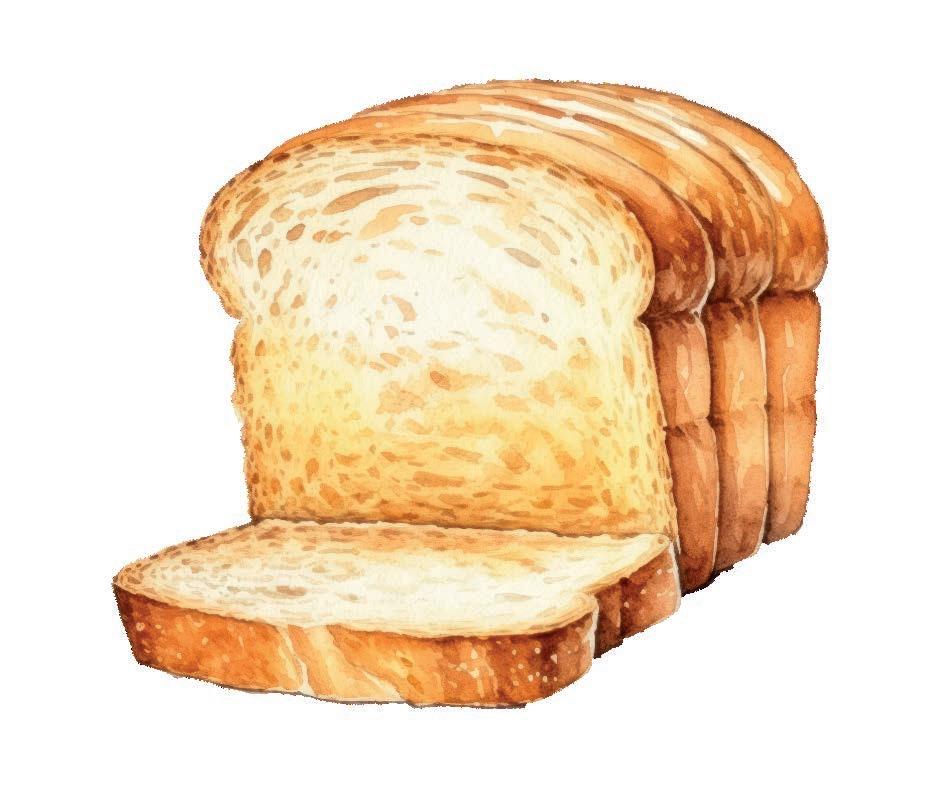
“As pressures on global food systems increase due to climate change, population growth, and geopolitical instability, the long-term capacity to produce food domestically becomes increasingly important. The loss of high-quality farmland to urban expansion directly undermines this capacity, increasing reliance on food imports and reducing resilience to supply chain disruptions.
“From an environmental perspective, the transition from farmland to housing developments often results in negative ecological outcomes. Productive farmland contributes to landscape-scale biodiversity, supports carbon sequestration, and helps regulate hydrological cycles. In contrast, low-density housing typically leads to increased impervious surfaces, which contribute to stormwater runoff, habitat fragmentation, and elevated urban temperatures.
“Encroaching residential development can also create risks for neighbouring farming operations. New housing often brings residents unfamiliar with the realities of agricultural activity, leading to conflicts over noise, dust, spraying, or livestock movements.

“Complaints from nearby residents can result in increased regulatory scrutiny or pressure on farms to alter long-standing practices. Additionally, fragmentation of the agricultural landscape may limit access to land, constrain future expansion, and reduce overall farm viability. These indirect impacts can further erode the productivity and sustainability of remaining farmland.”
Environment and Food Production Areas (EFPAs) were introduced in 2017 to safeguard vital agricultural land around metropolitan Adelaide from urban encroachment.
Despite advocacy from GPSA, the South Australian Parliament lifted some of the EFPA boundaries to accommodate Greater Adelaide’s (GARP) housing needs, enabling approximately 61,500 new dwellings, including in key grain-producing areas.
The State Government insists less than one per cent of Greater Adelaide’s agricultural land is affected and promises staged, infrastructure-ready rollouts.
“We need rolling development ready land supply to ensure we don’t face another housing crisis,” Minister for Planning Nick Champion said.
“The GARP identifies land appropriate for housing which is neighbouring existing residential areas and is already well serviced by infrastructure.”
GPSA’s concerns about losing further productive cropping land to housing resonate across the agriculture sector.
In joint public statements, Primary Producers SA and Livestock SA warned of eroded food security and longer-term economic consequences.
“Can we support reform that pushes intensive agriculture into marginal regions? That would drive up production costs, impacting the cost of food,” Primary Producers SA Chair Simon
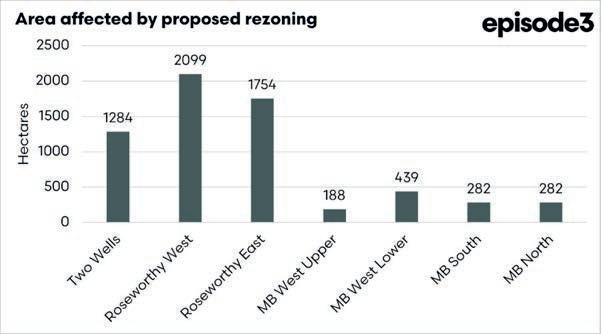
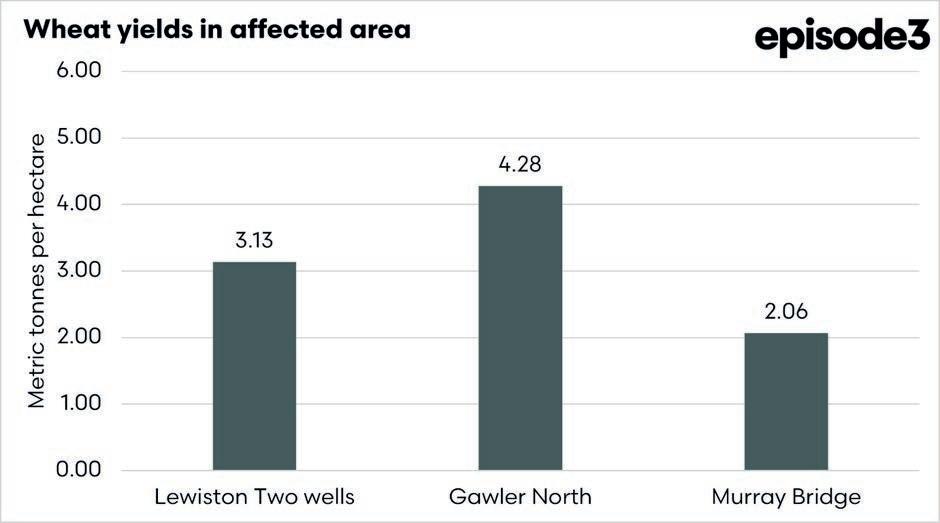
CONCERN: Analysis shows State Government rezoning of productive cropping land to housing will have a negative impact.
“Swapping crops for concrete is not the answer… those areas are assets to be protected,” she said.
During Parliamentary debate, Opposition Shadow Minister for Planning Michelle Lensink said there were longstanding concerns with the implementation of the EFPAs in 2016-17.
“EFPAs do not impact on the ability to sell or continue to use land for primary production purposes or any other purpose, but the impact of the sum total of EFPAs in South Australia has restricted land, which has contributed to the increase in land prices in the Greater Adelaide region. It is a simple Economics 101 matter that, if you restrict supply, prices increase,” Ms Lensink told Parliament.
The Opposition accused the Minister for Planning of changing his position
on planning policy in key cropping areas like Roseworthy.
In Parliament the Shadow Minister quoted Minister Champion as previously calling Roseworthy “the golden mile”, referencing this quote:
“This land north of Roseworthy is highly valued productive land and we should think long and hard before that becomes any future housing.”
The Opposition put forward amendments to the Bill, including for a comprehensive land audit, but they were voted down.
The analysis commissioned by GPSA detailed that the rezoned regions are 33 per cent more productive than average, yielding significant produc-
tion both now and in future yield increases. Converting them to housing risks losing generational food-producing capability.
“South Australia cannot afford to sacrifice intergenerational food-producing land at the altar of urban sprawl. We need smarter planning—including retaining EFPA protections while balancing housing needs,” GPSA CEO Brad Perry said.
“This doesn’t mean opposing growth—rather, GPSA advocates for considered development that does not come at the cost of food production and export security, safeguarding South Australia’s $18.5 billion agribusiness sector”.
The EFPAs are required to be reviewed every five years under the Planning, Development and Infrastructure Act 2016.
The first statutory review concluded in late 2021, with mapping variations implemented in October 2022. Therefore, the next scheduled review is due in 2027.
“The agriculture sector now turns its attentions to the review of the remaining EFPAs in 2027 to advocate for continued protection for our most productive cropping regions,” Mr Perry said.
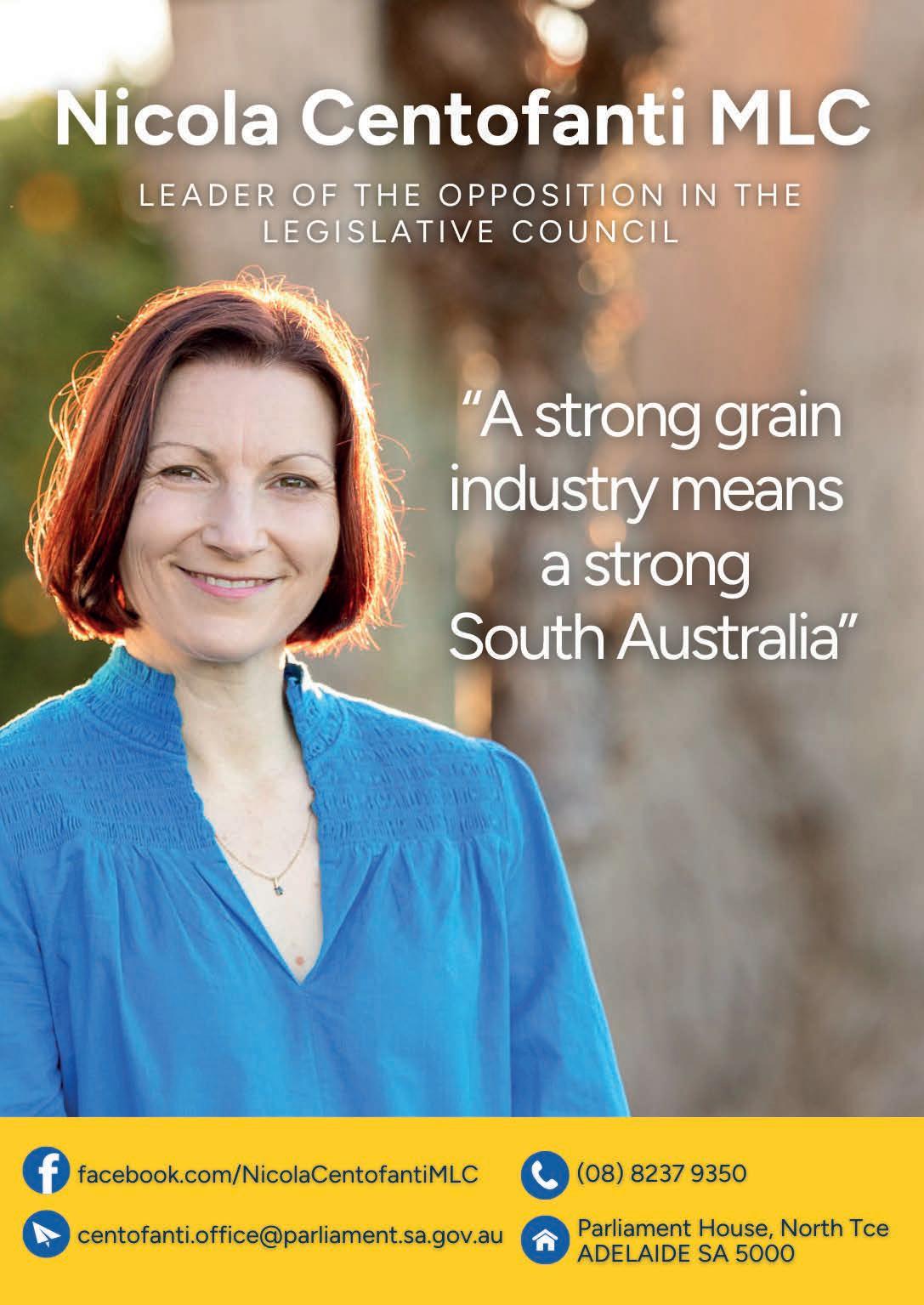
WHAT THEY SAID IN SA PARLIAMENT ON LIFTING EFPA PROTECTIONS ON PRIME CROPPING LAND:
“Obviously, we are in the middle of a housing crisis, so of course we are going to agree for land to be released for subdivision” - Shadow Minister for Planning Michelle Lensink.
“It is crucial to balance any future housing development with food security. Preserving productive agricultural land ensures long-term sustainability and food supply” - Shadow Minister for Primary Industries Nicola Centofanti.
“Grain Producers SA raised a number of issues with me, particularly in regard to their concerns about the precedent for future encroachment on highly productive cropping land and the need for better protections for existing farms which may suddenly find themselves neighbours with new residential developments” - Independent Hon Jing Lee MLC
“My view is that the government has taken a measured approach on this issue” - Hon Connie Bonaras MLC
“As housing development grows in these regions, it is inevitable that farmers and residents will be competing for resources, and unfortunately, with increasing costs and regulations, it is often farmers who sell and move on, leaving our state with less food and less fertile land for future generations” - Hon Sarah Game MLC
“There are opportunities to deal with the housing crisis by implementing vacancy taxes, activating vacant land and looking with long-term vision as to how we can create better connected communities. Local food production will be vital as we move to a future with a less certain climate” - Greens’ Rob Sims MLC
“Existing communities are protected, especially for key areas such as the Barossa and McLaren Vale, where our commitment to character protection remains” - Minister for Planning Nick Champion.
“I certainly do not want to see some of our prime market gardens—not grain growing land and things like that—and our food production lands be done away with, so we have to import that from interstate or overseas”Hon Geoff Brock MP.



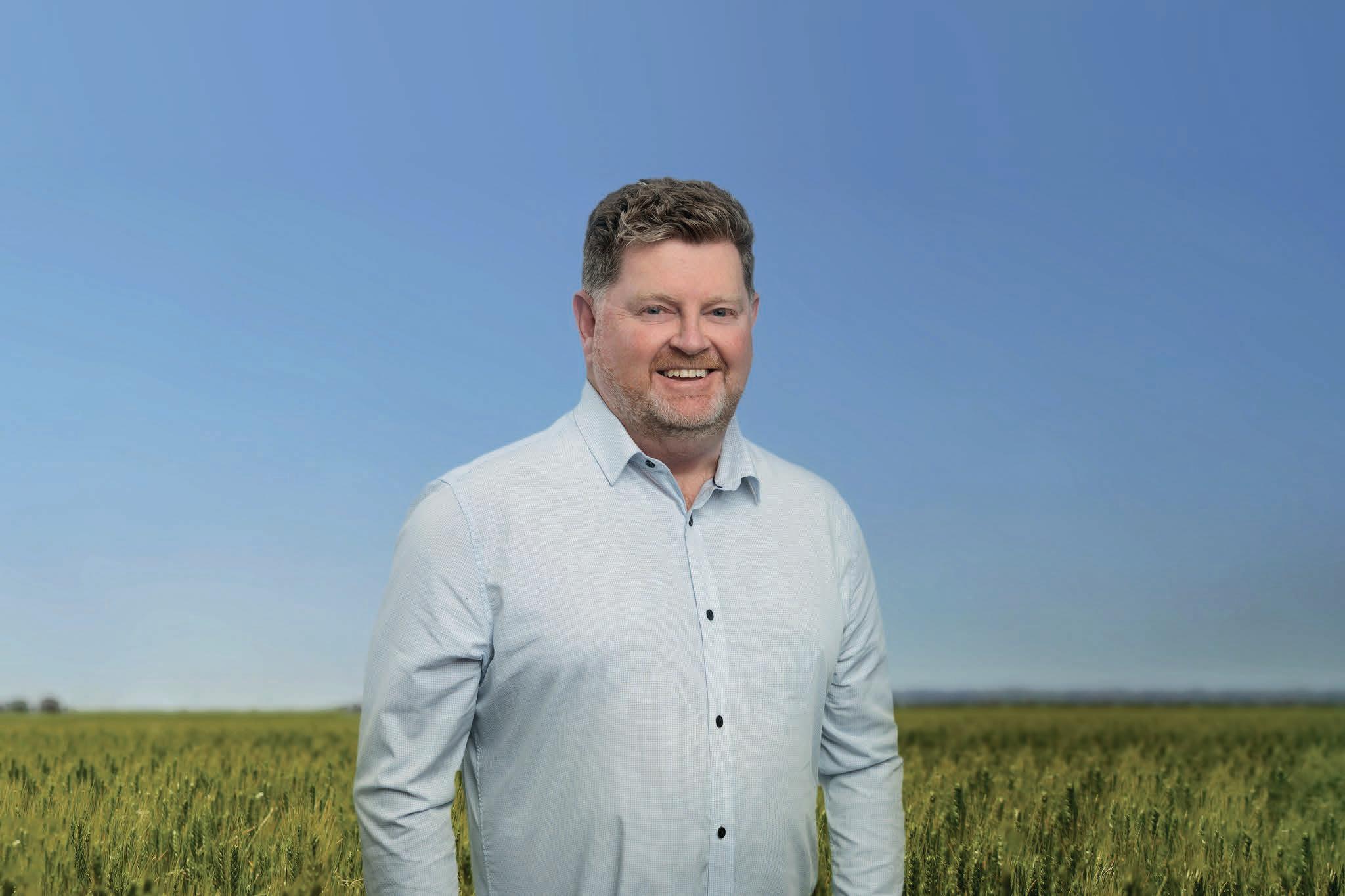
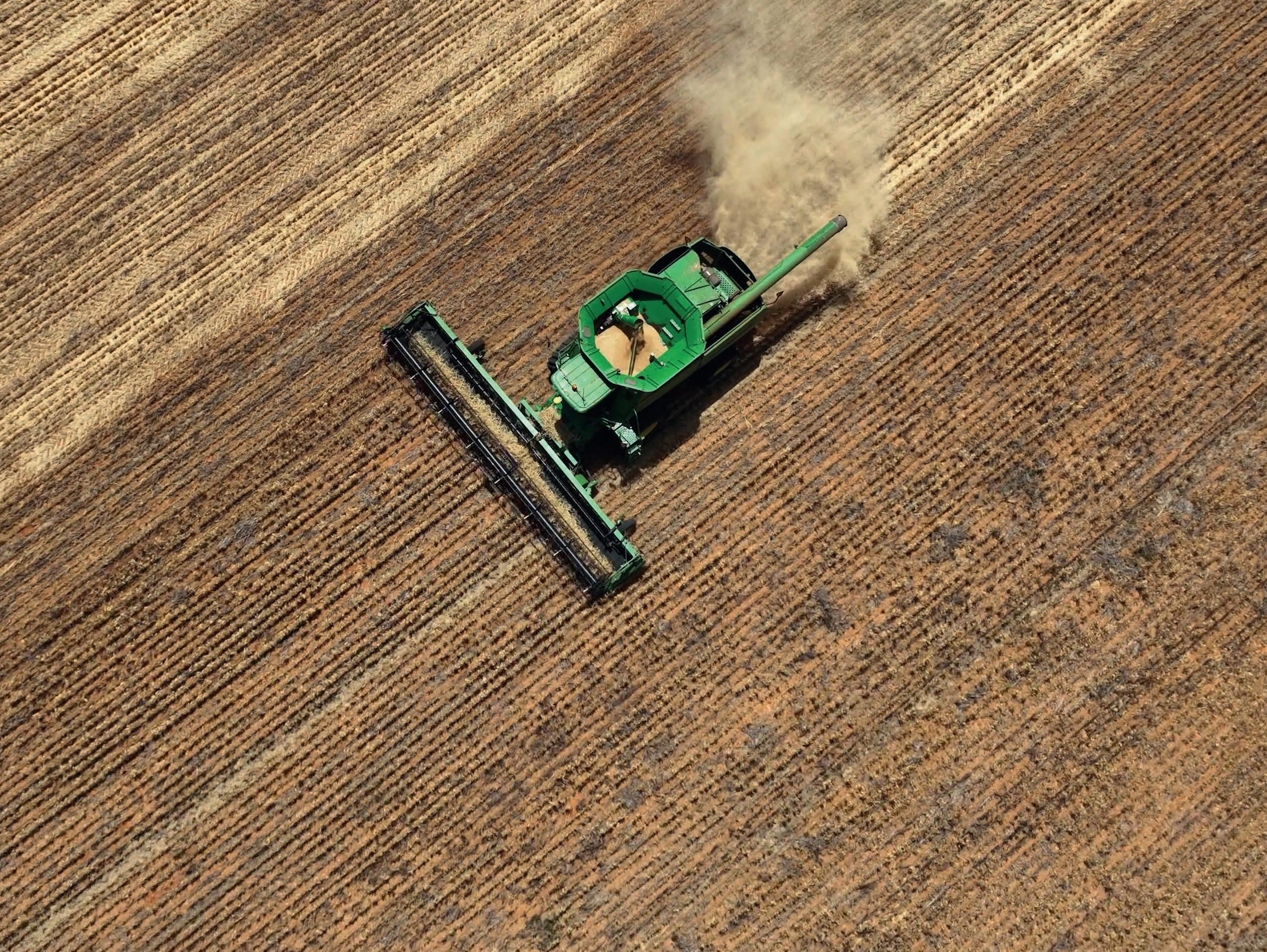
The Federal Government’s proposed “Super Tax” has ignited alarm across rural Australia, with farming families and industry leaders warning that it could have devastating consequences for succession planning and the long-term security of agricultural businesses.
At the heart of the debate is the Federal Government’s plan to impose a new 15 per cent tax on unrealised gains in self-managed super funds (SMSFs) with balances above $3 million. Unlike traditional taxes, which are only applied when assets are sold, this tax would be levied on “paper profits” — theoretical increases in value, even if farmers never see a cent of cash flow.
For grain producers and family farmers who are asset-rich but often cashpoor, the implications are significant.
Figures presented to the Senate show that in 2021–22, around 17,000 SMSFs held farming land. Of those, more than
3,500 would already be caught by the new threshold, and thousands more are expected to follow as land values continue to rise. An additional 13,000 SMSFs that hold business property could also be swept into the net. For many, it could mean selling off land or machinery simply to pay a tax bill on profits they’ve never realised.
National Farmers’ Federation President David Jochinke has labelled the tax “fundamentally unfair” and warned it risks forcing families into impossible choices.
“It’s wrong to tax hardworking families for paper gains on assets they haven’t sold,” he said.
“Thousands more farms will be in jeopardy if the threshold is lowered to $2 million, as some in the Senate have suggested. That would be an even more devastating outcome for Australia’s farming families.
“This is not about avoiding tax — it’s about protecting family farming businesses so they can continue producing food and fibre for Australia.”
GrainGrowers Chair Rhys Turton agrees, describing the proposal as a glaring policy blind spot that fails to recognise the unique nature of agricultural land.
“Farmland is not a speculative investment — it is a tool of trade,” he explained.

“Paying tax on an unrealised gain is both unfair and inequitable. Without indexing the threshold, more and more family operations will inevitably be captured as property values increase. This threatens the smooth succession of family farms and the economic fabric of regional communities.”
“If this tax goes through unchanged, it could unravel decades of careful planning.” - David Jochinke, President, National Farmers’ Federation.
These sentiments were echoed by Grain Producers Australia Chair Barry Large who has also sounded the alarm, warning that the ‘Super Tax’ could strike at the very core of generational farming.
“This tax sets a dangerous precedent,” he said.
“We are already battling drought conditions and rising costs, and now fam-
ily farms could be forced to sell land just to pay tax on a theoretical gain. It’s punitive and damaging at a time when agriculture should be encouraged to grow, not penalised.”
The Bill — the Treasury Laws Amendment (Better Targeted Superannuation Concessions and Other Measures) Bill 2023 — was still before the Senate at the time of publication, and industry leaders are urging Senators to reject or amend it.
Grain Producers SA Chief Executive Officer Brad Perry said a tax of this nature would put a handbrake on future planning for farming families.
“Many older growers use SMSFs as a way of holding land and leasing it to the next generation,” he said.
“The rental income funds their retirement, while younger family members take on the responsibility of running the farm. It’s a system that underpins not just family succession, but the vibrancy of rural towns.”
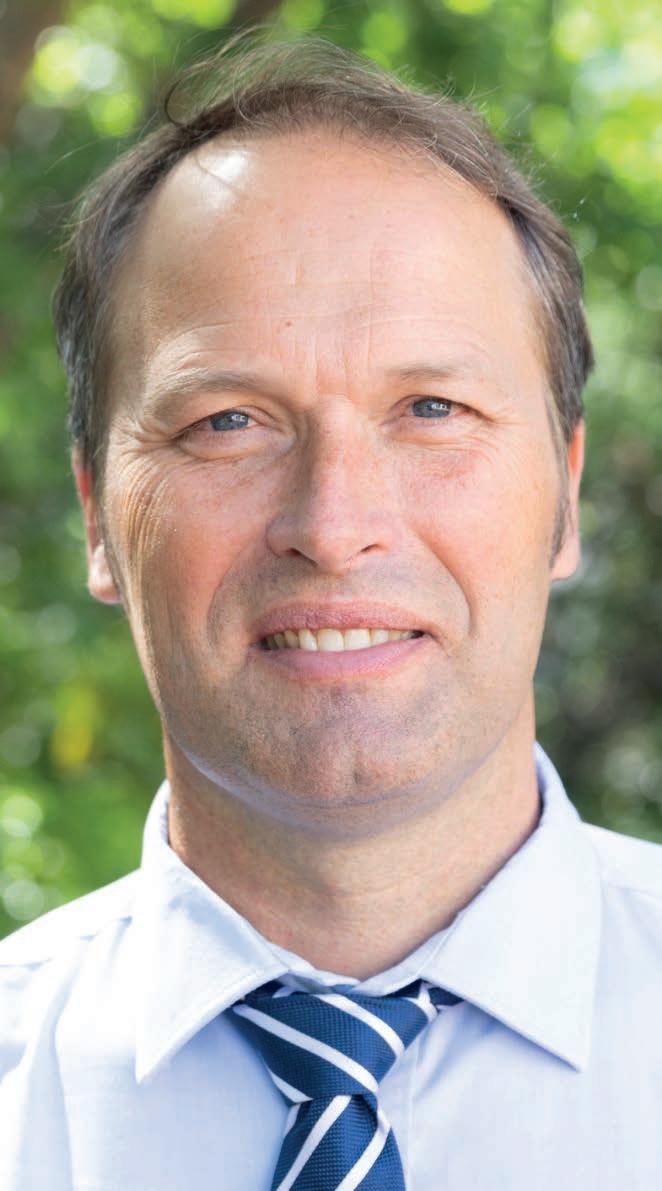
UNRAVEL: National Farmers’ Federation President David Jochinke says the Federal Government’s proposed ‘Super Tax’ is unfair and inequitable.
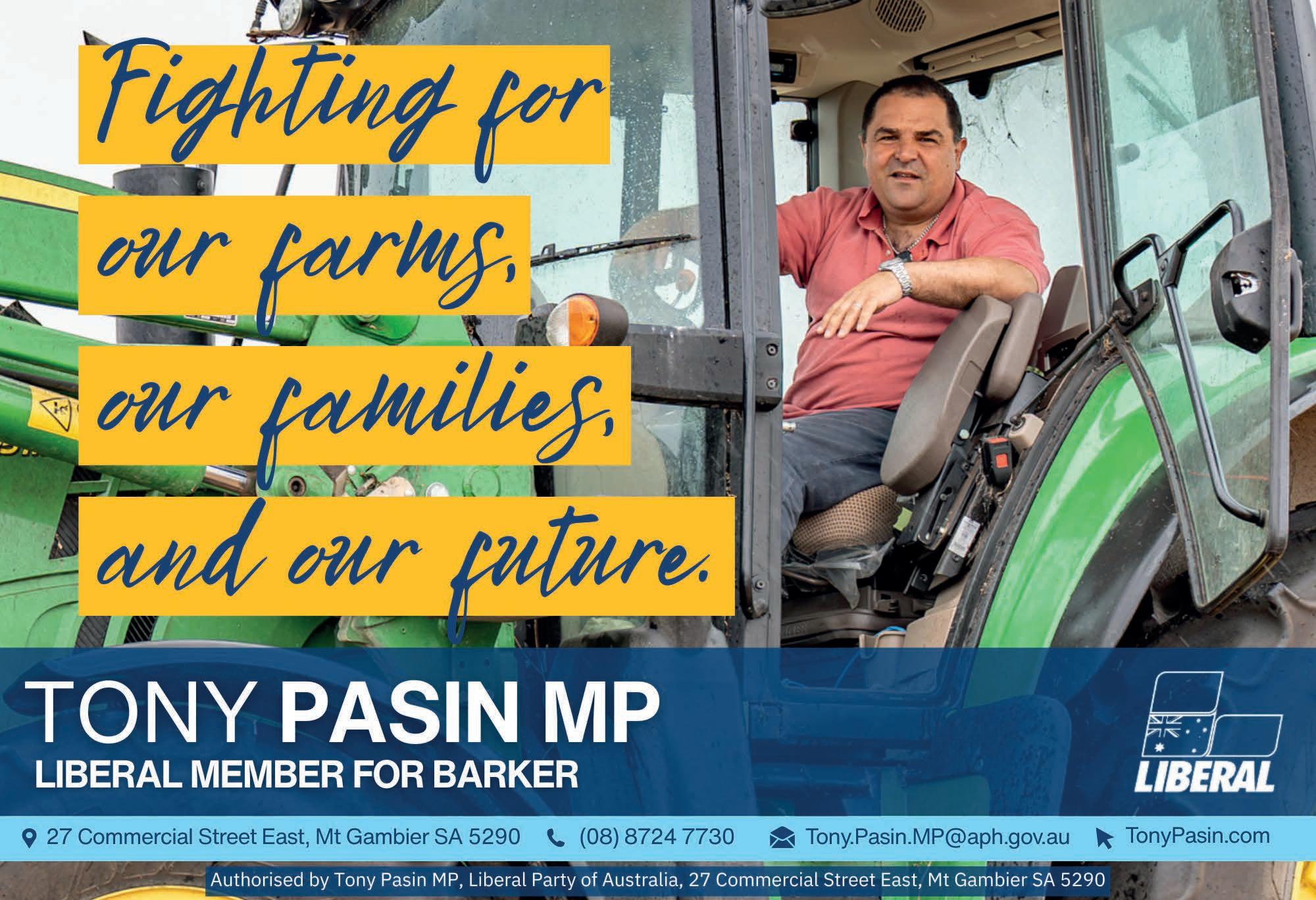
Grain Producers SA (GPSA) has established a new Policy Committee to provide a direct channel for growers across South Australia to help feed into the peak body’s advocacy and strategic direction. The new committee brings together producers from across the state’s major grain-producing regions, ensuring GPSA’s policy priorities continue to be driven by grassroots input and real-world farming experience.
GPSA Chair John Gladigau said the Policy Committee will play an important role in enhancing the organisation’s representation of grain producers and adds further voices to policy in addition to the Board and Young Grain Producers Committee.
“This committee is about strengthening the grower voice in everything GPSA does,” Mr Gladigau said.
“Each member brings a wealth of knowledge and experience from their own region, and together they will help guide GPSA’s policy work to ensure we are delivering the outcomes grain producers need on the ground.”
Mr Gladigau said GPSA received a strong response to the call for Expressions of Interest, reflecting the high level of engagement among grain producers during one of the toughest droughts in recent memory.
“Grain producers want to be part of the solutions, and this Committee gives them that platform to provide advice on key challenges and opportunities,” he said.
“I’m excited to welcome such a diverse and capable group of farmers who will help GPSA drive policy that supports the profitability and sustainability of South Australian grain producers.
“The Committee will be chaired by GPSA Board Director and Mid North grain producer Steve Ball and feedback from the Committee will be considered in any decisions made by the Board on policy.”
Marty is a third-generation farmer near Yorketown on the Yorke Peninsula and has been on the land for more than 40 years. Marty is passionate about cropping and advancements in the industry. He is also involved in the local community being a member of the Bunge Silo Committee at Port Giles for more than 15 years and is a member of the Weavers Ag Bureau.
Emily Morgan farms at Jabuk and Peake in the Mallee with her husband Daniel. In 2019 she switched an office chair for the tractor seat and joined her husband to farm their properties in the Mallee. Prior to joining the farm business, Emily has spent two decades working for, and with, Federal, State and Local Governments to encourage economic growth and improve social wellbeing in country areas.
Steve Glover farms at Karkoo on the Eyre Peninsula with his wife and four kids. Along with his brother Peter, the Glovers run Westbrooke Ag and Brooker Farm Supplies. As a fifth-generation farmer, Steve understands the importance of investing in a sustainable and productive business.
Andrew Polkinghorne farms at Lock on the Central Eyre Peninsula, and was most recently named the inaugural SA Grain Producer of the Year at the South Australian Grain Industry Awards. He is also a South Australian Grain Industry trustee, a Director at T-Ports, a past Director of Agricultural Innovation Research Eyre Peninsula (AIREP), and an elected member of the District Council of Elliston. The former Rural Counsellor and farm consultant and Churchill Fellowship recipient operates a 7,000-hectare family cropping business.
Mark Modra is a third-generation farmer on the Lower Eyre Peninsula in South Australia farming with his wife Tamara and four children. He is pas-

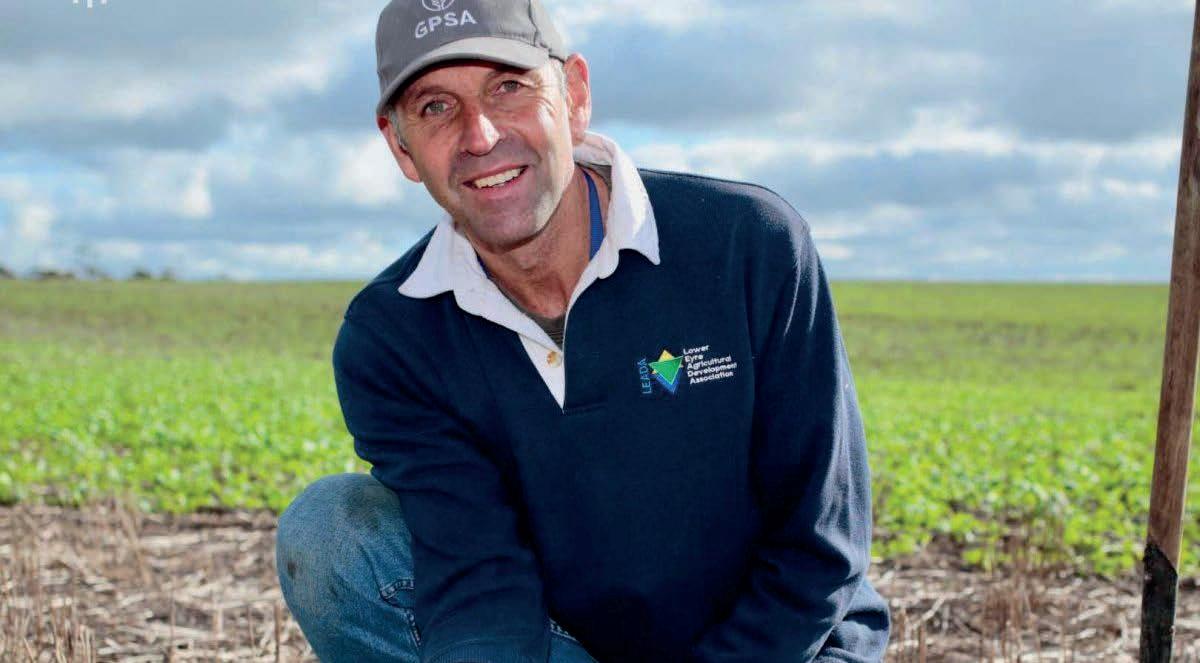

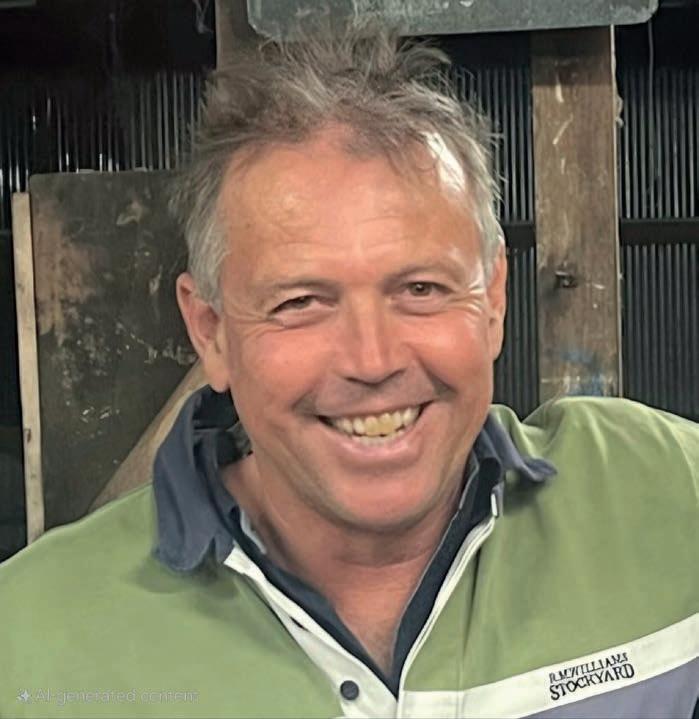
3. Josh Krieg. 4. Steve Glover. 5. Leanne Pridham. 6. Marty Collins. 7. Emily Morgan. 1 2 3 4 5 6 7
sionate about agriculture and making his land sustainable, as well as adoption of technology. Mark was also a long standing member of GPSA’s Research, Development and Extension Committee.
Leanne Pridham, a grain producer from the Yorke Peninsula, is not only a farmer but also a mum and passionate rural community member. Leanne’s love for
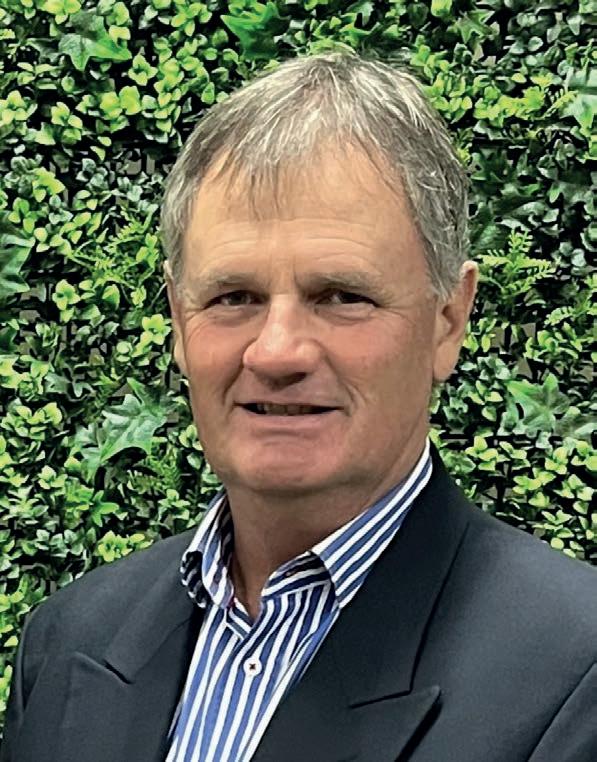

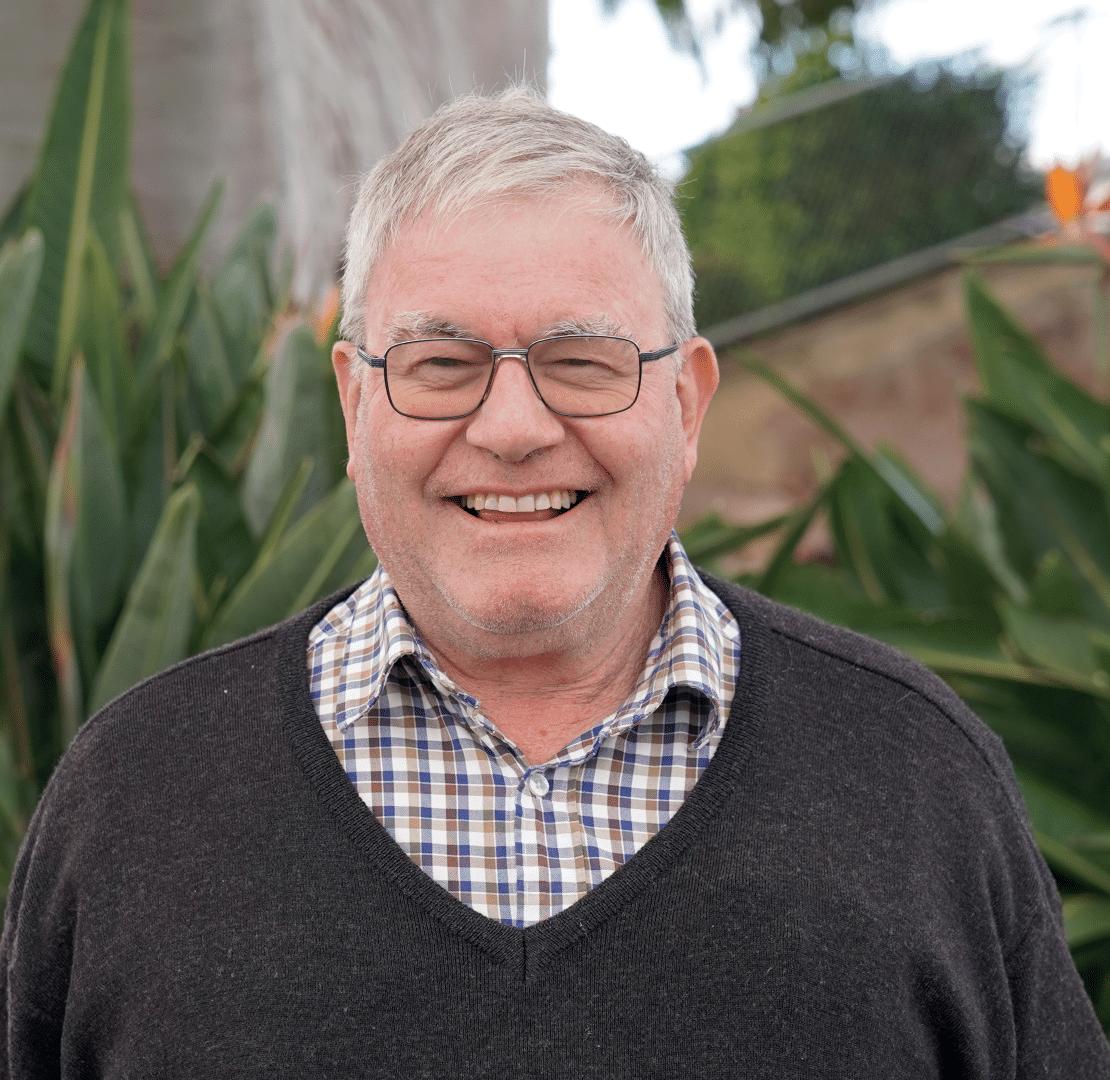

EXPERIENCE: 1. Mark Modra. 2. Andrew Polkinghorne.
Agriculture has spanned a 25 plus year career, including experience at grassroots level of both livestock and grains industry, livestock compliance for state government and now her current roles of Ag facilitator and director/owner of her and her husband’s grain operation on the Yorke Peninsula. She is involved in many community organisations supporting this passion including being a director of Women Together Learning (WoTL), an organisation empowering woman in Agriculture.
Josh Krieg is a fourth-generation farmer at Kangaroo Flat, near Roseworthy with his wife Caitlin and five children. While Josh farms nearly 3000 hectares for his business Pine Plains, he also undertakes share-farming and runs a contracting business offering cutting and bailing hay and spraying.
As the Australian Pesticides and Veterinary Medicines Authority (APVMA) considers more than 160 submissions to its preliminary decision to severely restrict the use of paraquat and diquat in farming systems, national advocacy groups are scrambling to provide whatever information they can to push back, and Grain Producers SA (GPSA) is arguing that there’s a glaring gap in the system.
The accelerated finalisation of the review into paraquat and diquat by the APVMA resulted in proposed severe regulatory restrictions, including limits for knockdown, no crop topping, no pre-harvest desiccation and no optical spraying.
Initially the APVMA was set to hand down its final regulatory decision by mid-2025 after an extension from the original February 2025 timeline. After receiving 168 submissions, that timeline was pushed out to the fourth quarter of 2025.
The APVMA opened consultation on proposed restrictions to paraquat and diquat in July 2024. These herbicides are central in no-till farming systems — essential for modern grain production in challenging climates such as South Australia’s.
GPSA’s resulting submission offered one of the most comprehensive industry responses backed by more than 600 grain producer responses to a survey, emphasizing both the importance of these chemicals and the need for measured regulation.
In its submission, GPSA reiterated that paraquat and diquat are critical for weed resistance management and maintaining soil conservation through no-till systems.
A GPSA grower survey showed a 96 per cent concern level for paraquat restrictions and 88 per cent for diquat, signalling alarm at sudden changes in chemical availability. GPSA also proposed:
• Conducting stratified, risk-based assessments tailored to cropping zones.
• Extending consultation to allow growers time to adapt and understand consequences.
• Complementing APVMA’s review with a full governmental impact assessment covering economic, environmental, and agricultural productivity dimensions.
• Accelerated viable and affordable alternatives.
In a further submission on the APVMA’s Strategic Plan, GPSA Chief Ex-
ecutive Officer Brad Perry called for “decisions made under the APVMA statutory remit, be complemented by a coordinated Federal Government response to address the chemical access gaps these decisions may create”.
“We fully respect and support the APVMA’s legislated role as an independent, science-based regulator. However, it is untenable for decisions that significantly affect growers’ access to essential crop protection tools—such as paraquat and diquat—to proceed without a corresponding government strategy to ensure the availability of viable, affordable alternatives,” Mr Pery said in the submission.
“To be clear, GPSA is not suggesting this responsibility lies with the APVMA and we believe the APVMA must stay truly independent. Rather, we highlight the critical need for a whole-of-government framework to bridge the gap between regulatory decisions and their practical implications for on-farm operations.
“We therefore urge the APVMA to explicitly acknowledge in its Strategic Plan that decisions made under its stat-

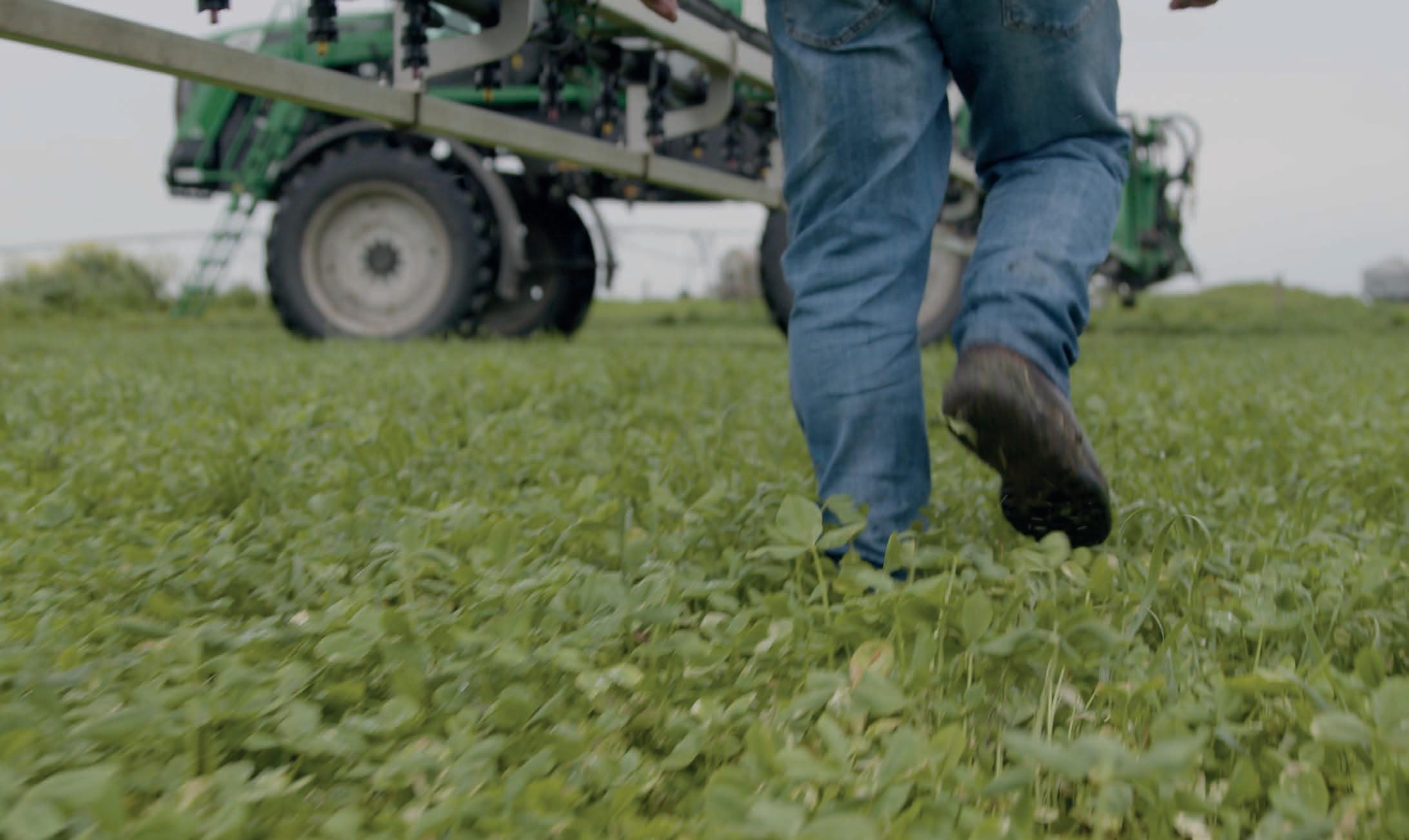
RESTRICTIONS: The APVMA has pushed back a final decision on the future of paraquat and diquat.
utory remit should be complemented by a coordinated Federal Government response to address the chemical access gaps these decisions may create.”
GPSA believes this coordinated response should include:
• Early and transparent communication about likely restrictions;
• Triggered collaboration with the Department of Agriculture, Fisheries and Forestry (DAFF) and Research and Development Corporations (RDCs), such as the Grains Research and Development Corporation (GRDC), to accelerate R&D investment for alternatives;
• Development of a risk mitigation framework for transition periods to ensure growers are not left with unmanageable operational risks.
GPSA’s submission also highlights concerns about any change in approach to chemical assessments.
“GPSA supports the APVMA’s commitment to transparency, fairness, and science-based risk assessment. We acknowledge the importance of improving the timeliness of chemical
assessments and emphasise the need for Australia to maintain a risk-based regulatory framework—rather than adopting a hazard-based model, as seen in jurisdictions such as Europe,” Mr Perry wrote.
Grain Producers Australia (GPA) has appointed consultant Peter Arkle, from Applebox Insights, to work with GRDC and other key partners to explore further evidence to provide to the APVMA.
Mr Arkle said new evidence on paraquat and diquat application has been provided to the APVMA.
“APVMA received over 100 submissions on the paraquat and diquat reviews, and Grain Producers Australia, GRDC, GPSA and many other industry groups, and growers, presented new evidence for the Authority to consider in concluding these critical reviews,” he said.
“Grain industry stakeholders, working with some of the best environmental scientists in Australia, presented
strong, evidence-based reasons as to why many aspects of the APVMA’s paraquat and diquat assessments needed to be reworked.
“Considering the scientific case presented in industry’s submissions, a strong case was advanced as to why key grains uses and rates should be supported.
“The APVMA deserves the time and space to properly consider this evidence, assess potential risks based on Australian-specific information, and to make quality regulatory decisions.”
Mr Arkle said any restriction on paraquat and diquat without a viable alternative will have severe impacts.
“Minimum-till production is how Australian grain producers consistently grow quality and profitable crops in some of the most challenging environments in the world,” he said.
“The ability to rotate between glyphosate and paraquat in fallow situations to manage herbicide resistance has enabled these sustainable cropping systems for decades.
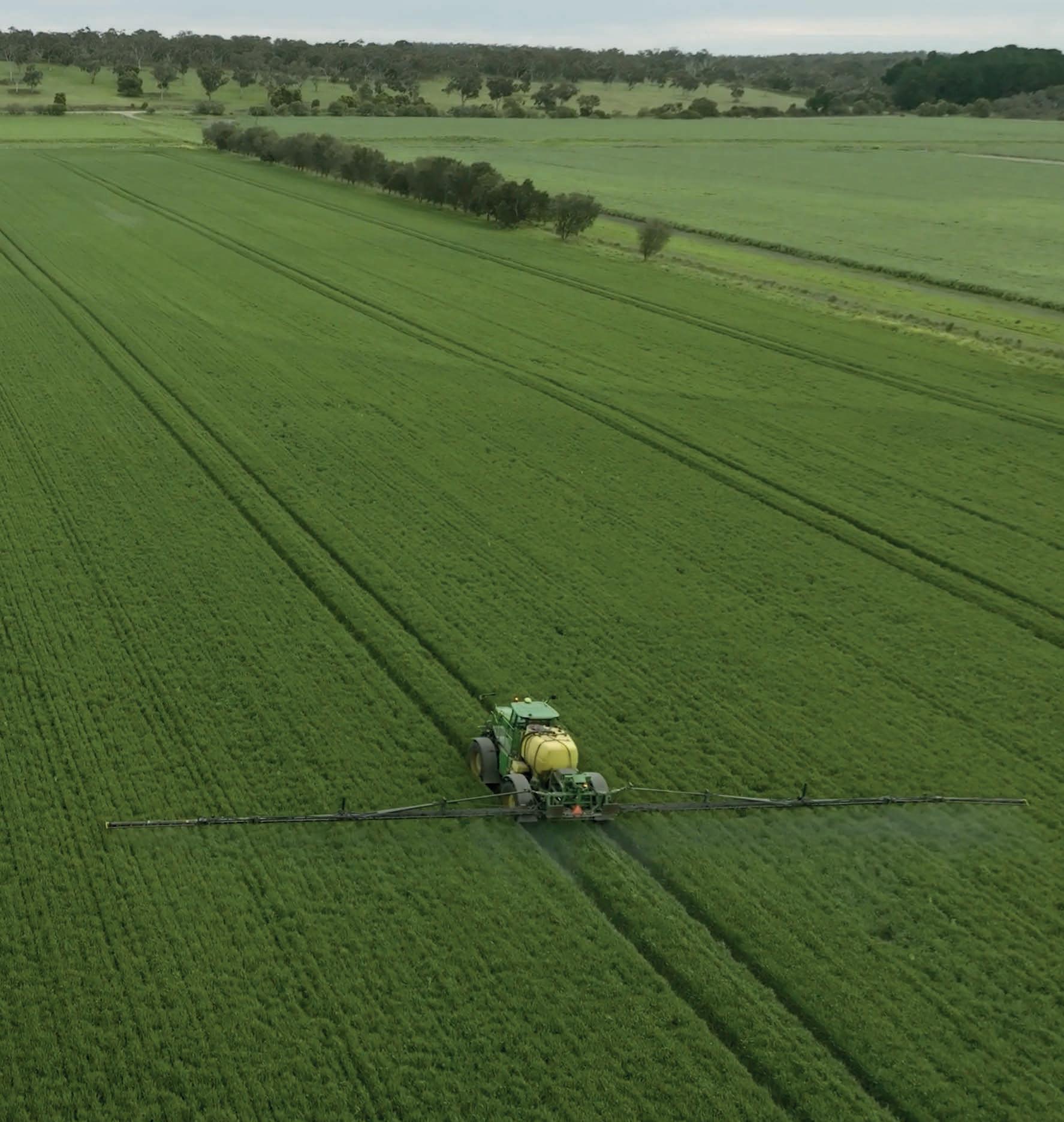
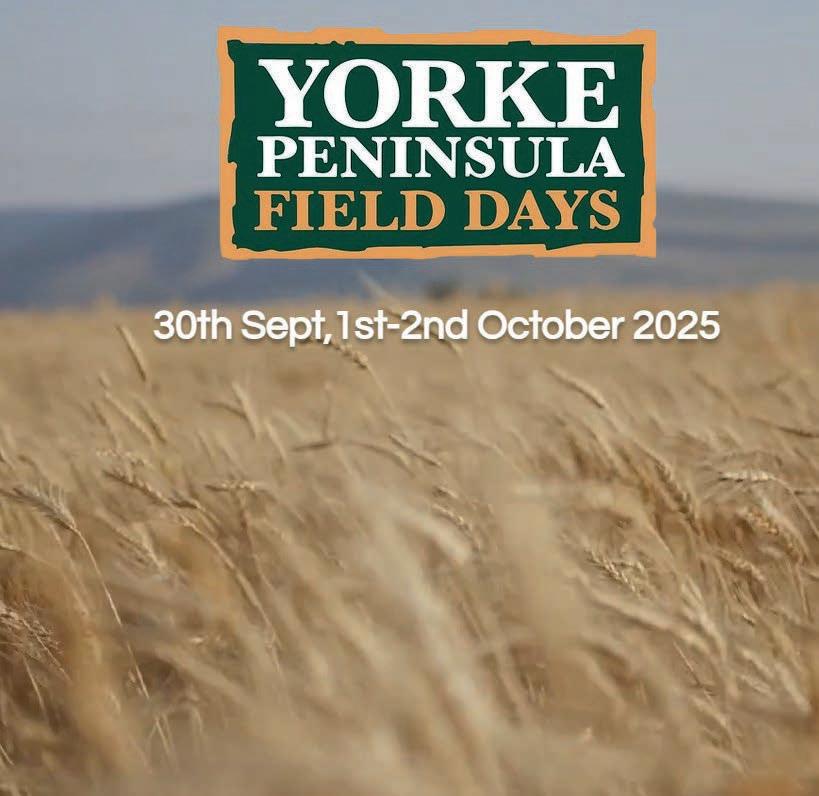
“There are tank-mix options that still recommend a mix with glyphosate or paraquat, and some interesting chemistry potentially four plus years away, however there’s nothing that does what glyphosate and paraquat can do when used in a sustainable rotation.”
Some work is also being done on future agriculture chemicals in the APVMA review pipeline.
“The APVMA has six ‘Chemical Reviews’ underway at present, and a further nine scheduled to start over the next few years,” Mr Arkle said.
“The paraquat and diquat reviews are forecast to be completed by the end of 2025, and we are anticipating draft review decisions for the neonicotinoid seed treatments (thiamethoxam, clothianidin and imidacloprid) to start to be released from December this year as well.
“With paraquat remaining a cornerstone of minimum till systems, and neonicotinoid seed treatments critical to crop establishment for most broadacre crops, these are the two big reviews that may have the largest ramifications for broadacre cropping in Australia.”
Initial results from a South Australian Grain Industry (SAGIT) funded project investigating crop topping at reduced rates of paraquat has demonstrated its ineffectiveness.
Current practices of crop topping in lentils and faba beans in South Australia typically involve the application of paraquat at rates of 800 millilitres per hectare or higher, applied just prior to crop maturity, followed by harvest between five to 10 days later.
However, the APVMA’s proposed changes of a reduction in the allowable rate of paraquat to 400 millilitres per hectare and increase in the minimum withholding period to 14 days, means current practices will no longer be allowable.
Prior to harvest 2024, four field trials were conducted through the University of Adelaide and AgXtra, one in lentils and one in faba beans at two different high and low rainfall sites.
The trials assessed the efficacy of the reduced rate of paraquat in combination with, or replaced with, other products currently registered for use in crop topping in lentils and faba beans. The trials assessed time to brownout, pod drop, efficacy of ryegrass seed set control, and crop yield.
Preliminary results from the trials demonstrated that the proposed half rate of paraquat did not achieve adequate levels of brownout and that preliminary results based on visual assessment suggest that sufficient ryegrass control was also not achieved.

Bringing together two highly complementary businesses to create a premier agribusiness solutions company.
By combining our strengths, we’re able to offer:
• expanded market opportunities
• a more diversified and resilient agriculture network
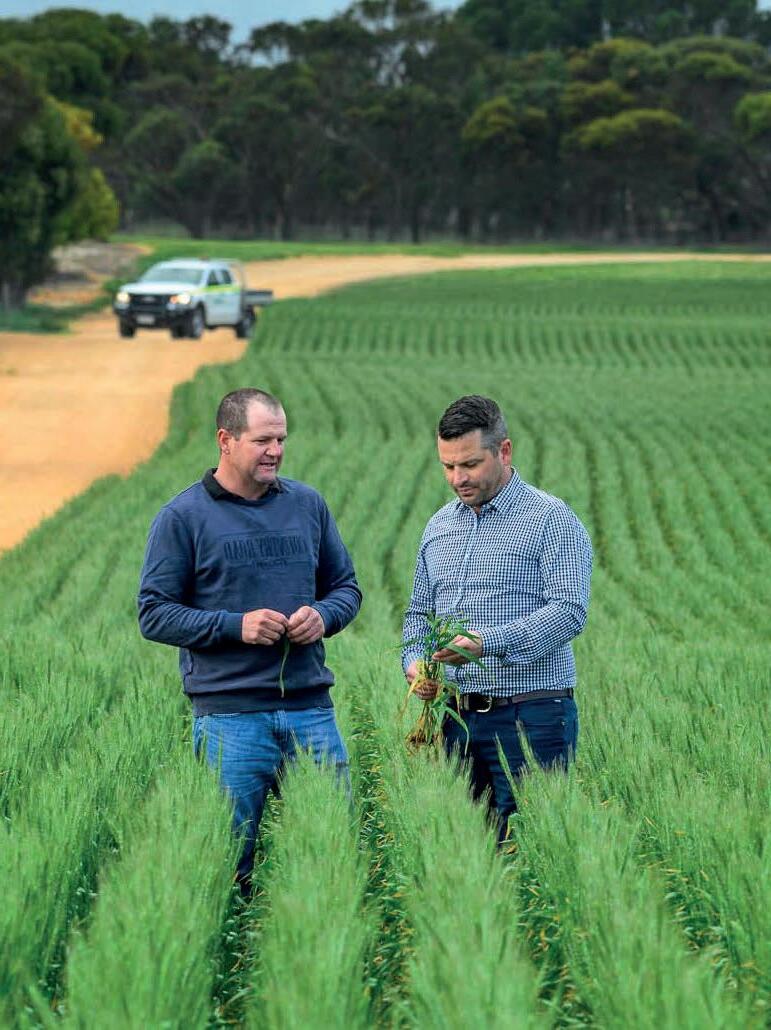

• enhanced services to support growers in maximising grain value
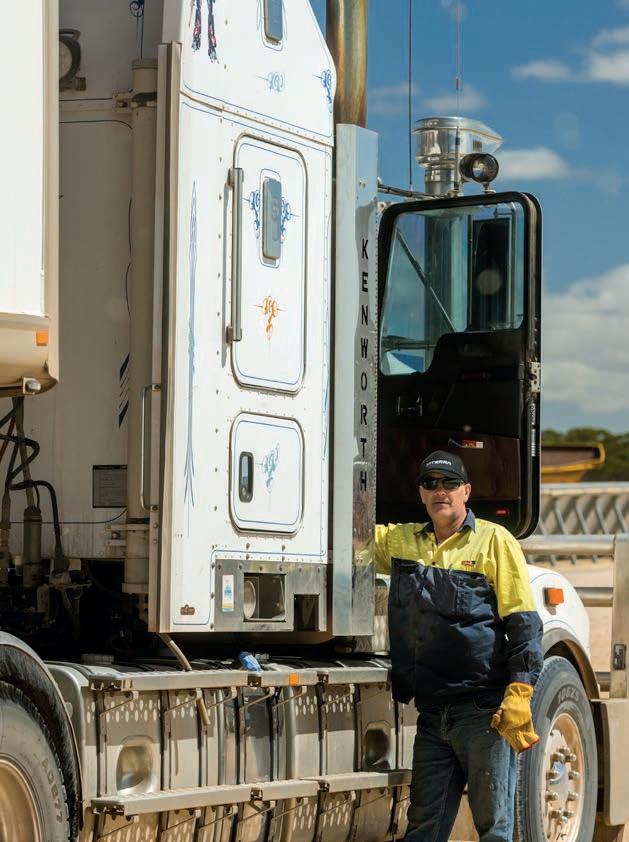

Our experienced team is ready to: receive your grain this harvest
• annual capex and maintenance investment underway
• welcoming our 1500 harvest workers
• 5.4 million tonnes shipping capacity forward booked
For information about delivering to our South Australian and western Victorian sites, including site information and cash pricing, visit viterra.com.au
buy direct from you
• flexible payment options
• five day end of week payments
• secure, financial security backed by a global business
For information about selling to Bunge, visit bunge.com/Australia or call 1300 453 626
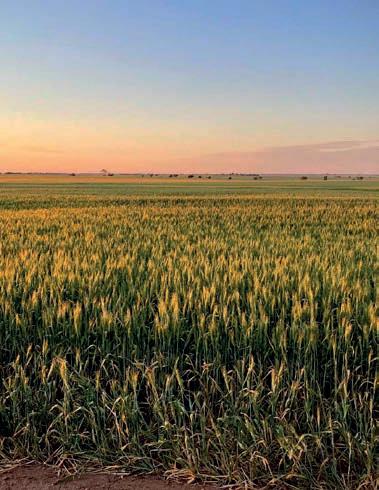
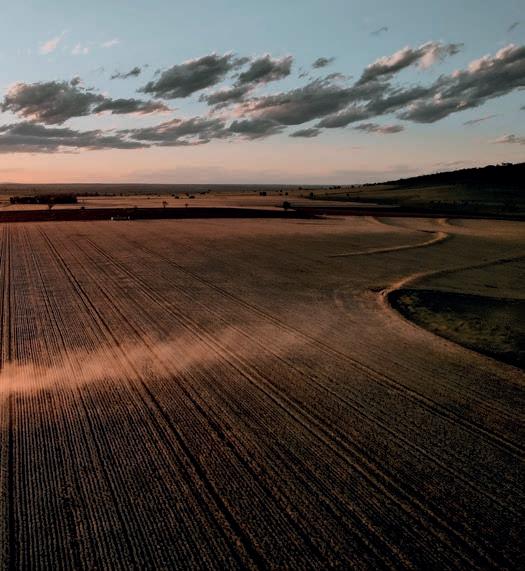
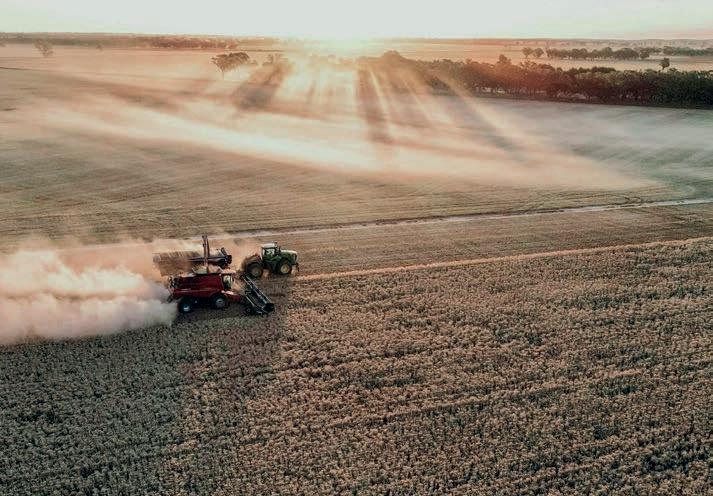

Comparing two commonly used carbon calculators for Australian grain growers, this report provides independent evaluations.
Understand the Australian Carbon Credit Unit (ACCU) Scheme, including how ACCUs work and what growers need to consider before participating.
Find out more around carbon farming and what this concept actually means.


Eyre Peninsula trial shows canola risk overestimated
Australian grain producers could benefit from a national research project that is revealing how canola stubble burns differently to what fire behaviour models currently predict.
Recent experimental burns conducted near Ungarra on South Australia’s Eyre Peninsula suggest that under mild con-
ditions, fires in canola stubble are less aggressive than previously thought –sometimes even extinguishing themselves.
Current fire spread models, however, have been shown to overestimate the risks.
The Canola and Alternative Crop Experimental Burn Project brings to-
gether the South Australian Country Fire Service (SACFS), the Victorian Country Fire Authority (CFA) and the CSIRO in a major collaborative effort.
The goal is to fill critical gaps in knowledge about how non-cereal crop residues – particularly canola and legumes – behave when exposed to fire.

LEARNING: A research trial testing burning of canola on the Eyre Peninsula has yielded surprise results.
SACFS Australian Fire Danger Rating System (AFDRS) Manager Simeon Telfer said the trials are part of a national effort to refine fire danger ratings and improve the accuracy of warnings issued to communities.
“Farmers and firefighters alike have told us that canola burns differently,” he said.
“Sometimes it will just stop spreading, other times it travels very quickly. These burns are about testing and refining the models so they reflect reality.”
While data collection is still ongoing, the SACFS believe early signs indicate that thresholds within the Fire Danger
Rating System may be refined for canola in the future.
CSIRO researcher Richard Hurley described the project as “groundbreaking” and unlike anything attempted before at this scale.
“Croplands are often misclassified as grasslands, yet they behave very differently in a fire,” Mr Hurley said.
“This project will give us the data we need to better quantify fire spread in crop stubbles. From a scientific perspective, this type of work has never been done before in Australia.”
The first stage of trials has focused on burns under mild weather conditions. The next phase – planned for sum-
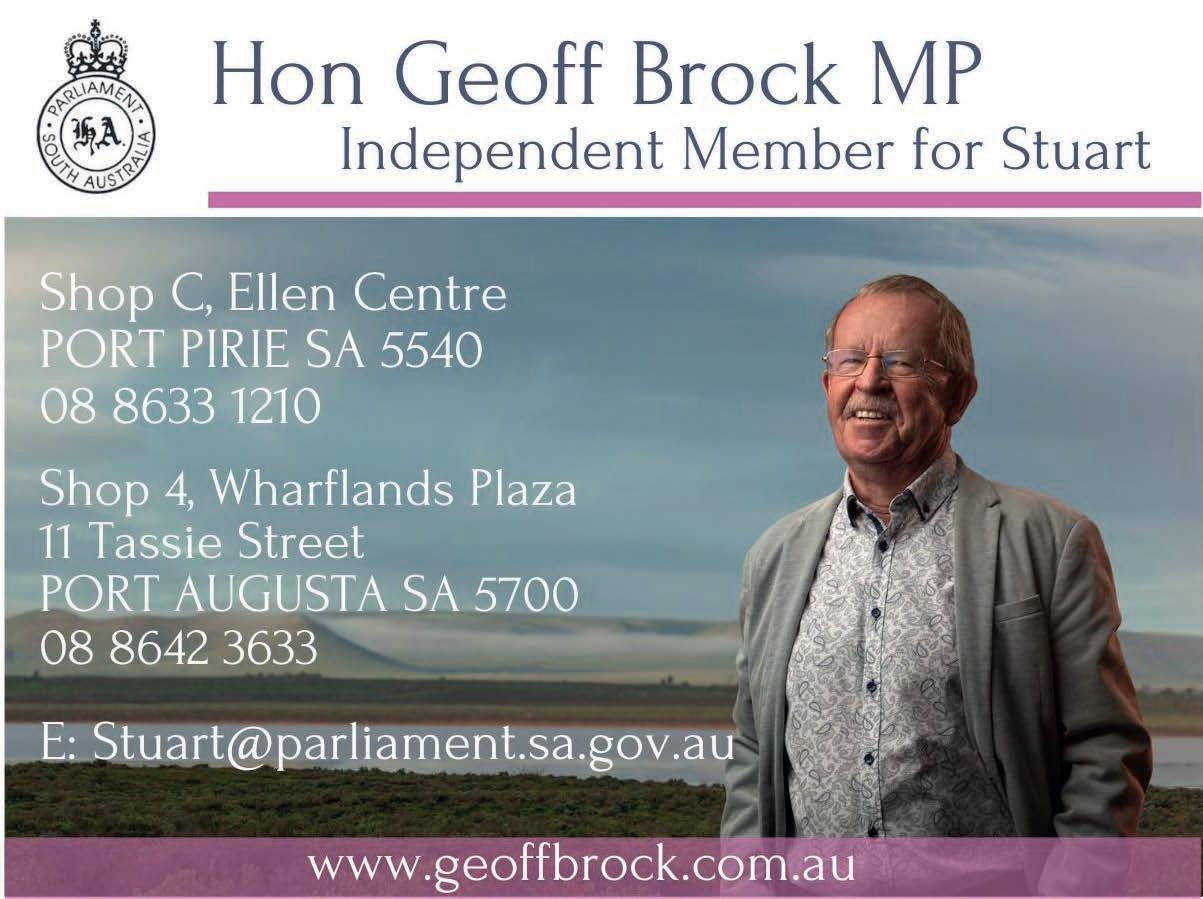
mer 2025/26, once harvest is complete – will test canola stubble fires under hotter, drier and windier conditions. Extra safety measures will be in place, including mineral earth breaks, wide buffers and increased SACFS suppression resources.
For CFA Senior Research Officer, Rachel Bessell, the project isn’t just about data – it’s also about people.
“It’s not very often that volunteers get to stop and watch fire behaviour up close in a controlled setting. These burns provide an invaluable learning opportunity for local brigades as well as researchers,” Ms Bessell said.
The SACFS emphasised that the project is particularly timely given the challenges facing South Australian grain producers.
“We know farmers are doing it tough through ongoing drought, so it’s important that our fire behaviour models are as accurate as possible,” Mr Telfer said.
“Getting this right will help protect their crops, livelihoods and communities.”
With more trials ahead, the research promises to reshape how fire risk is understood and managed in cropping regions across Australia.

Farmers know the Mesonet. They’ve seen the towers, tracked the data, and, often without realising, relied on their quiet presence. However, the Mesonet is now stepping forward with purpose, relaunching not as a background service but as a bold industry movement - a movement built on shared standards, collective responsibility, and visible leadership in agricultural stewardship.
One Network. One Standard. One Voice. It’s not a slogan. It’s a strategy.
For years, this critical infrastructure has delivered region-specific, high-integrity weather data built to BoM-equivalent standards. With over 110 stations across South Australia, it is the only system specifically engineered to detect hazardous temperature inversions, those invisible conditions that can turn a routine spray job into a reputational crisis. It has protected countless farms, communities, and markets.
But technology doesn’t shape culture. People do.
That’s why the Mesonet now invites farmers to be more than passive beneficiaries. The new membership model is a call to action, to be seen, to be counted, and to stand behind a common industry standard for responsible spray practices.
Becoming a Mesonet Enabled Farm is a public statement: “We’re part of the solution.” It signals to markets, regulators, and the community that growers take stewardship seriously and are willing to back it with science, data and action.
Because in today’s climate, politically, socially, and environmentally, doing nothing is no longer an option. The industry can’t afford fragmentation or silence. It needs unity. It needs visibility. And it needs tools that prove intent, not just effort.
That’s the role of the Mesonet. It’s not new. But it is stepping into a bigger role, organising growers, agronomists, and supply chain partners around one trusted platform. The shift to a membership model reflects this maturity. Because the challenges farmers face today aren’t just agronomic, they’re reputational. One poor decision affects us all.
This is about flipping the mindset from “What do I get?” to “What do we stand for?” Australian farmers are professionals, and the Mesonet proves it.
At just $1.50 a day, Mesonet membership isn’t a cost - it’s a commitment. A commitment to transparency. To data-informed decisions. And to protect the industry’s ability to farm into the future, with access to the tools and markets it needs to do that.
The Mesonet was built for farmers, not because of them.
The Mesonet offers credibility when it’s most needed, when regulators ask questions. When markets tighten their expectations. When neighbours feel nervous. It’s a signal that growers are part of something bigger, part of the future of Australian agriculture.
The stakes are real. And the moment is now.
The Mesonet is ready. It’s bold. It’s united. And it’s calling on South Australia’s growers to lead from the front.
One Network. One Standard. One Voice.
The message is clear. The invitation is open.
Will you stand with us?
For membership details and how to become a Mesonet Enabled Farm, visit cotl.com.au
The industry standard for a unified, data-driven approach to agricultural stewardship
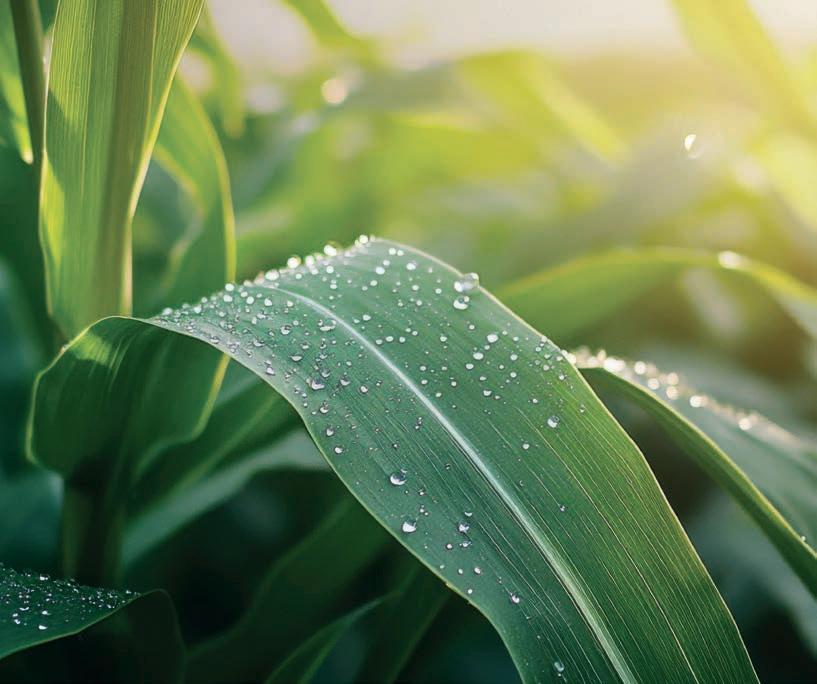


ASouth Australian startup has developed new technology designed to take some of the pressure off pulse grading this harvest.
Cropify is the country’s first AI-powered grain grading system, designed and manufactured in South Australia. After several years of development and recent trials in Victoria’s Wimmera region, it is now commercially available.
The system uses computer vision and Artificial Intelligence to assess lentils and other pulses, delivering a consistent, receival-standard result in under six minutes with no need for tweezers or trained sample staff.
Cropify was co-founded by Andrew Hannon, who has over 25 years of experience in the grain industry, and Anna Falkiner, who grew up in a farming family and spent her career as a business product developer.
“The traditional grading process is slow, and the results are often subjective,” Hannon says. “We saw a real opportunity to make the process quicker and more consistent, particularly during the peak pressure of harvest.”
Grading by hand is still standard practice across the industry. Every time lentils move through the supply chain - at receival sites, storage facilities or


ports - a 200-gram sample is taken and visually assessed. That can take up to 45 minutes, and results can vary depending on who’s doing the job.
Cropify automates the process. Two cameras capture images of the sample and send them to the cloud, where AI software assesses each grain. It identifies and categorises defects like insect damage, wrinkling, mould, and chipped or broken grains. It can also detect certain foreign seeds and weeds.
“We’ve trained the software on tens of thousands of defect examples over the past three years,” Falkiner says. “That’s helped us get to a level of consistency that’s hard to achieve manually.”
One of the early trial sites was Shannon Bros, near Horsham, where the team operates a storage and packing facility that handles a high volume of lentils.
“When you’re receiving grain at harvest, it needs to be quick and accurate,” said Rory Shannon, speaking to the ABC’s Landline program. “Cropify has the potential to speed up the bottleneck at the sample stand and take the subjectivity out of the process.”
Cropify’s Opal unit is compact, designed for use anywhere grading occurs. This includes on-farm checks for pre-delivery, at smaller receival sites, or within bulk handling operations.
The AI analysis is aligned with standard Australian grading specs and includes timestamped records to assist with documentation and any potential disputes.
To help with adoption, Cropify is being offered on a lease basis. This includes the hardware unit, access to base software, installation and training with no need for a large upfront investment.
“The lease model lets people try the system in their own operation without taking on the financial risk,” Falkiner says. “It’s about making the tech accessible for growers, packers and handlers who want to improve grading efficiency.”
The team is already working to expand Cropify beyond lentils, with chickpeas, faba beans and field peas next in line.
Cropify will be on display at the following field days:
• Yorke Peninsula Field DaysPaskeville, SA, 30 September - 2 October (Find Cropify in the AGTFood marquee)
For those unable to attend, on-site demonstrations can also be arranged directly through the company:
• Anna Falkiner – anna@ cropify.io | 0431 268 659
• Andrew Hannon –andrew@cropify.io | 0408 844 282
South Australian grain producers painted a vivid picture of a tough year marked by drought, frost and financial pressures — yet also one of strength against adversity and cautious optimism — in Grain Producers SA’s 2024 Annual Survey.
Between November 2024 and February 2025, 353 growers from across the state shared their experiences, insights and priorities.
Grain Producers SA (GPSA) Chief Executive Officer Brad Perry said the survey highlighted both the hardships of 2024 and the remarkable adaptability of grain businesses.
“There is no doubt that 2024 was a very challenging year on multiple fronts for the state’s grain sector,” Mr Perry said.
“Weather pressures in the form of drought and frosts had significant impacts on crops, farm financial health, and the wellbeing of grain growing communities. Yet amidst these challenges, the survey once more highlighted the ‘get-on-with-it’ attitude of our growers.”
• 95% of growers expected their 2024 harvest to be down on the
previous year, with 7% not harvesting a crop at all.
• Nearly half (48%) felt negative about the harvest — a sharp rise from just 15% in 2023.
• Drought dominated responses, with 80% of growers listing it as their top challenge, while 57% reported frost damage, some describing the events as among the worst on record.
• One grower reflected: “Considering the amount of rain, it was amazing we reaped anything. Forty years ago, we would not have had the header out of the shed.”
The survey showed the drought’s financial toll clearly:
• 39% of growers said they need financial support to navigate the drought.

• More than half have no plans to invest in new machinery or technology in the next 12 months.
• 85% reported significant rises in farm insurance costs, with some forced to cut cover to cope.
• As one respondent put it: “Might need a scary amount of finance to carry on… tough times ahead.”
Despite the challenges, growers displayed remarkable grit:
• 79% reported running profitable businesses, even if some needed improvement.
• Almost two-thirds (63%) said they remain positive about the future of grain production in South Australia.
• Many credited improved farming systems, new grain varieties and better agronomy for surprising yields, even in dry conditions.


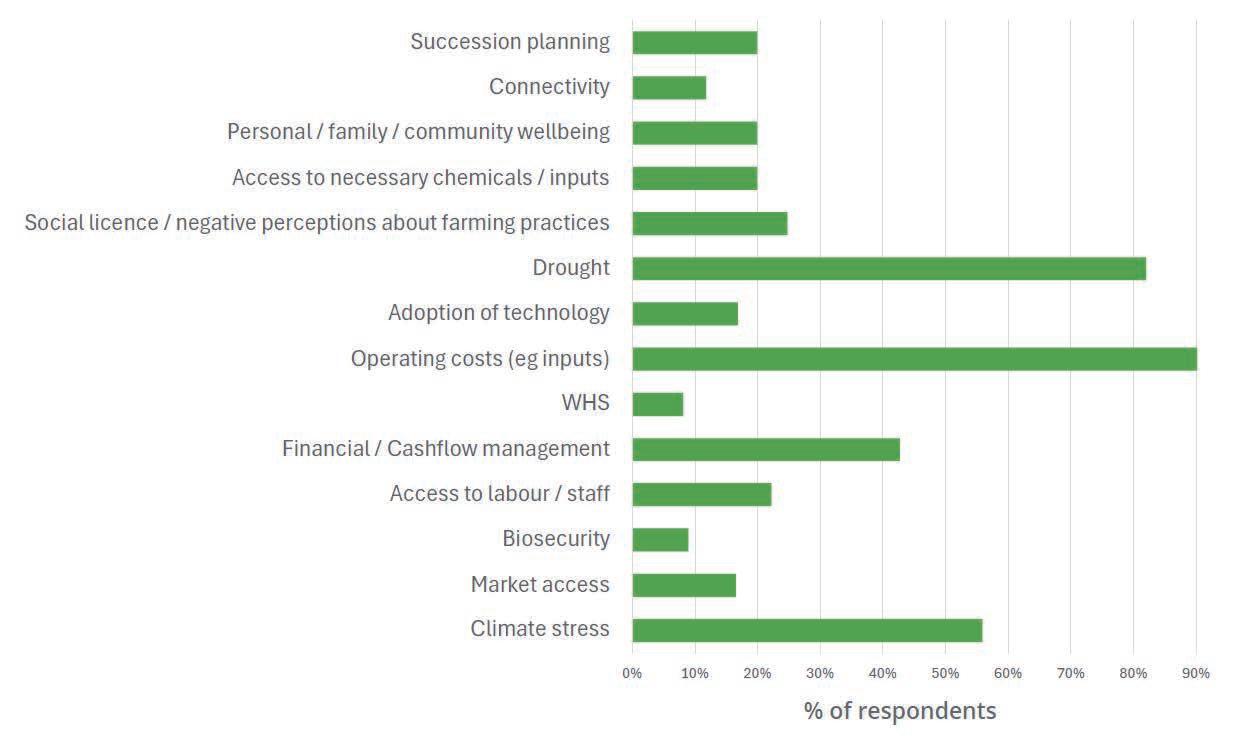
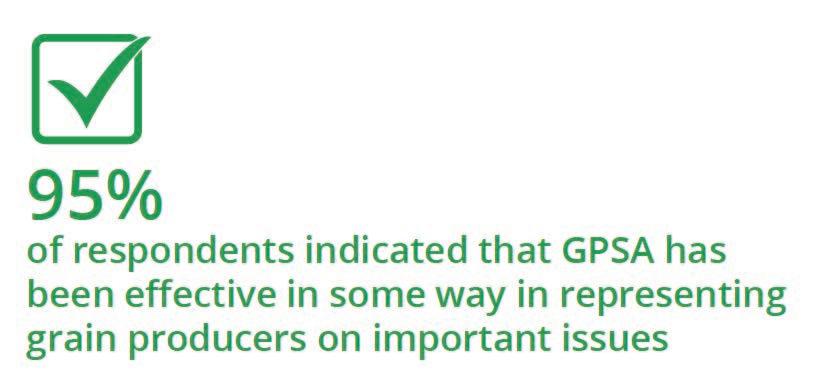

INSIGHTS: Snippets from the GPSA 2024 Annual Grain Producer Survey Insight Report highlighting the challenges and opportunities identified by South Australian grain producers.
The survey also captured growers’ views on topical matters:
• Spray drift: 84% said managing spray drift is important, with high usage of weather stations.
• Connectivity: Nearly half (48%) reported being impacted by the 3G network switch-off, leaving some farms without phone coverage.
• Pests: Snails remain the top pest (67% of farms), followed by mice, weevils and rabbits.
• Succession: 44% of farmers are in transition — either taking over or easing out of farming businesses
Looking ahead, growers called for targeted research and policy action:
• 70% want GRDC to prioritise new pest and weed control strategies.
• Other key priorities included developing sustainable pesticide alternatives, frost tolerance research, and better soil management.
• The top three policy areas growers want GPSA to focus on are operating costs (62%), roads (54%), and reducing red tape (54%).
Despite the difficult year, support for GPSA remains strong: 95% of respondents said GPSA is effectively representing them in some way, with newsletters, field days, and the Grain Producer Magazine the top ways growers engaged with the organisation.
As one grower put it: “It’s important to have a professional voice for farmers, and Grain Producers SA does that”.
Top 10 Takeaways from the 2024 SA Grain Producer Survey
1. 353 growers took part from every region of SA.
2. 95% said their 2024 harvest was down on 2023 — 7% harvested nothing.
3. 80% listed drought as their biggest challenge; 57% hit by frost.
4. 39% need financial support to navigate the drought.
5. 85% reported rising insurance costs — many reducing cover to cope.
6. 79% of growers still reported profitable farming businesses.
7. 63% remain positive about the future of SA’s grain industry.
8. 44% are in farm succession transition — either taking over or easing out.
9. 84% said spray drift is a major issue, with strong use of Mesonet and weather stations.
10. 95% said GPSA effectively represents them on key issues.
Purvis AgriFinance is a family-owned and operated finance broking service specialising in the Agri and Commercial sectors.
With over 25 years of experience in the finance industry and a strong understanding of agriculture and rural business, Deb Purvis knows how to navigate the unique challenges these sectors face.
Purvis AgriFinance offer a range of solutions tailored specifically to agricultural businesses, from farm loans for land purchases, expansion, or succession, to working capital facilities that keep operations running smoothly.
The family business is here to support your goals and position your business for long-term success. They also assist with asset finance for agricultural and commercial businesses. Whether it’s a new or used, Purvis AgriFinance
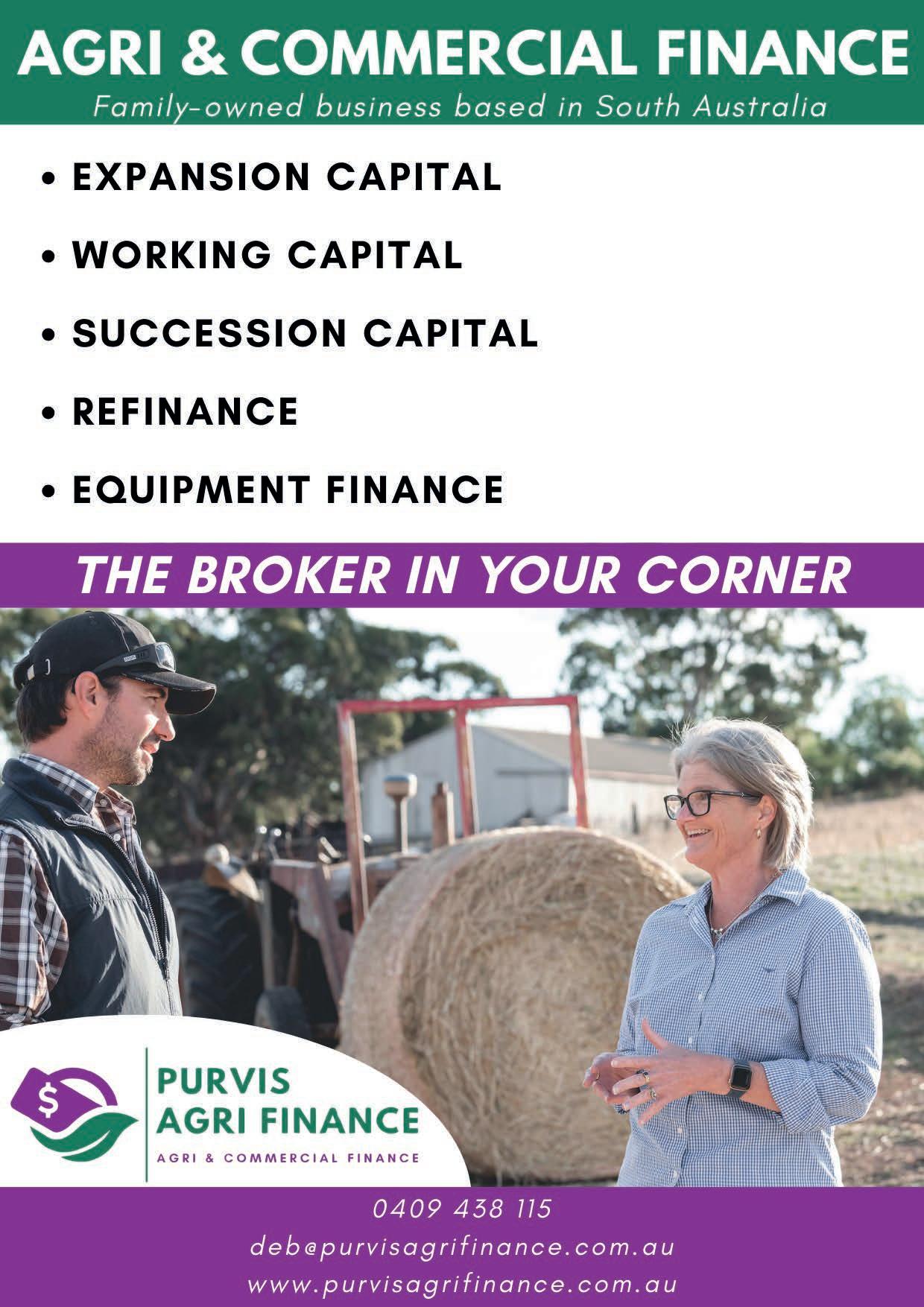
works with a range of lenders to find competitive options that suit your needs.
At Purvis AgriFinance, we pride ourselves on the strong, ongoing relationships built with clients.
Purvis AgriFinance continues to support your business with cashflow planning, bank reviews, and interest rate checks, making sure your finance keeps working as your business evolves.
“We have been working with Deb for the last 12 months on numerous finance projects. Deb has great knowledge of our industry & she runs a very fair & confidential process which has delivered great finance solutions for our business. We will continue to work with Deb in the future.”
- Ben Wundersitz
“Deb from Purvis AgriFinance has been an asset. She helped our business move forward and us to achieve our goals. The research & reporting work she did was thorough & professional.”
- Martin
“Deb is fantastic to work with! We highly recommend her service to anyone wanting to refinance.”
- Susan Davis

With the upcoming Great Grain Quiz Nights being held by GPSA across South Australia’s most drought affected cropping regions, this is your unofficial training. These fun community events are about more than just trivia. They’re a chance for growers, families and locals to come together, share a laugh, and some food and beverages. With plenty of bizarre facts, brain teasers and a healthy dose of grain-inspired questions, the nights promise friendly competition, good company and a strong reminder that even in tough times, our communities are stronger when we come together.
1. What animal can survive for up to two weeks without its head?
2. In what country is it illegal to own just one guinea pig (because they get lonely)?
3. True or False: Bananas are technically berries.
4. What colour is hippo milk?
5. Which two vegetables were once so valuable in France that people would use them as a table decoration at dinner parties?
6. How many hearts does an octopus have?
7. What is the only mammal capable of true flight?
8. Which grain was found sealed in Egyptian tombs and could still germinate thousands of years later?
9. True or False: The inventor of the Pringles can was buried in one.
10. What is the technical name for a group of flamingos?
What material was Napoleon’s first wedding ring made from?
11. What animal’s fingerprints are so similar to humans that they can confuse crime scene investigators?
12. What food never spoilsit can last thousands of years if sealed properly?
13. Which bird is known to sleep while flying long distances?
14. What vegetable was first advertised on television in the United Kingdom in 1955 once advertising was legalised?
15. How many noses does a slug have?
16. Which famous scientist invented the modern carbonated drink (soda water)?
17. What was bubble wrap originally invented for?
18. What fruit was once called a “love apple”?
19. Which country has more sheep than people, by a ratio of about 6 to 1?
Answers
1. Cockroach (A cockroach can live without its head for up to two weeks until it dies of dehydration).
2. Switzerland (Swiss law requires guinea pigs to be kept in pairs or groups)
3. True (Botanically, bananas qualify as berries)
4. Pink (Hippos secrete “hipposudoric acid” - a reddish fluid - that can mix with milk, giving it a pinkish tinge)
5. Cauliflower and Artichoke (In 17th–18th century France, cauliflower was a luxury and along with artichokes, was used as a table decoration)
6. Three (Two pump to the gills, one to the body)
7. Bat (Flying squirrels glide, but don’t truly fly)
8. Wheat (Ancient wheat and barley have been germinated from tomb samples thousands of years old)
9. True (Fredric Baur, inventor of the Pringles can, had part of his ashes buried in one in 2008)
10. A “flamboyance” (collective noun)
11. Gold (Napoleon’s first wedding ring to Josephine was engraved ‘To destiny’ and later auctioned in 2013 for nearly $1 million)
12. Koala (They’re so close they can confuse forensic investigations)
13. Honey (Sealed honey has been found edible after thousands of years)
14. Frigatebird (One half of their brain sleeps, while the other stays awake enough to keep them airborne and alert)
15. Potatoes (Advertised by the British Potato Council)
16. Four (sensory tentacles used for smell)
17. Joseph Priestley (1772)
18. Textured wallpaper (Was repurposed in 1957)
19. Tomato (pomme d’amour)
20. New Zealand (about 6:1 (though it used to be higher, closer to 20:1 in the 1980s)
